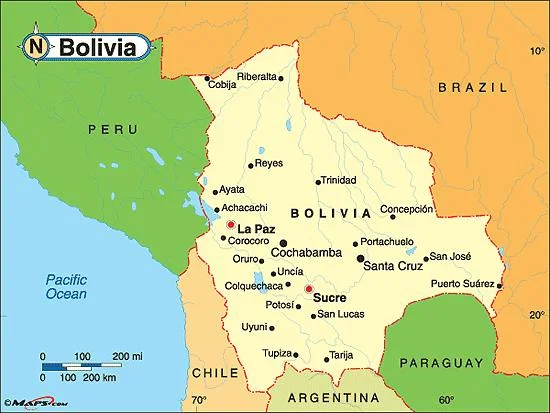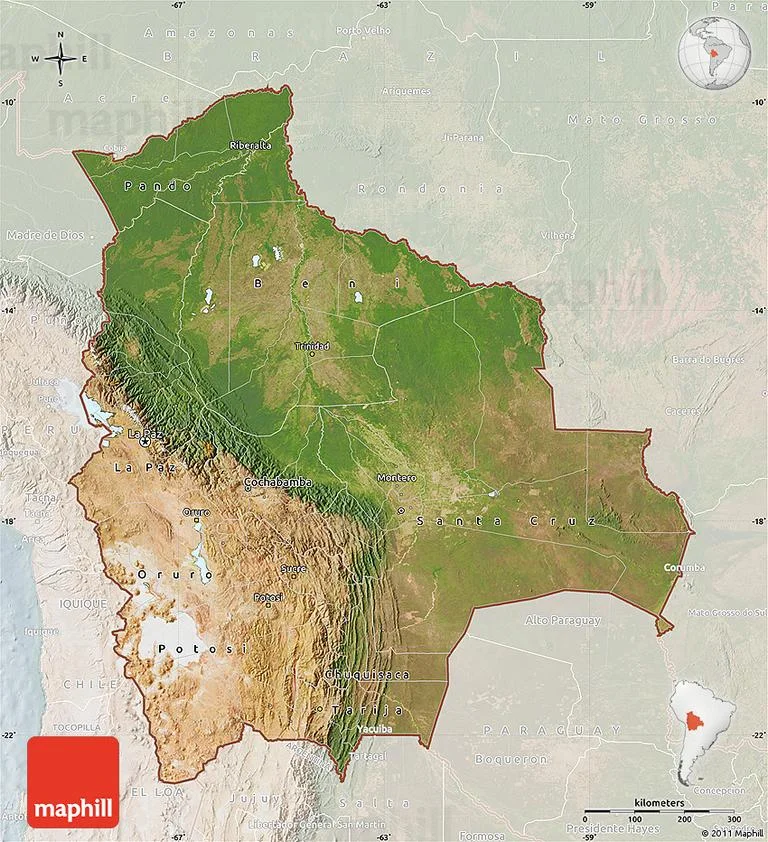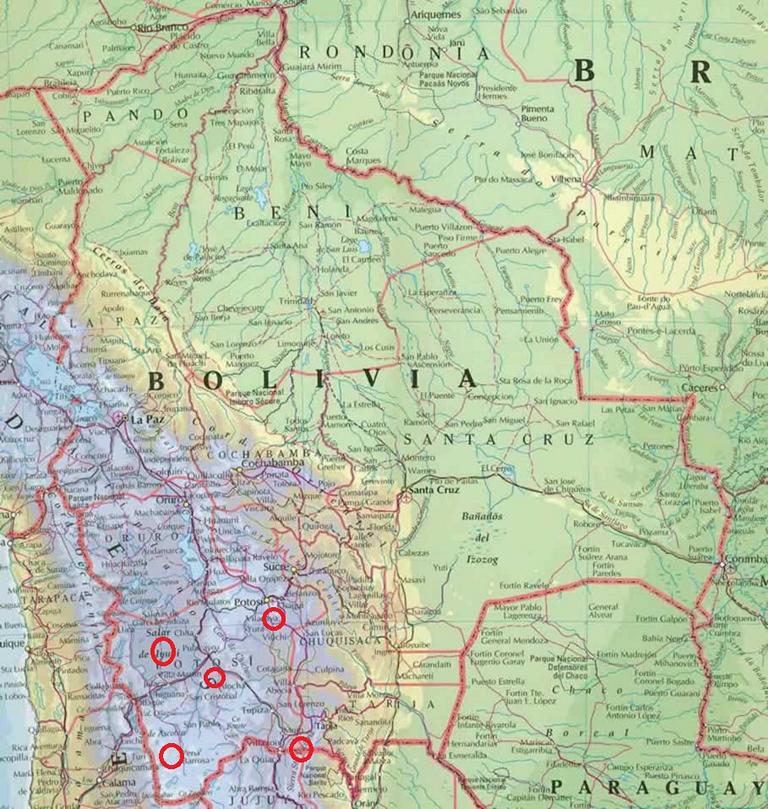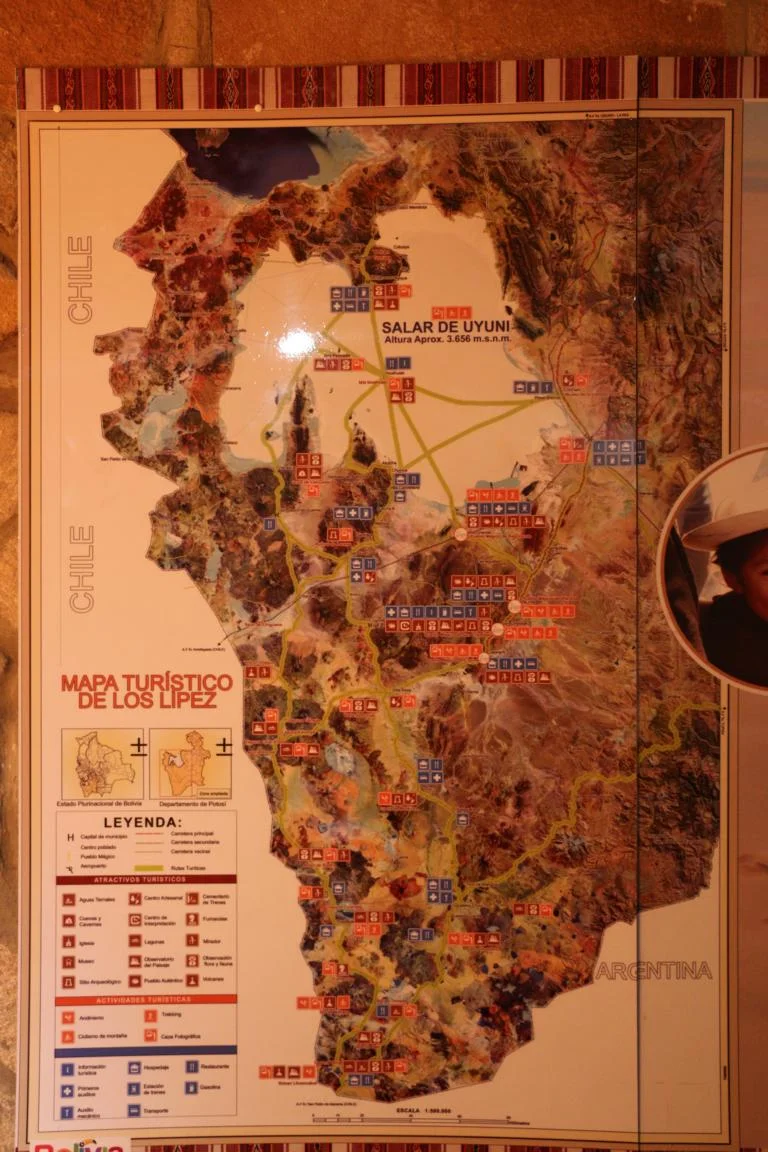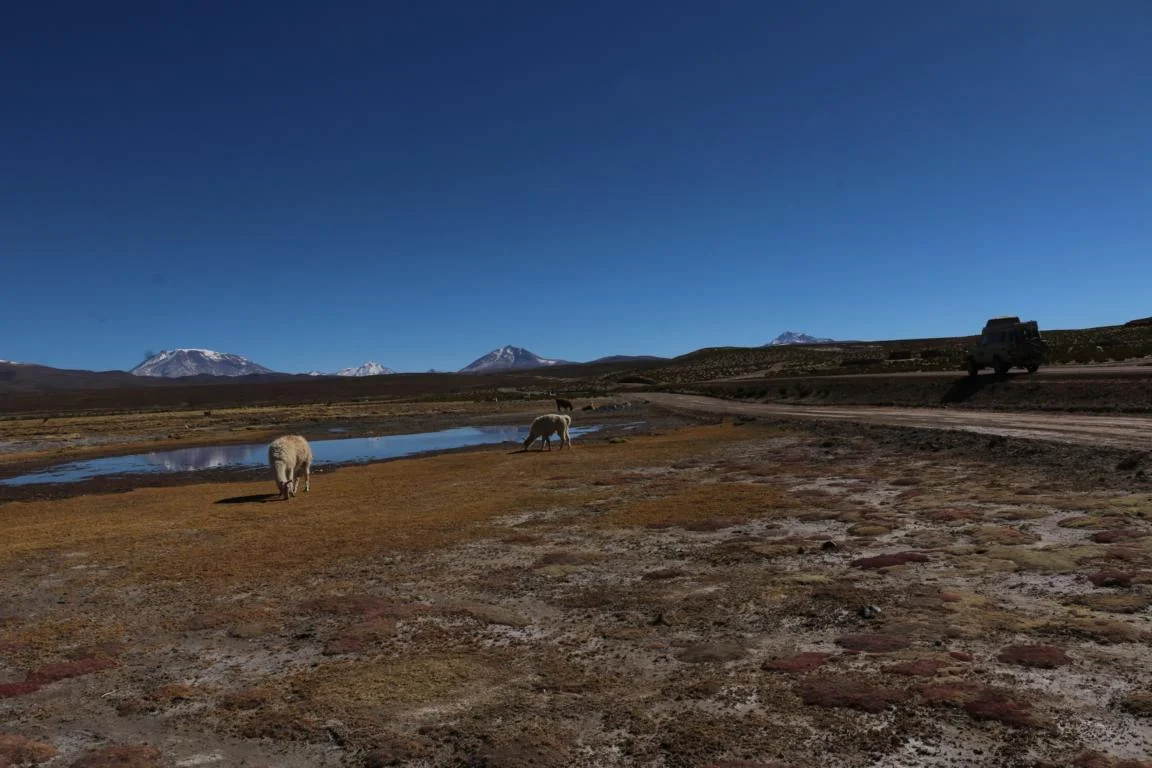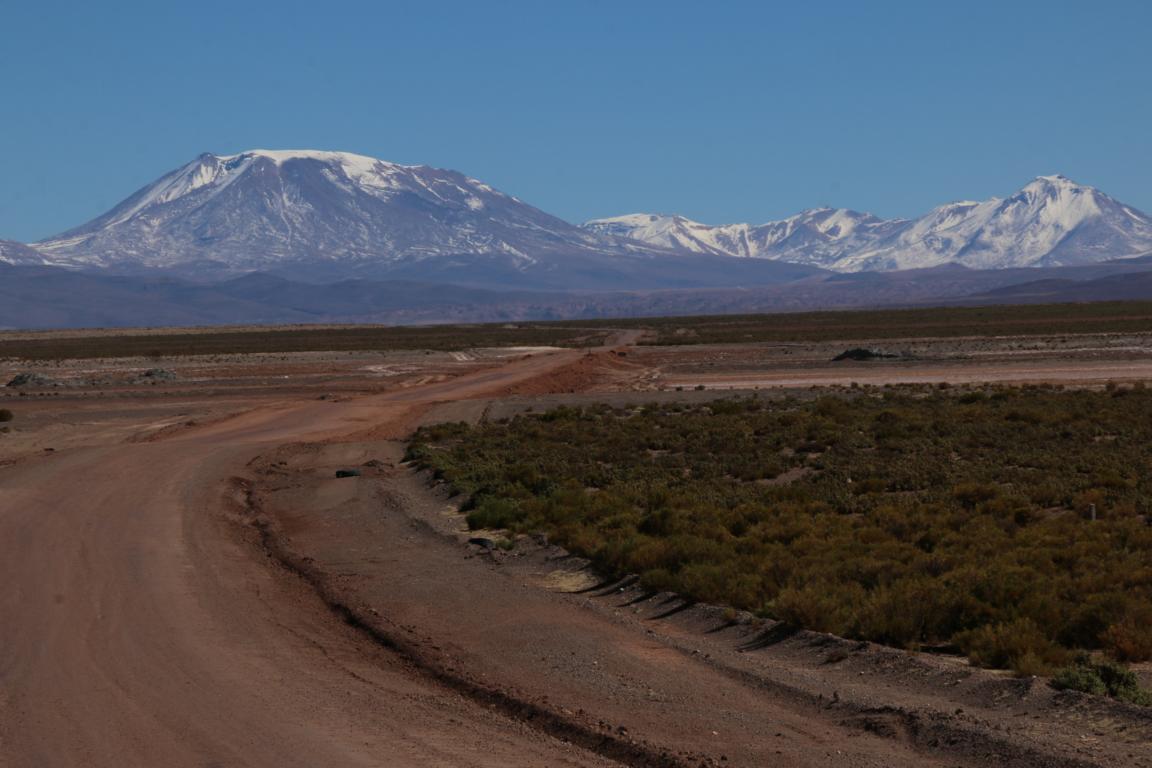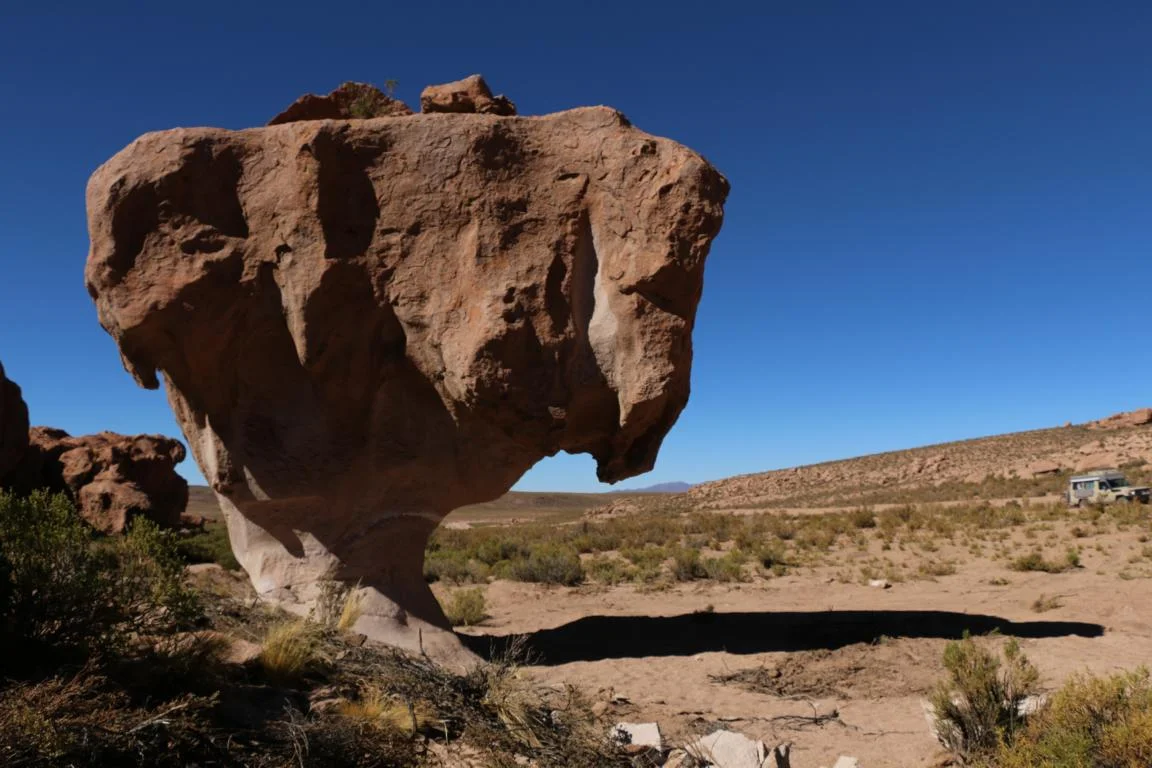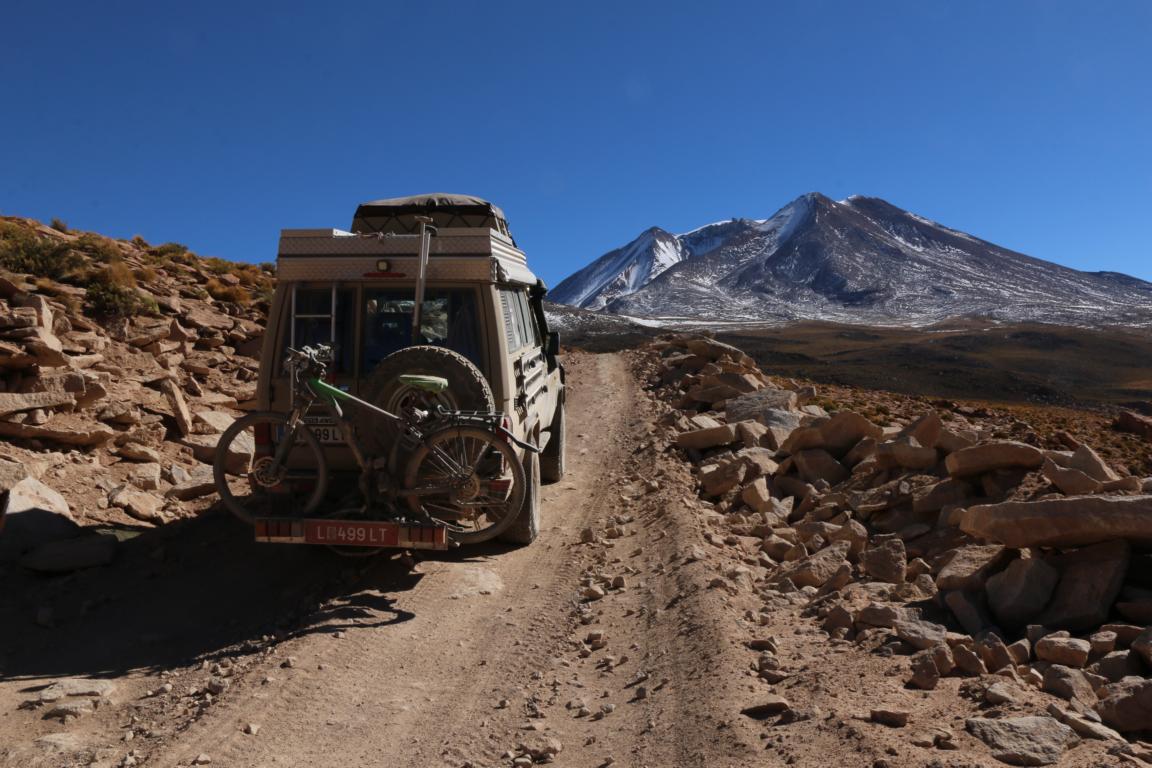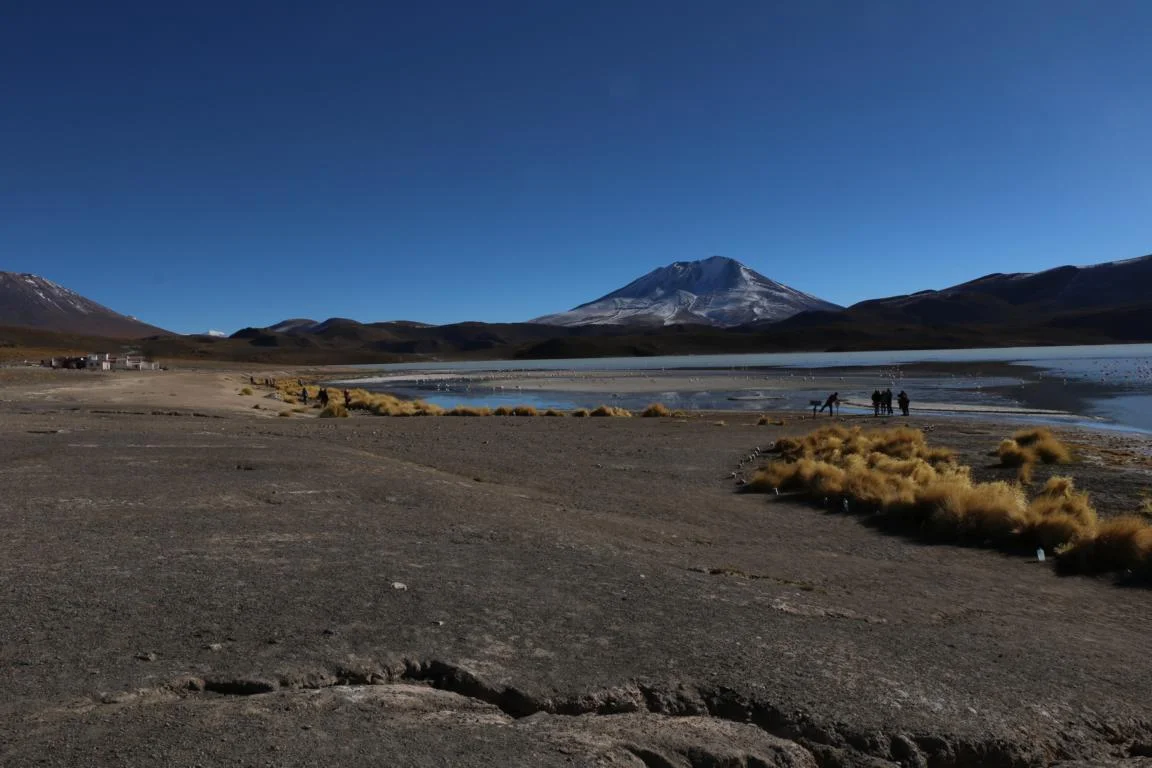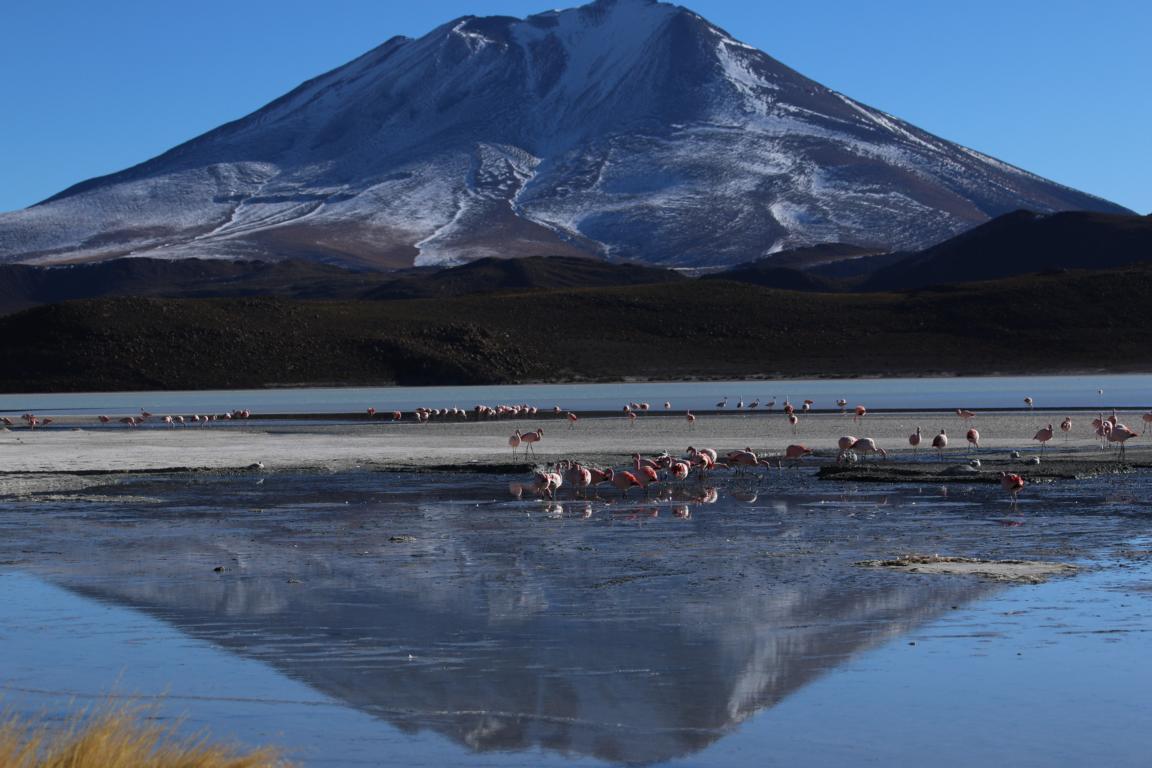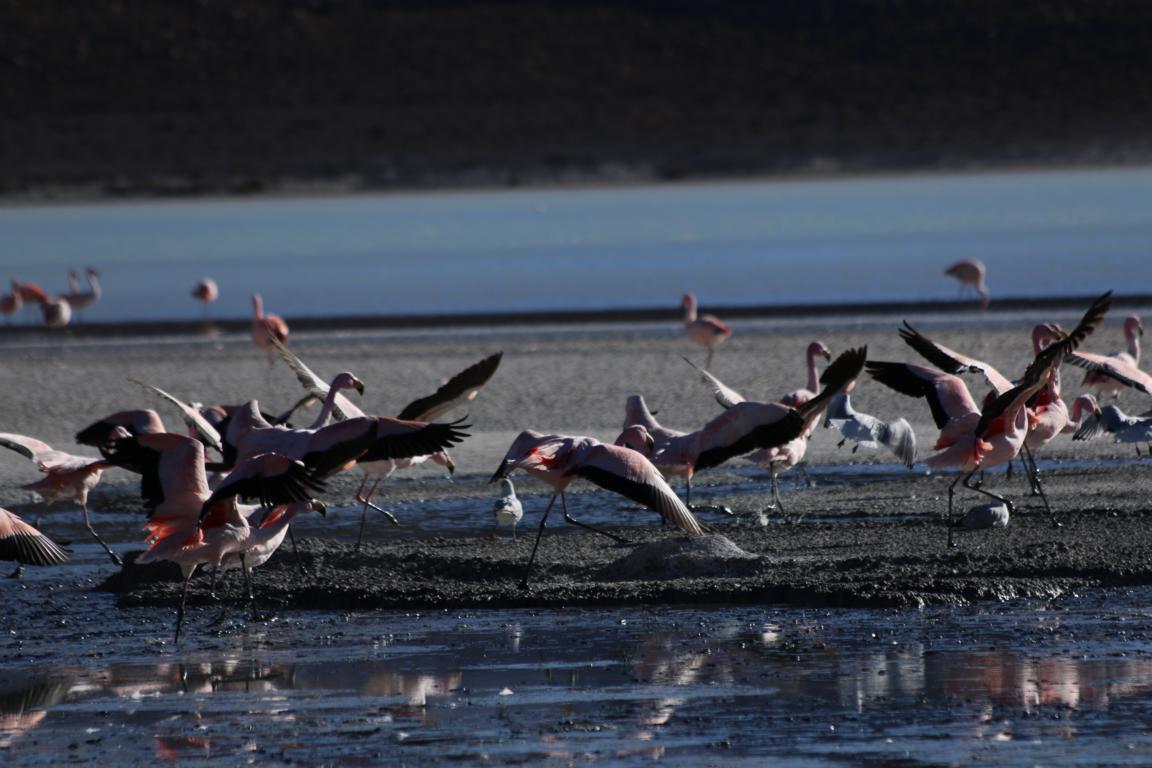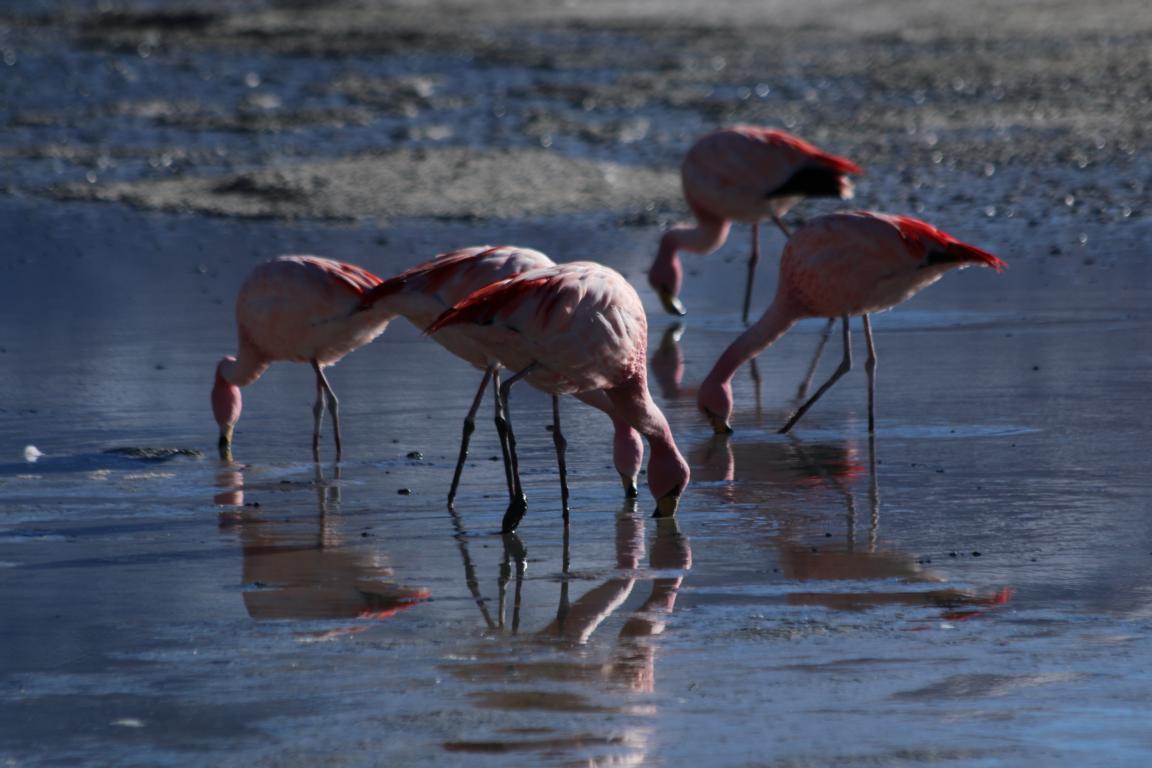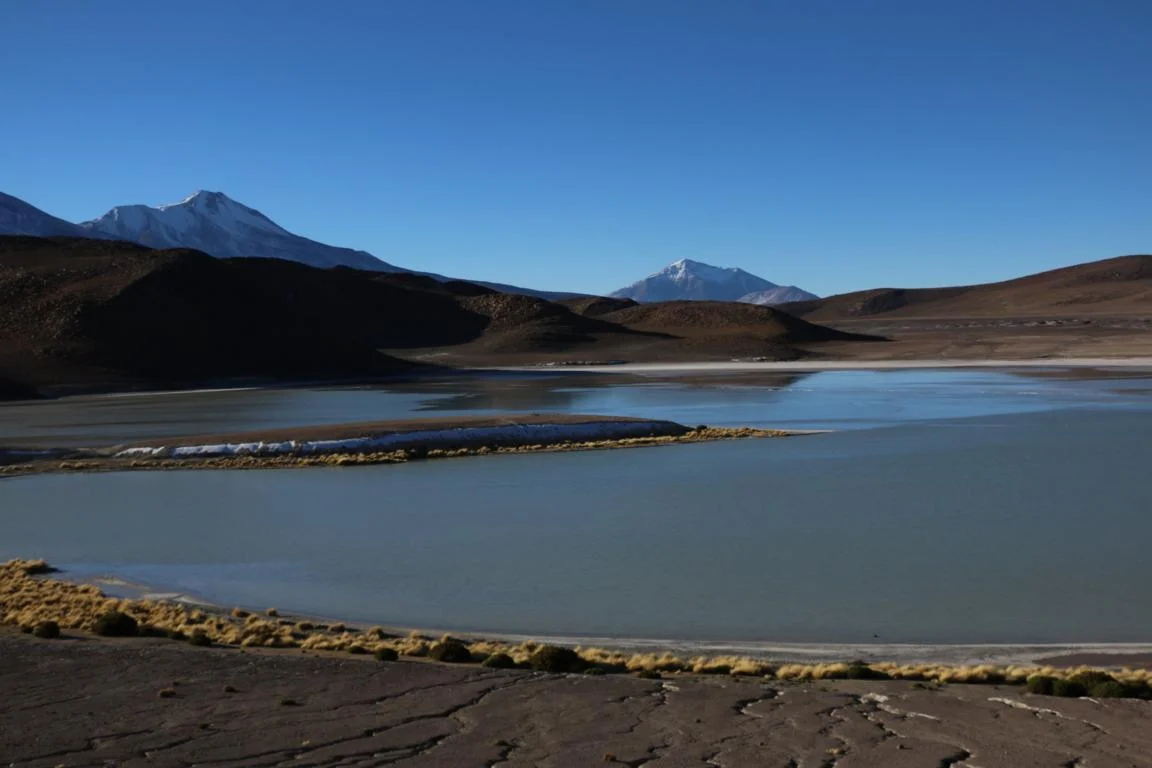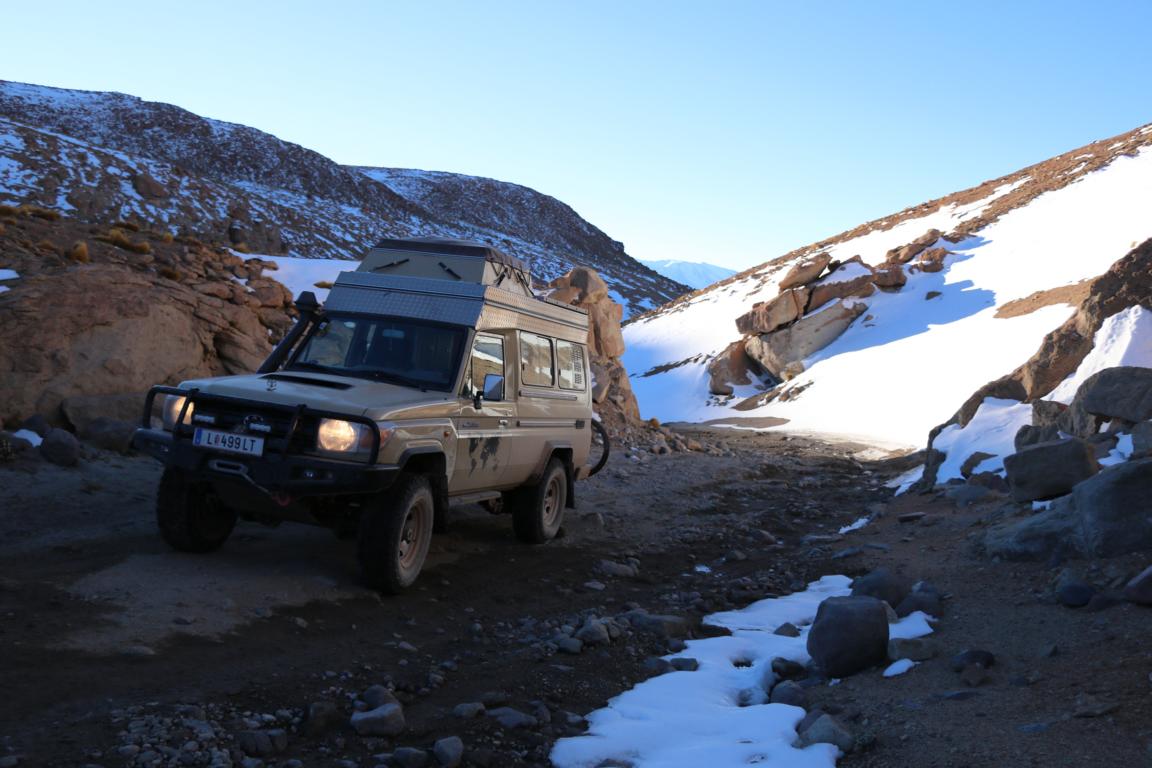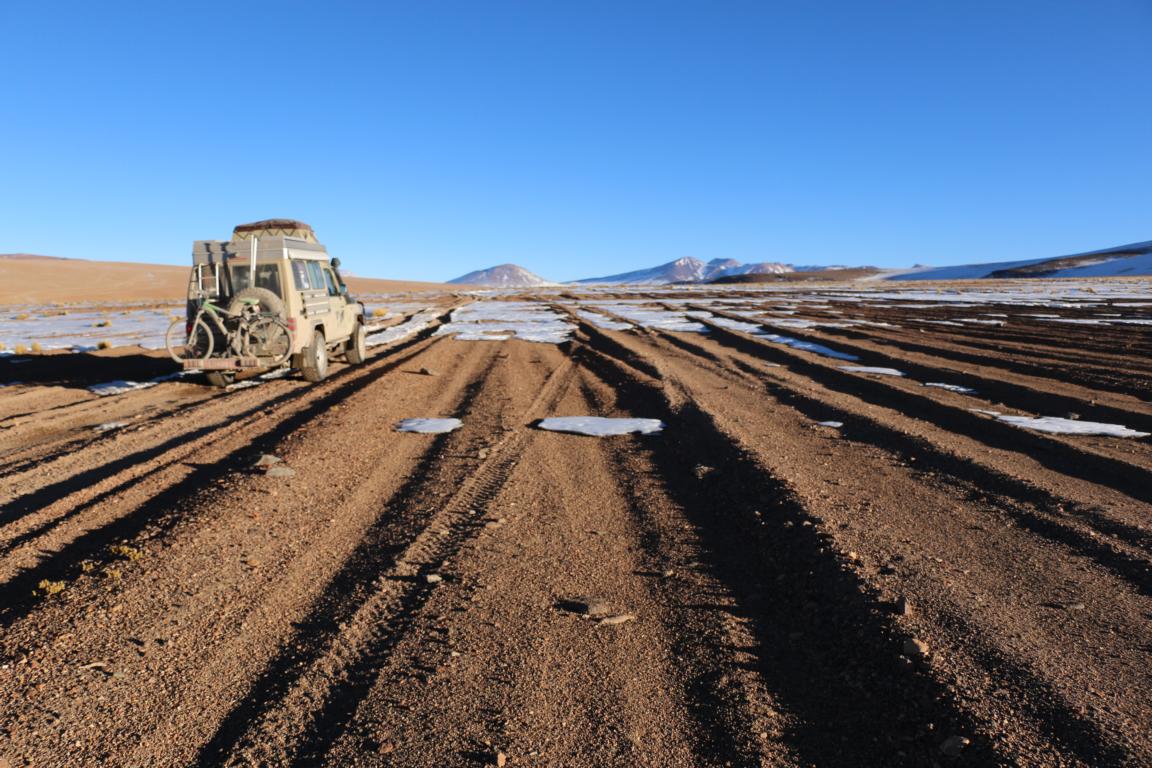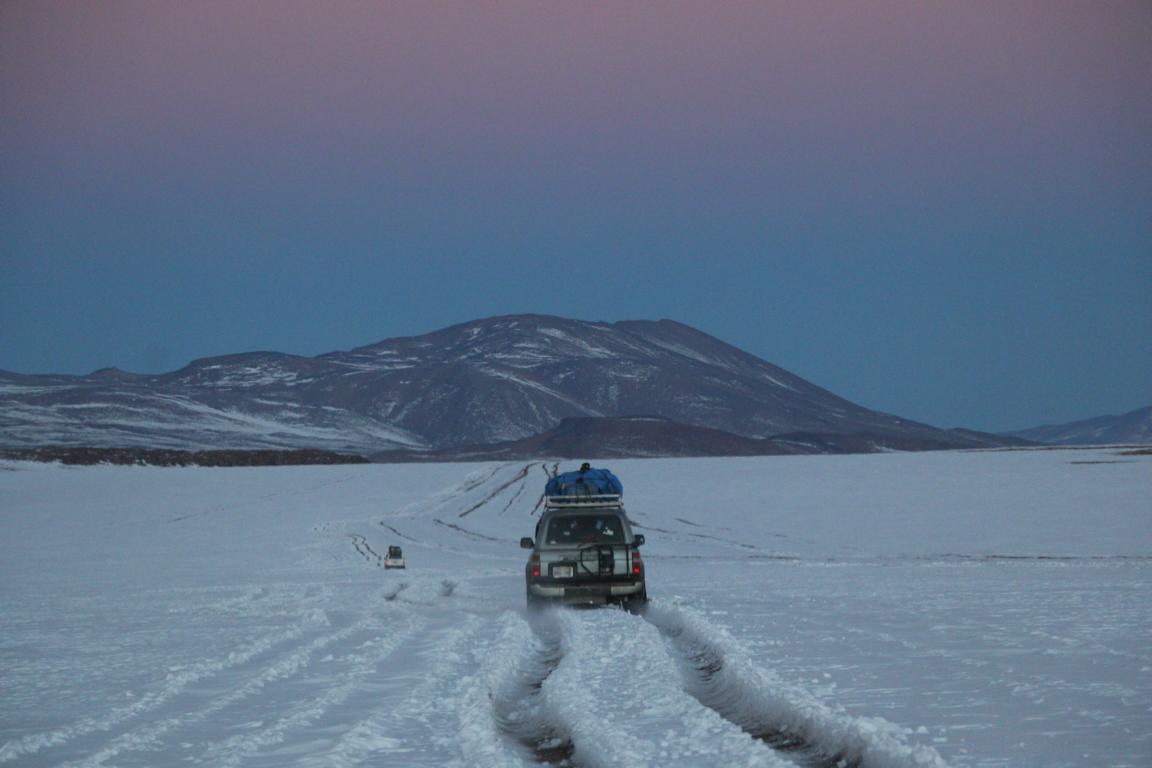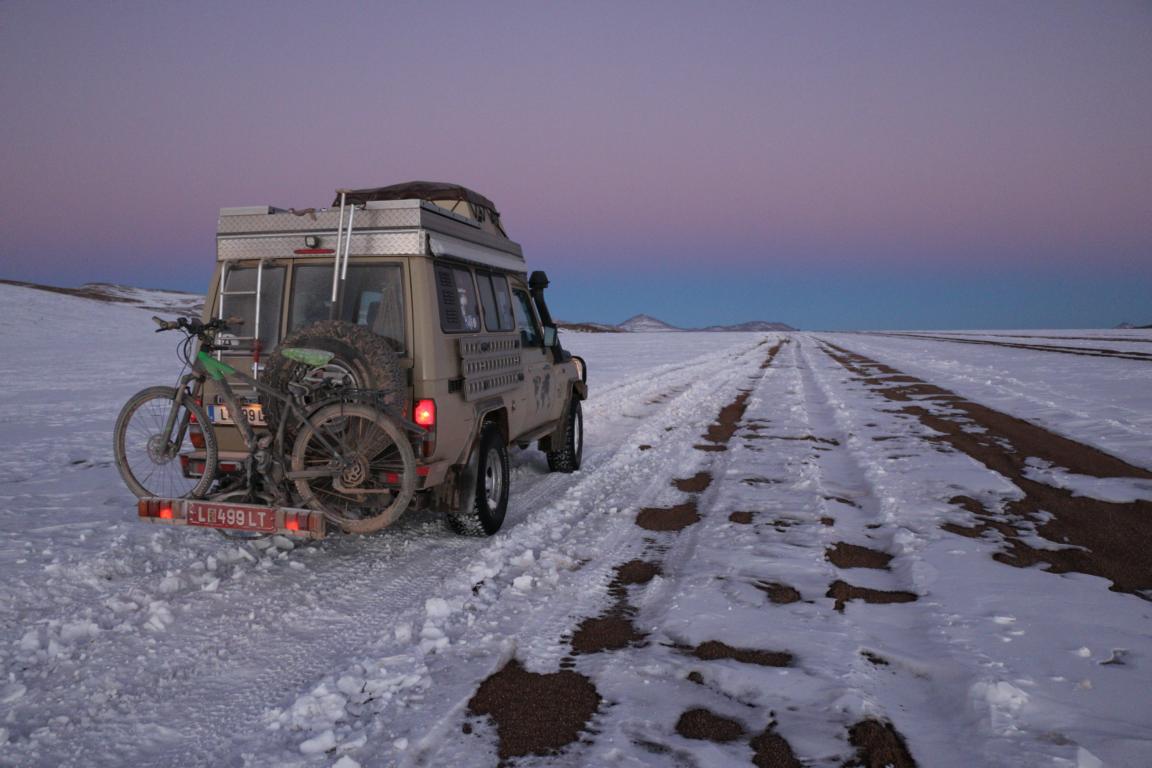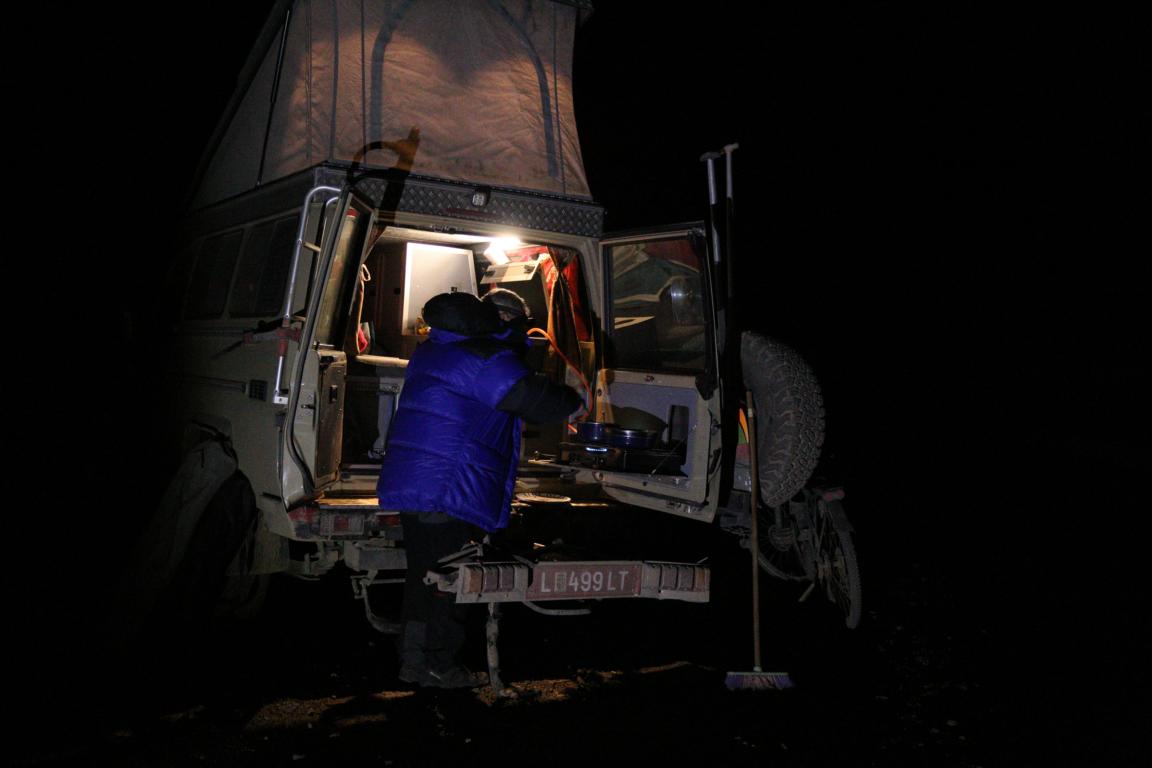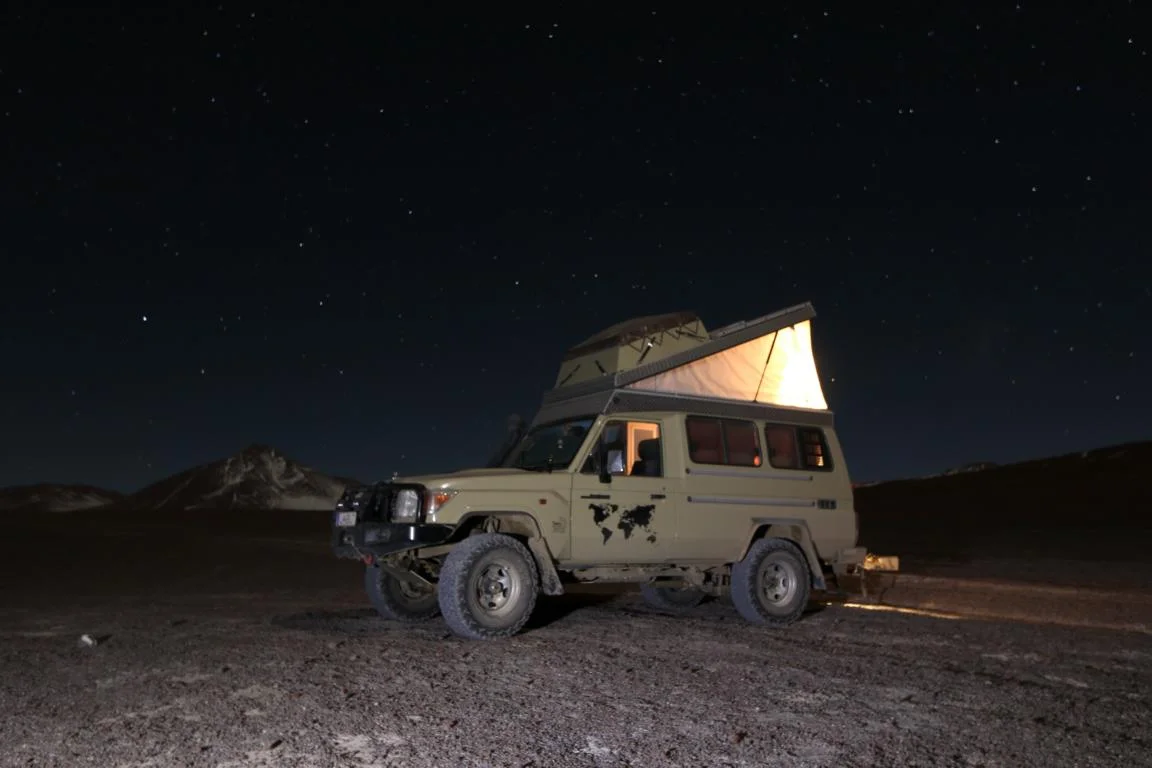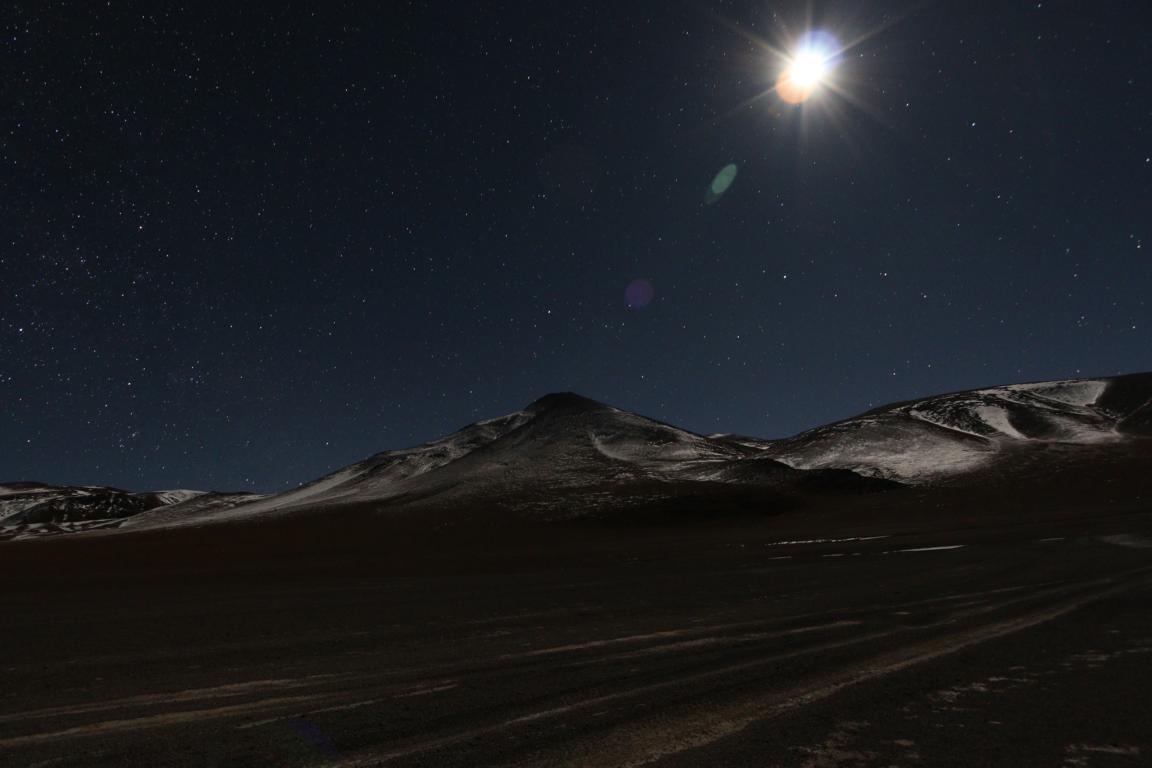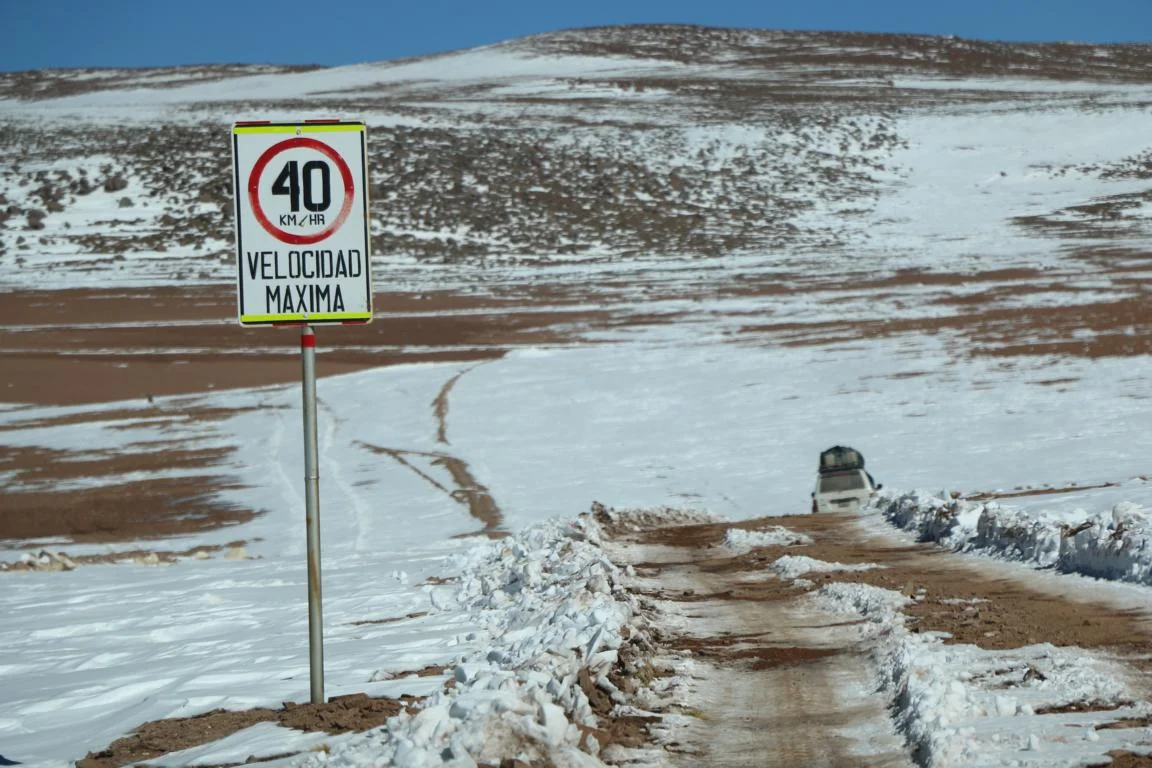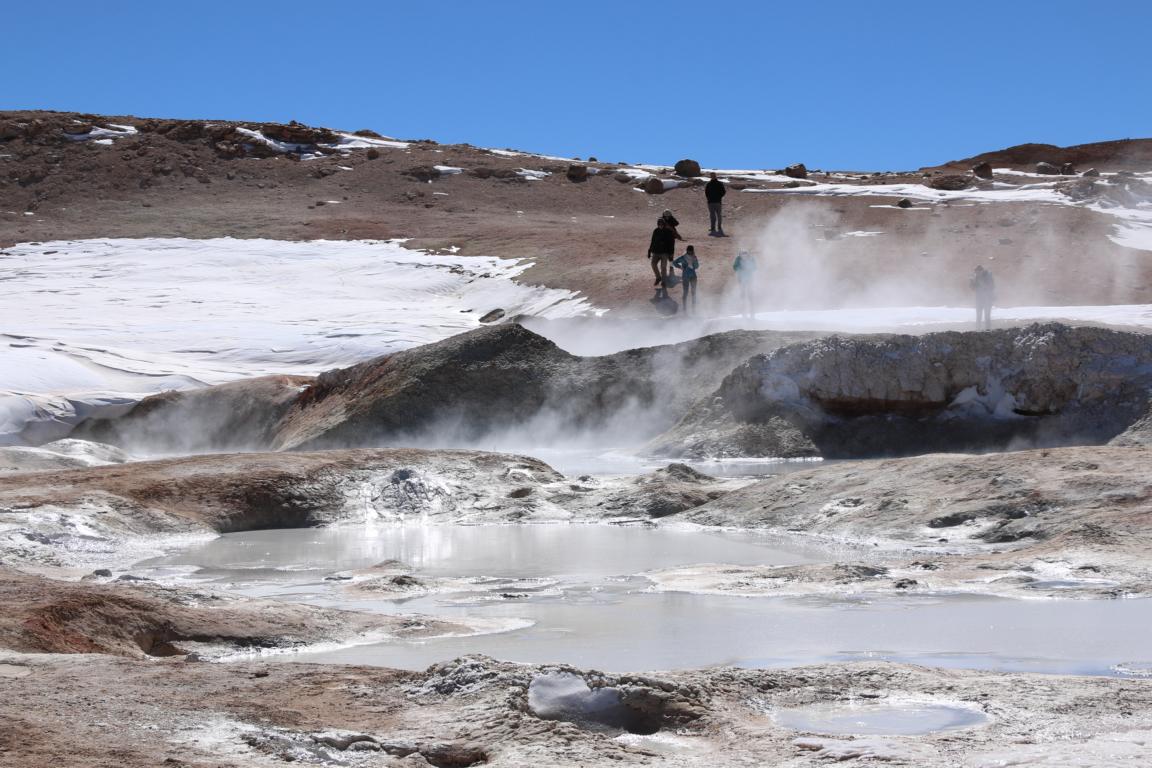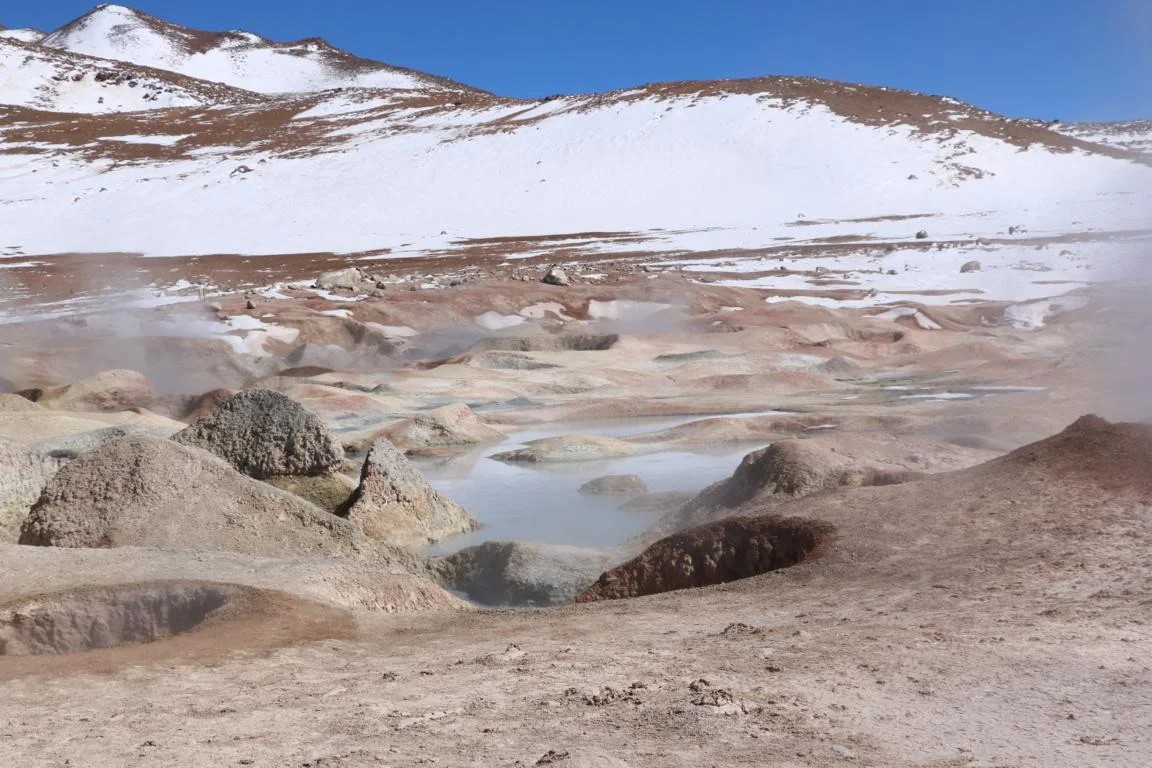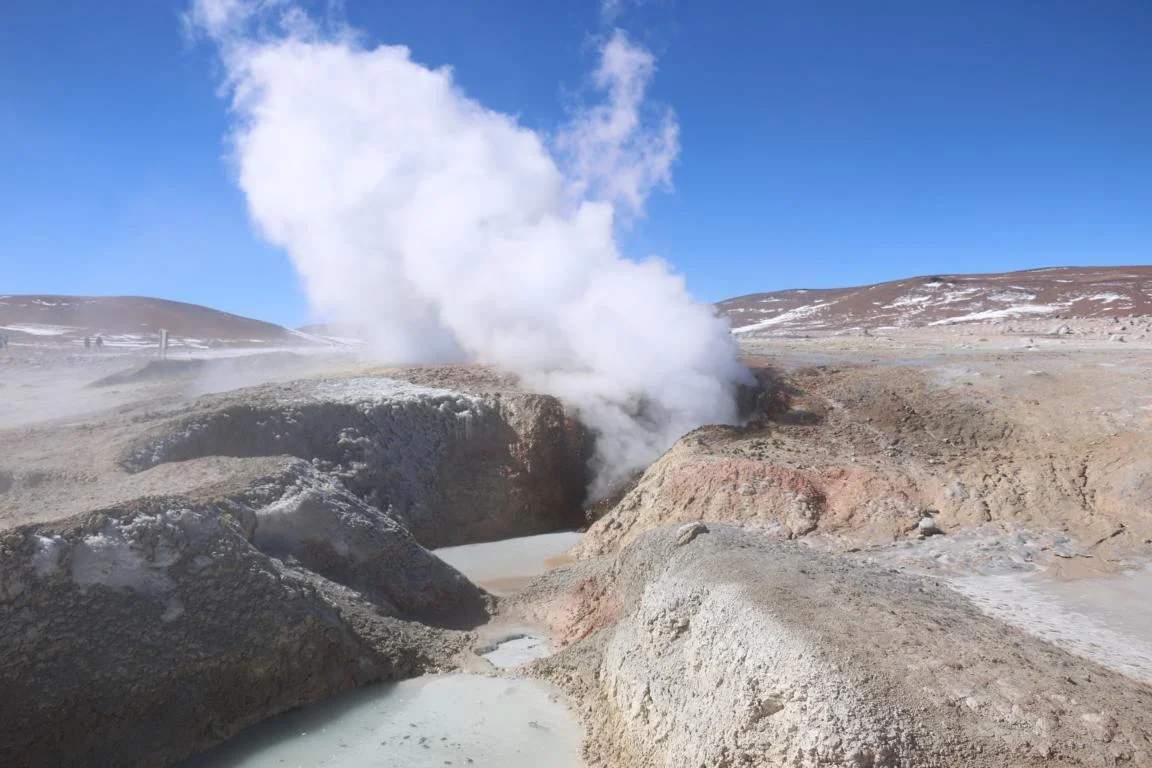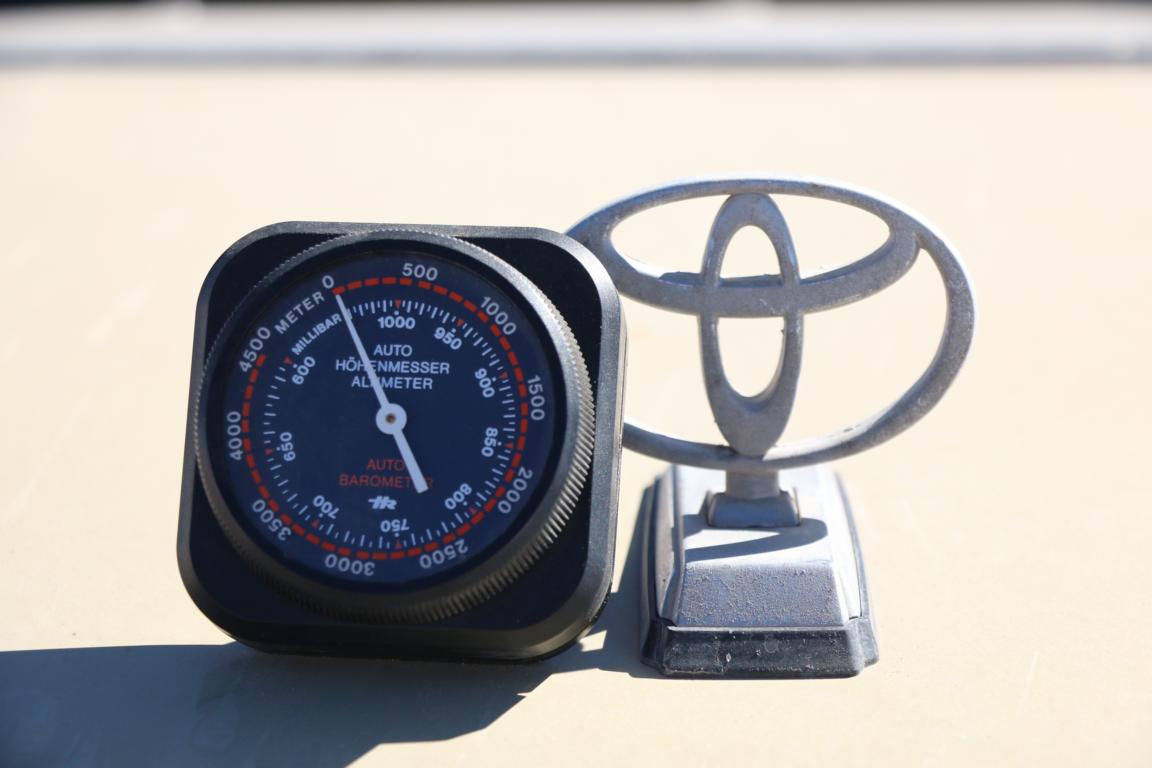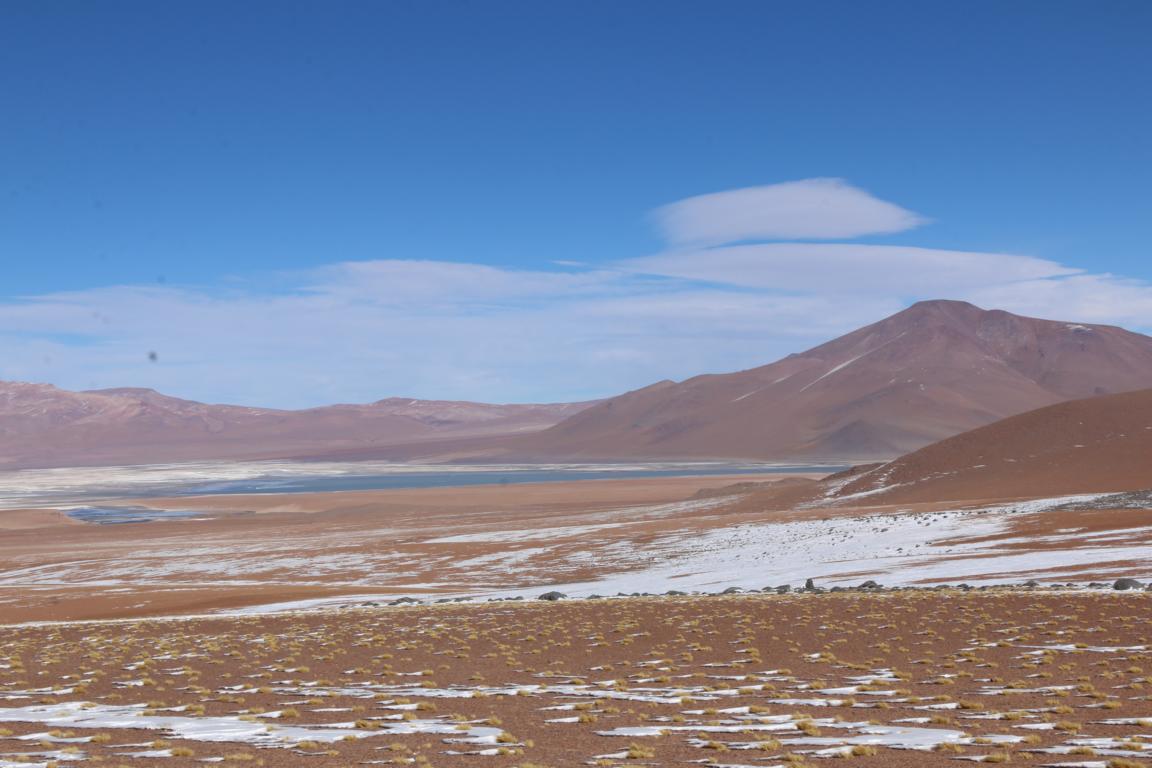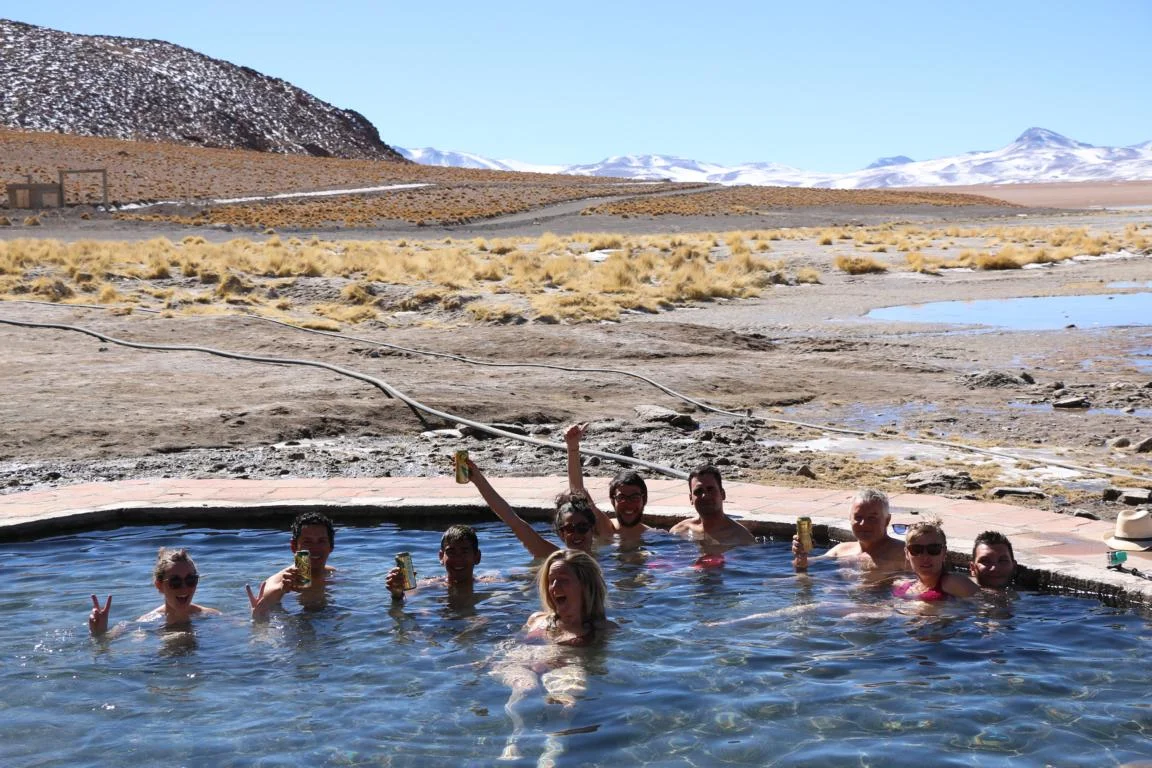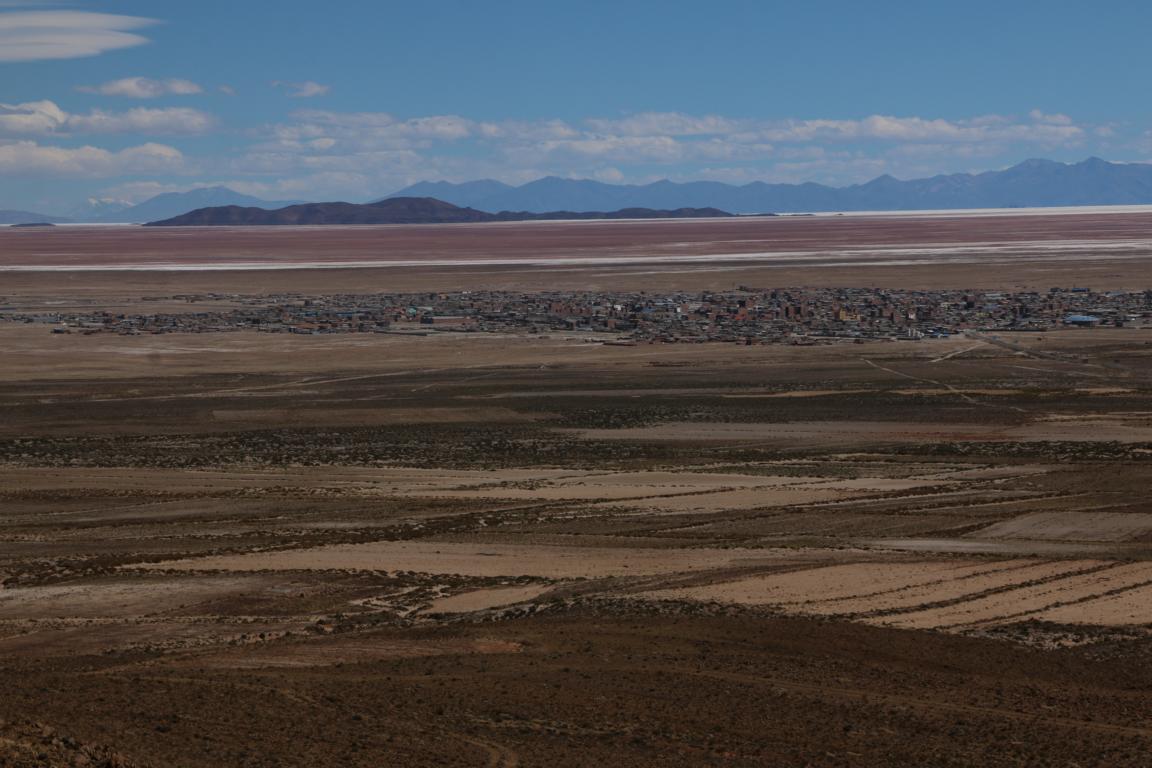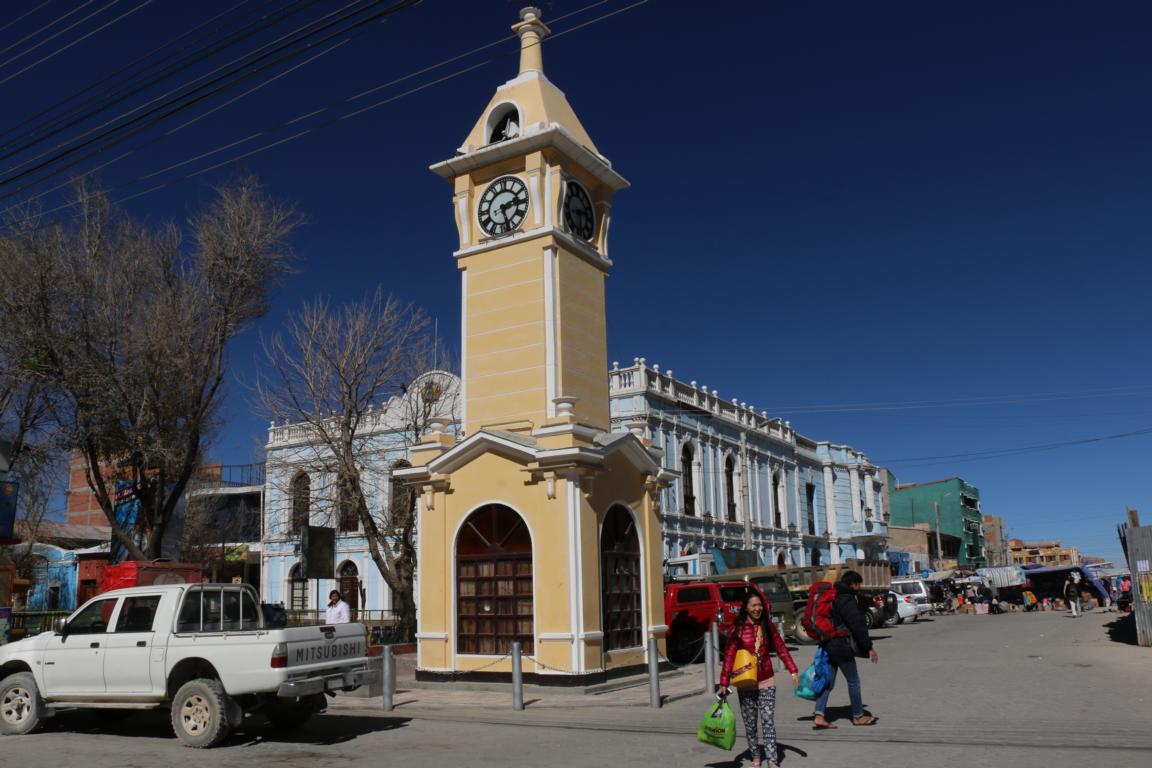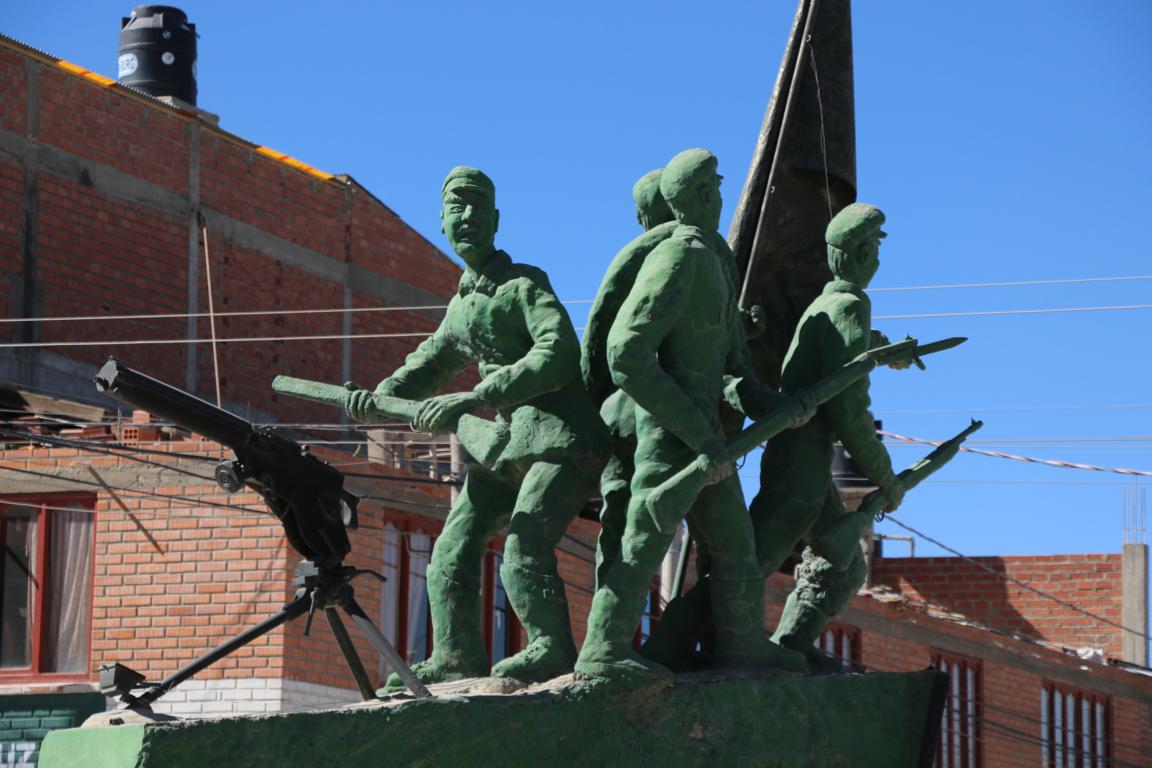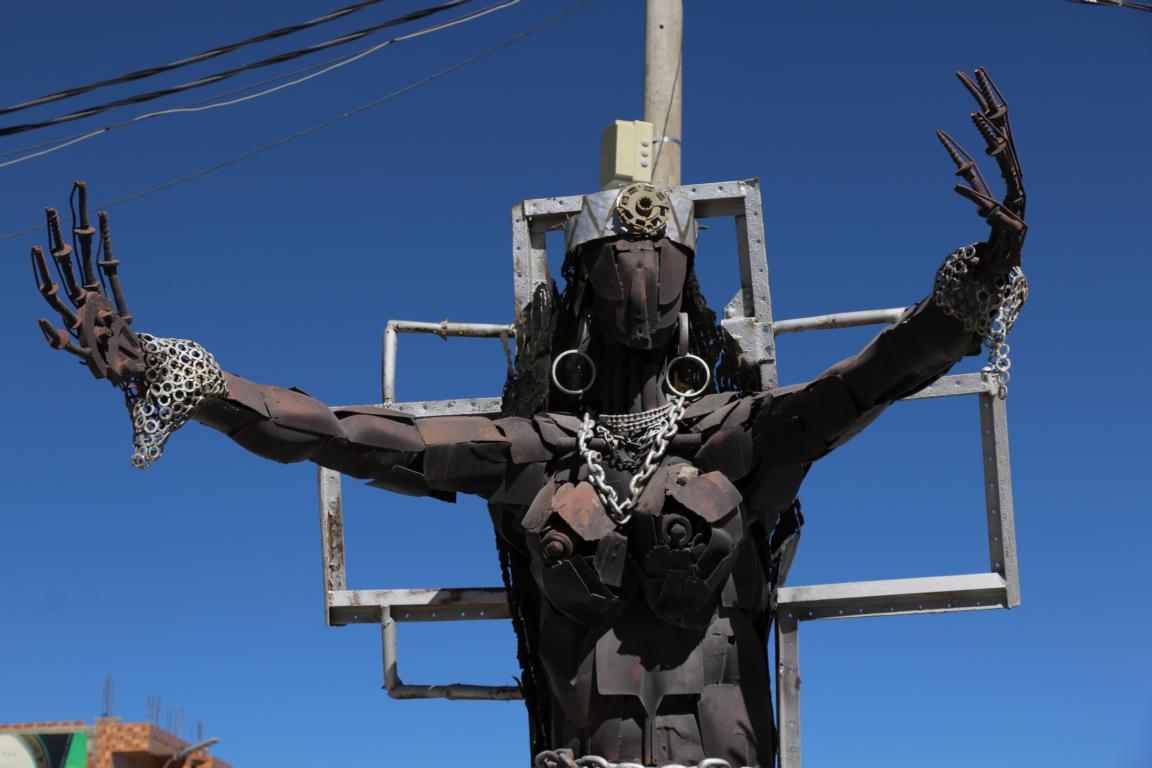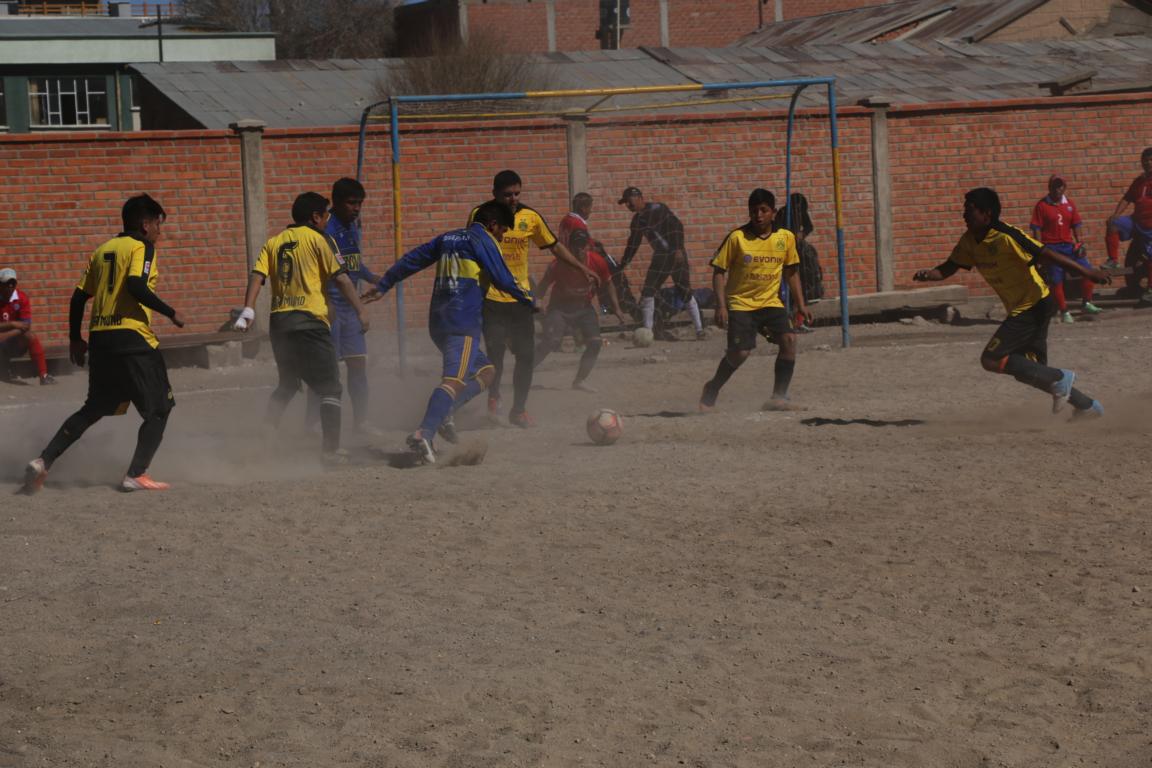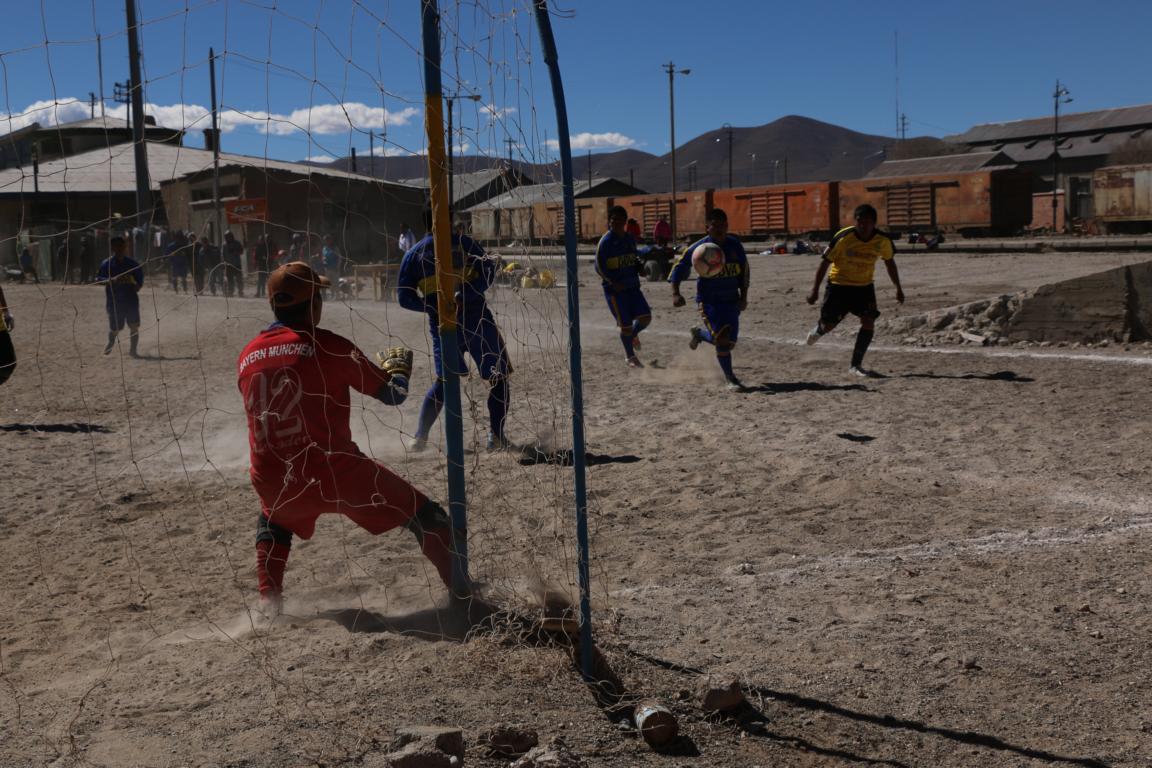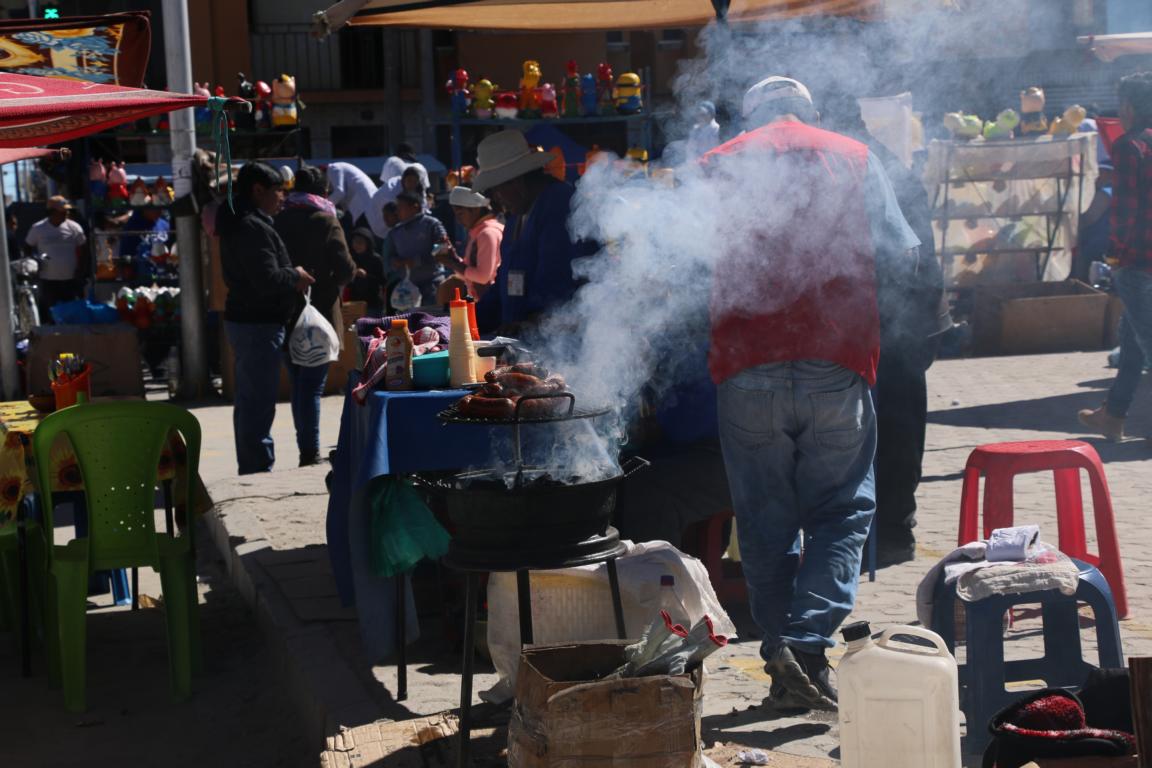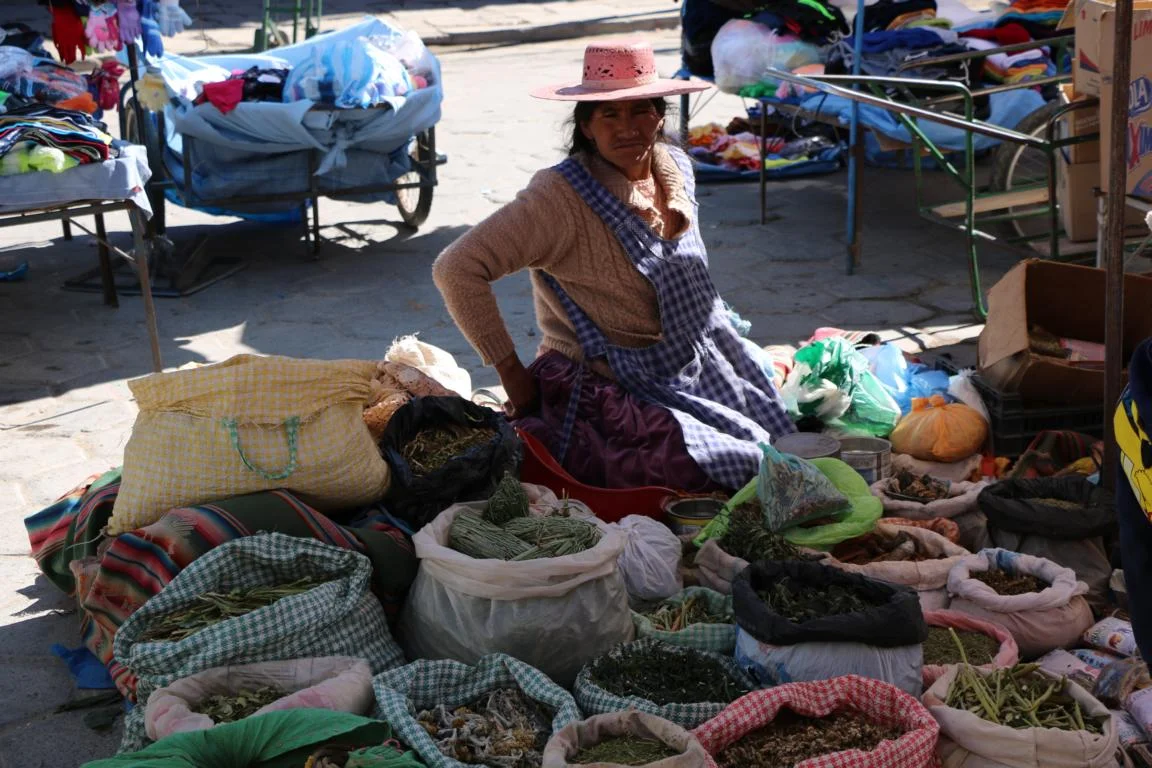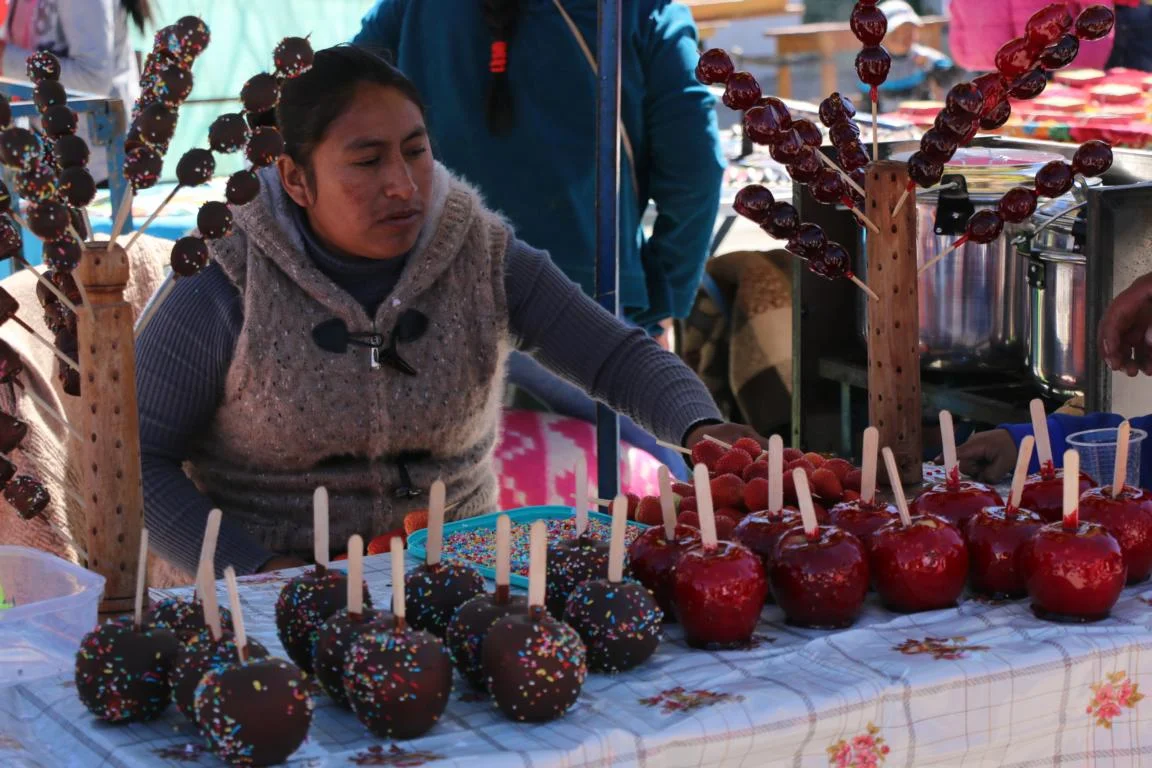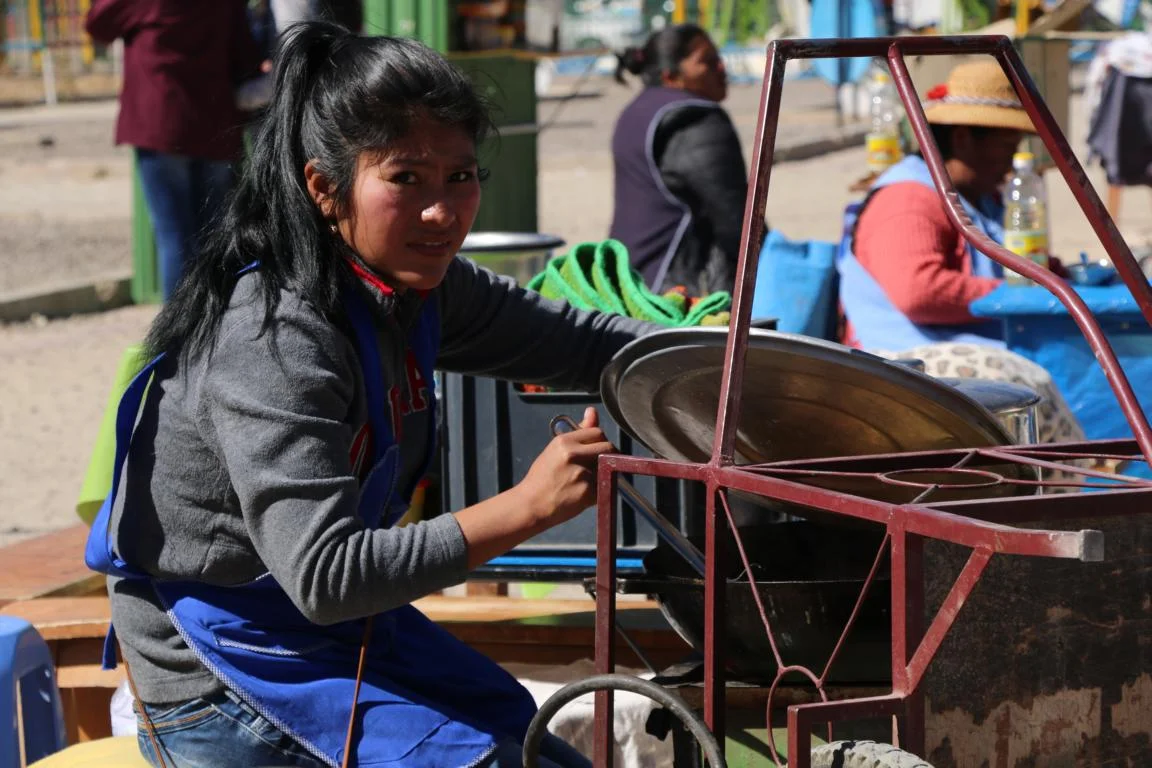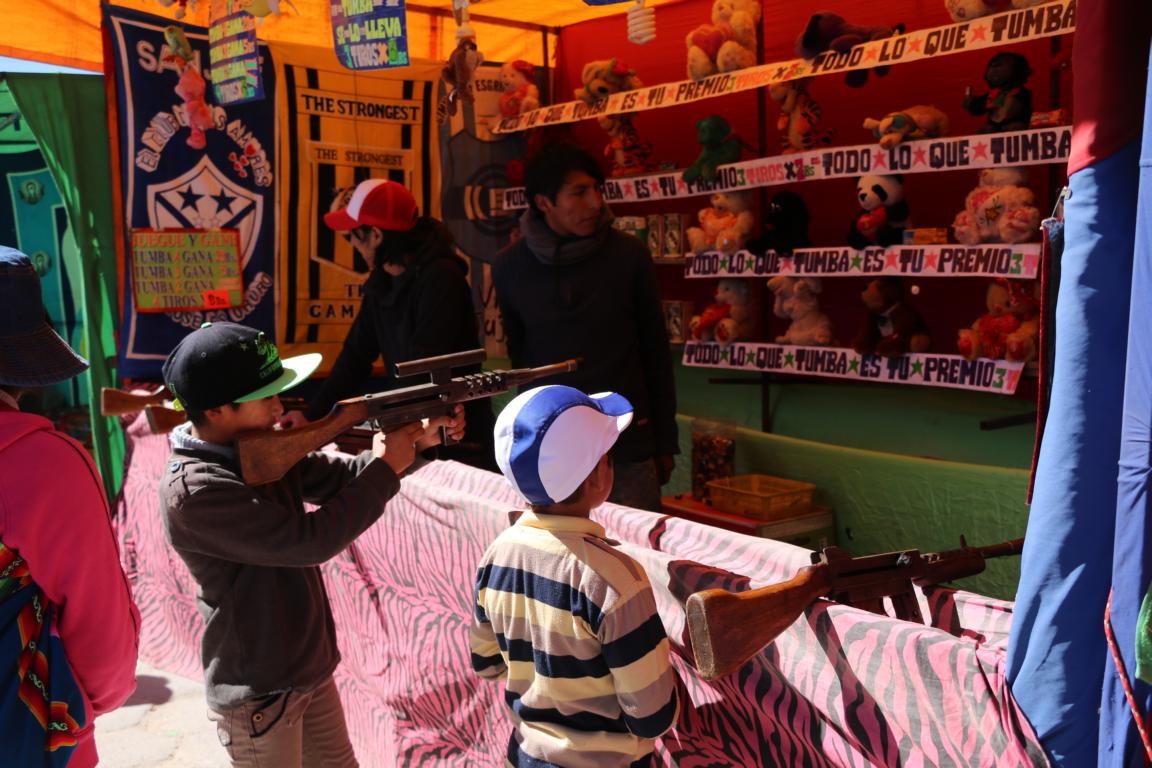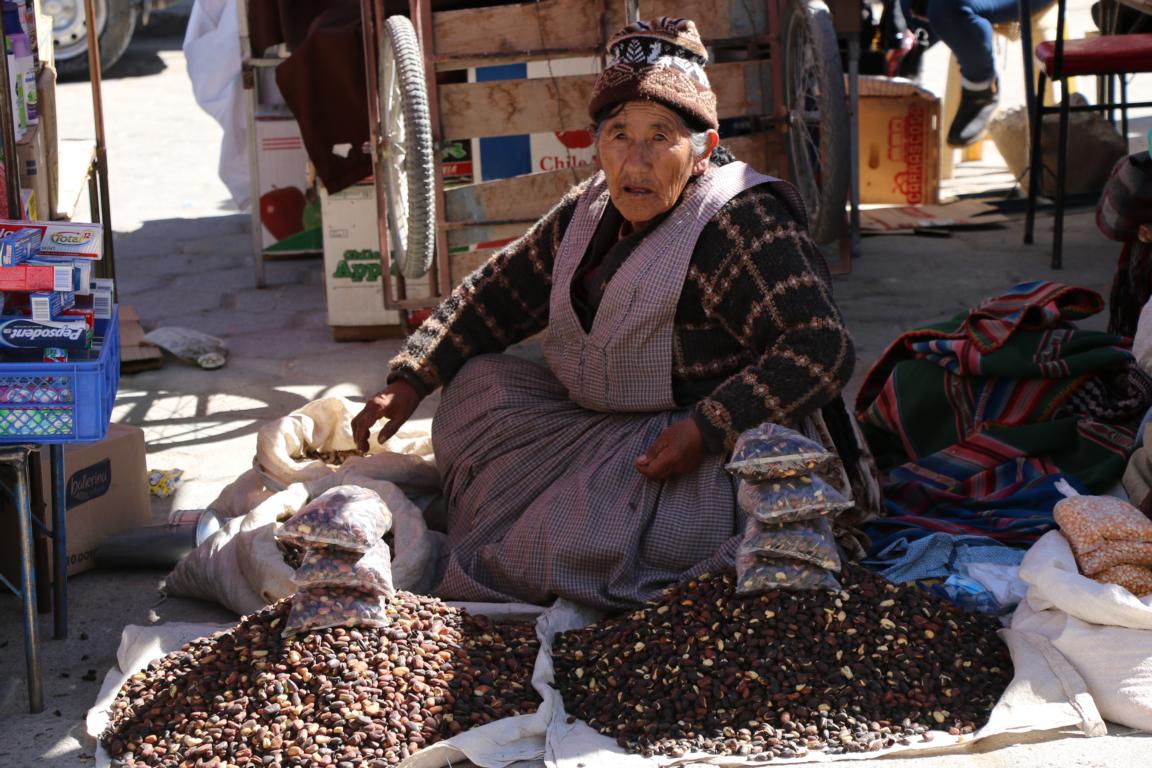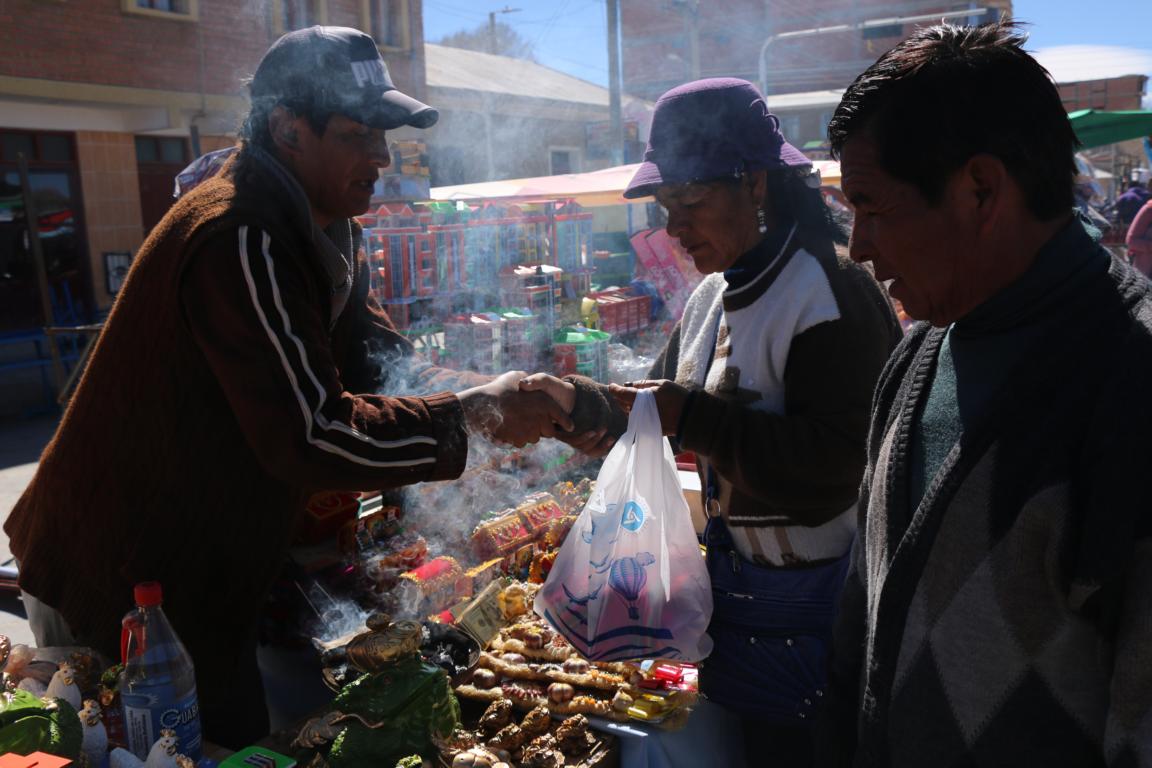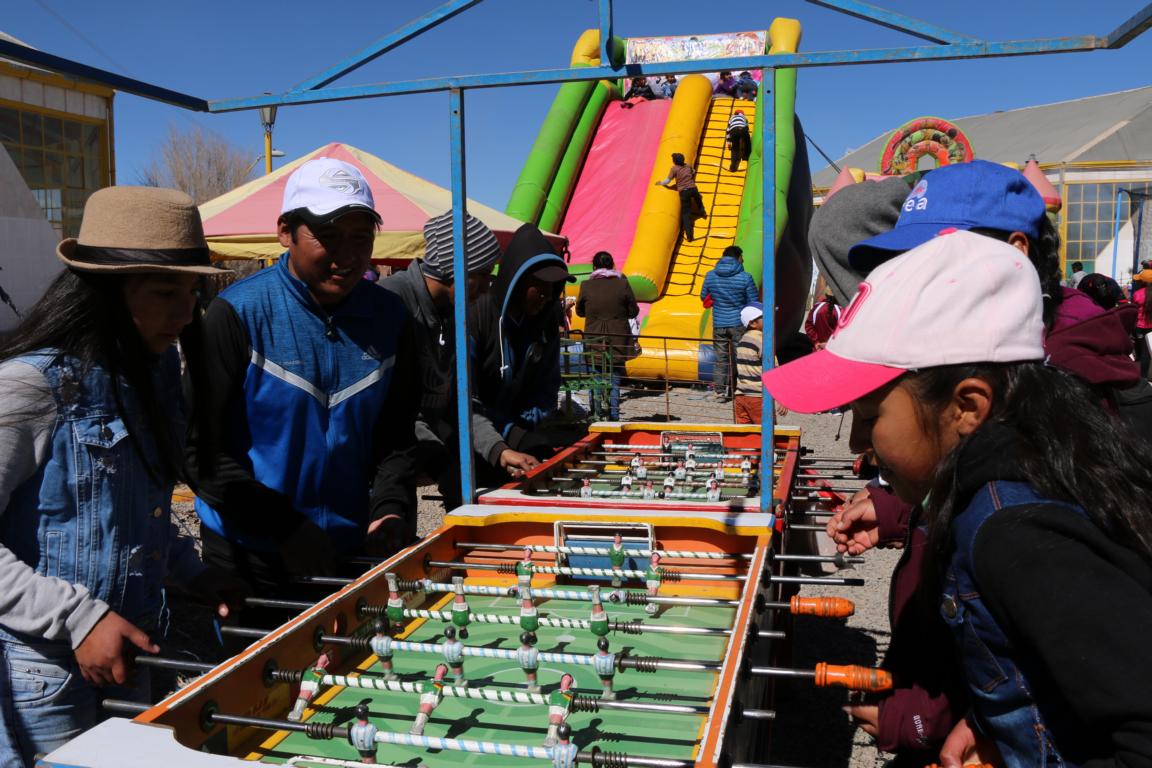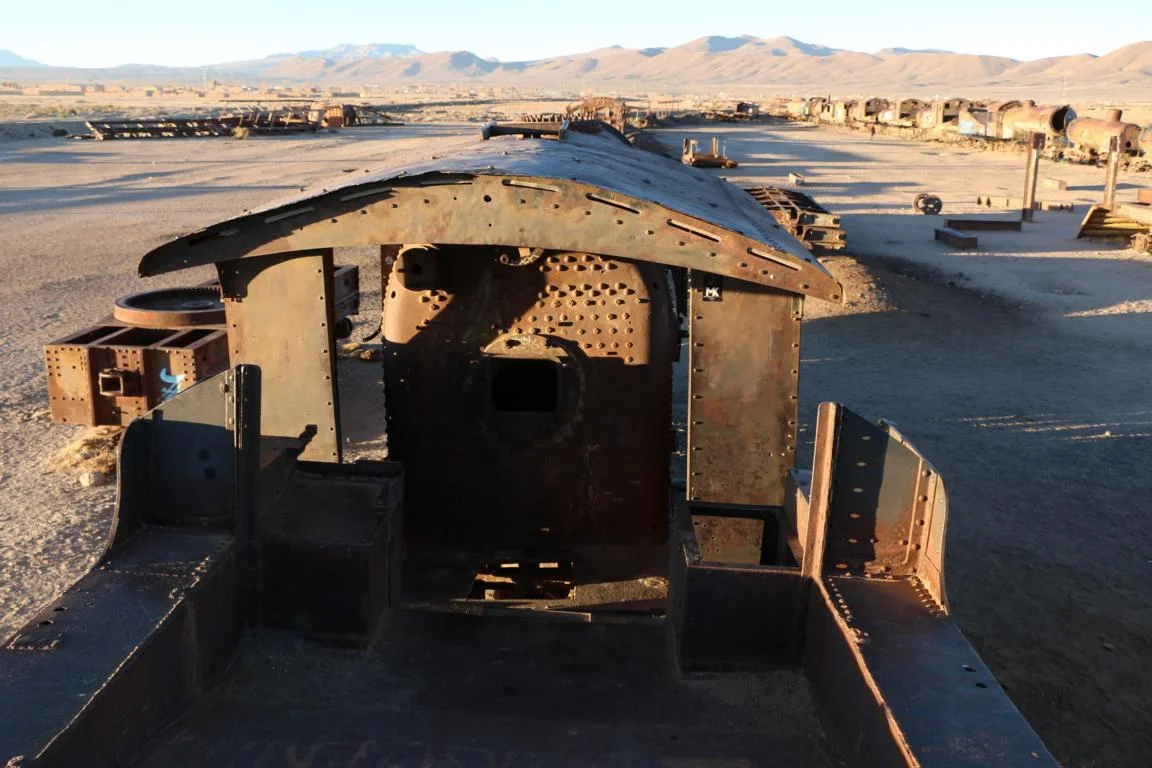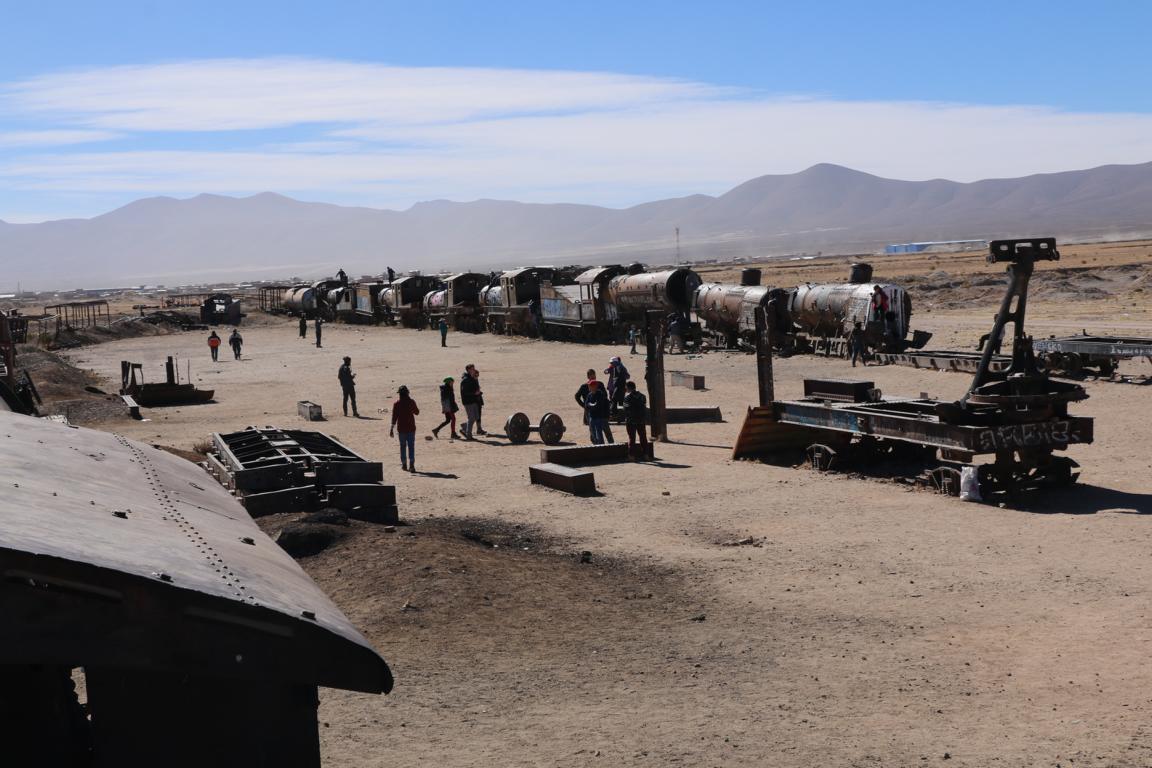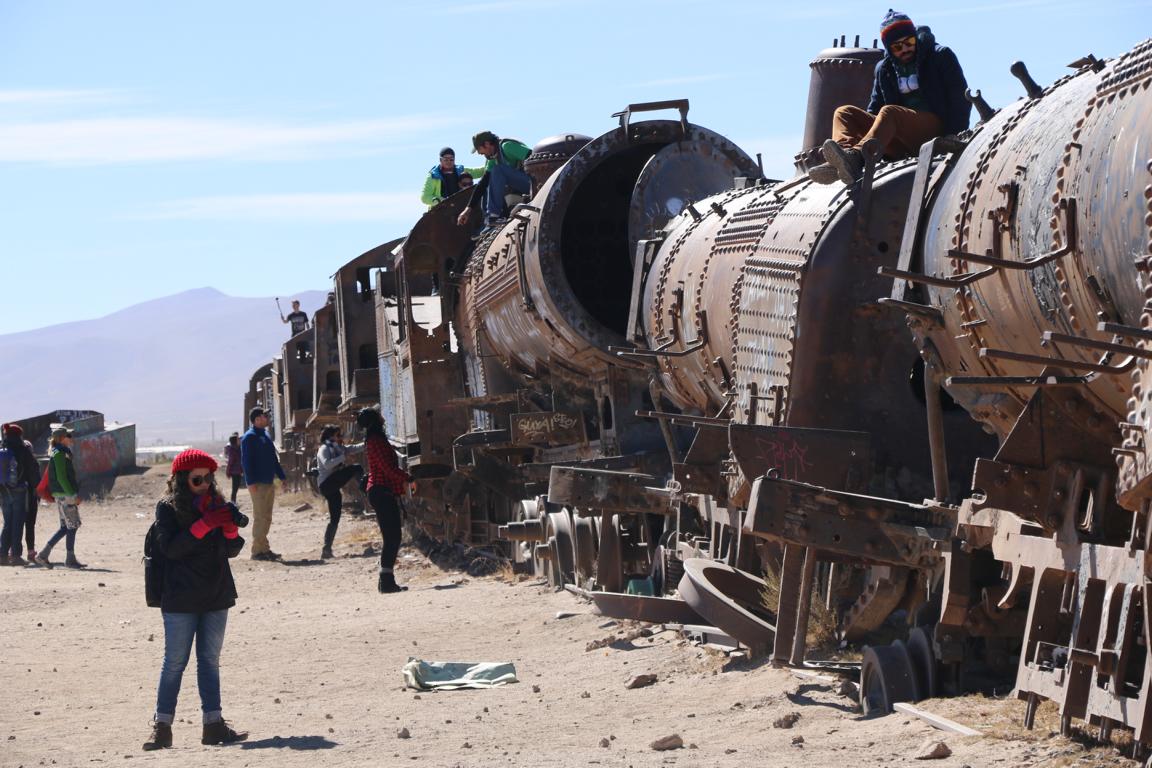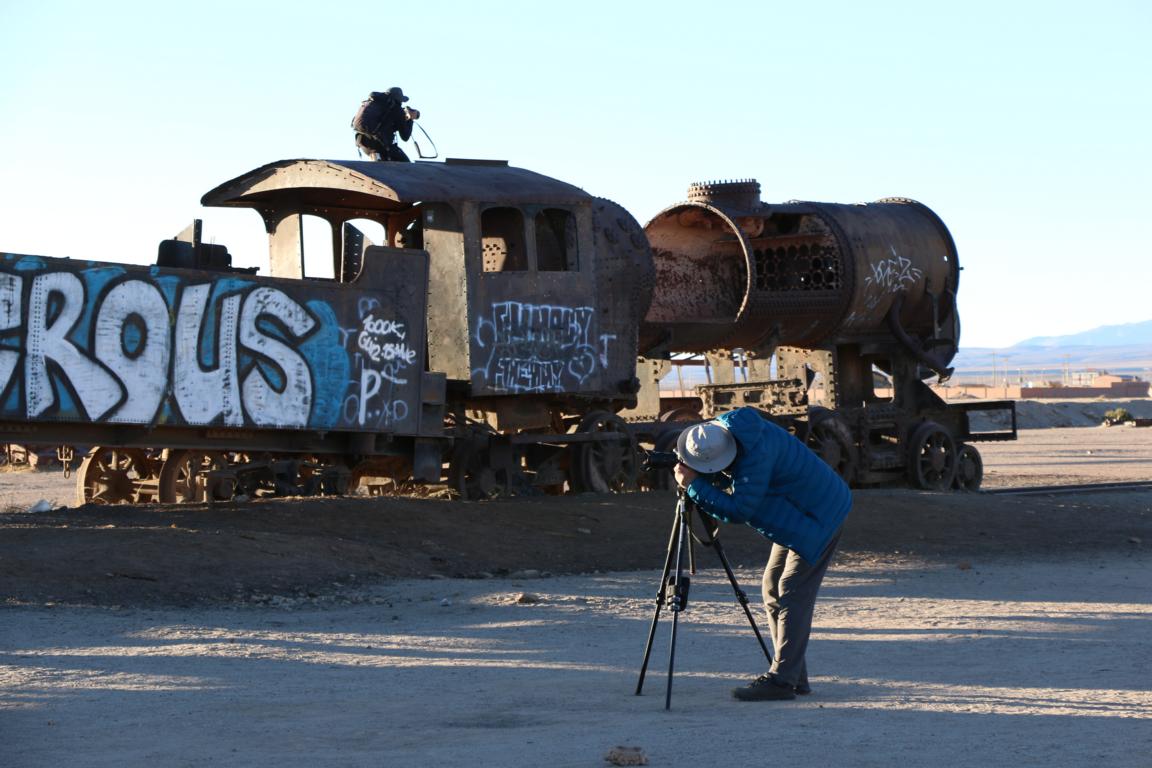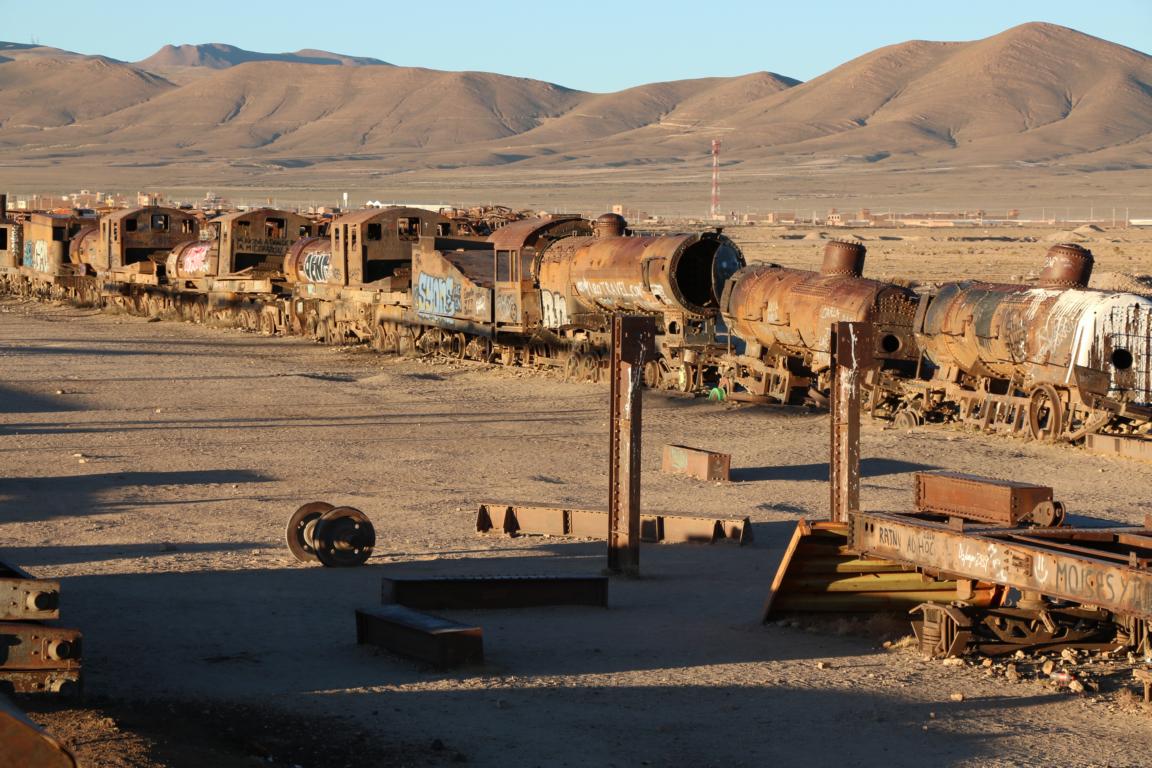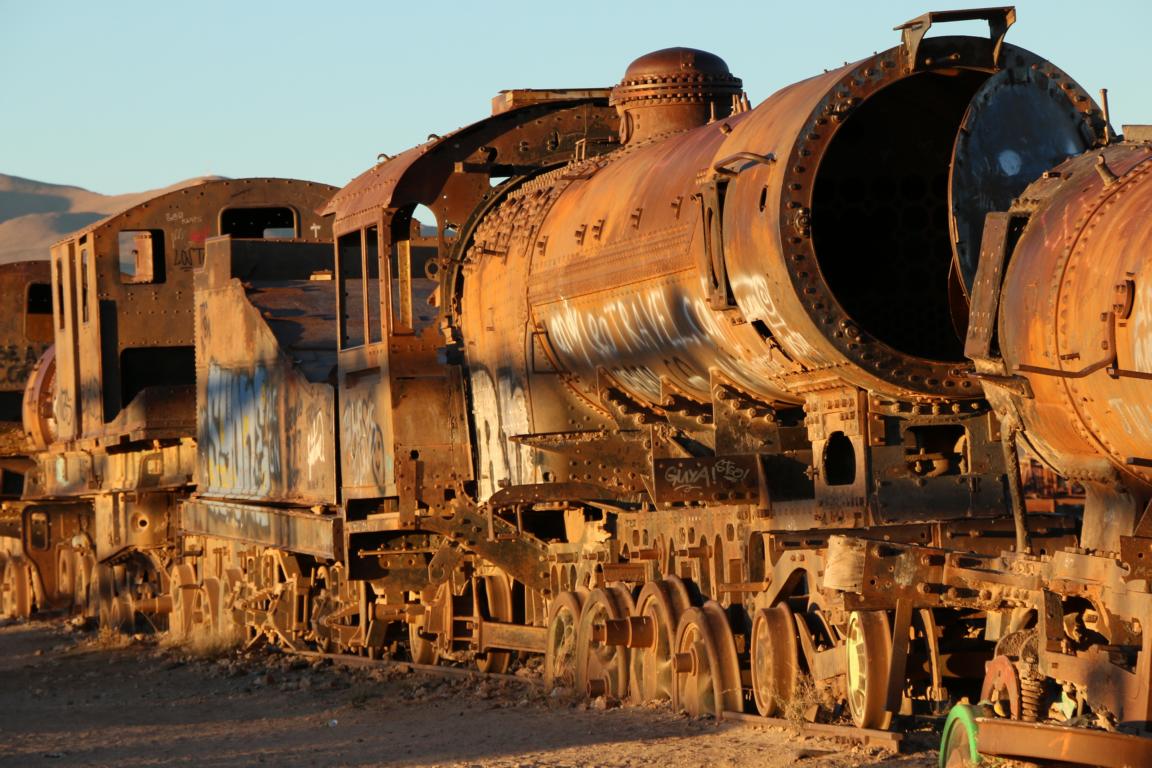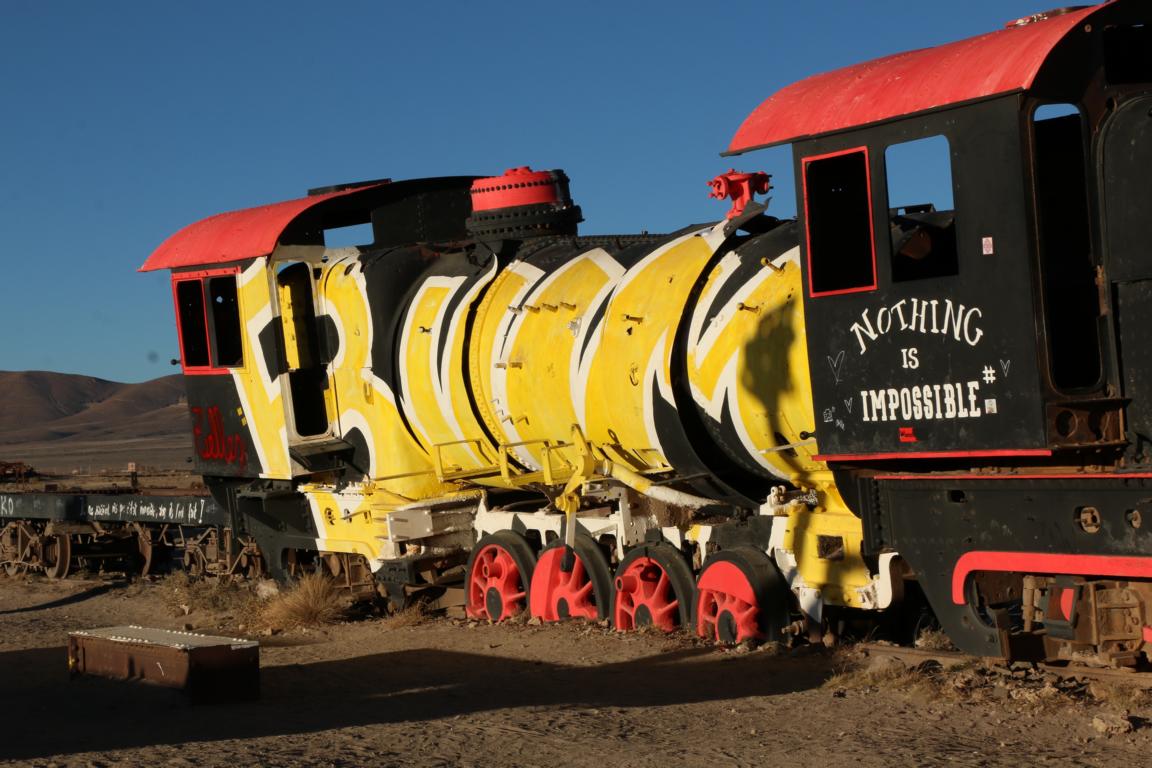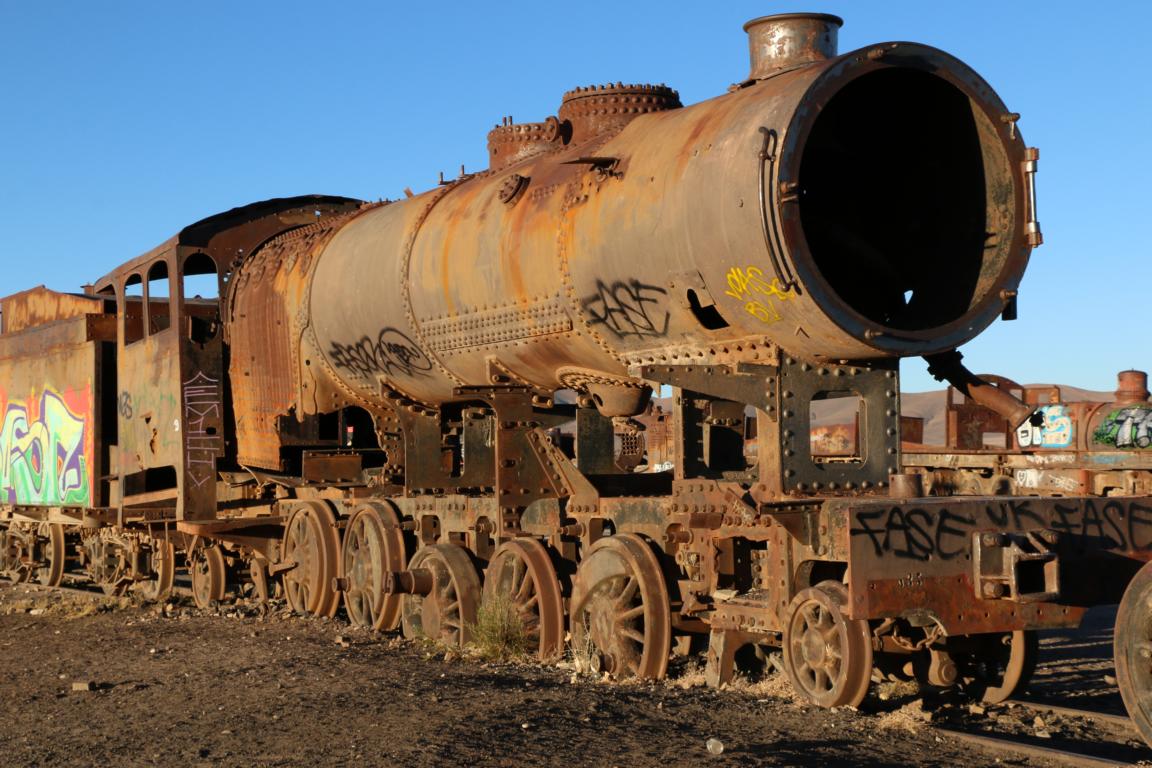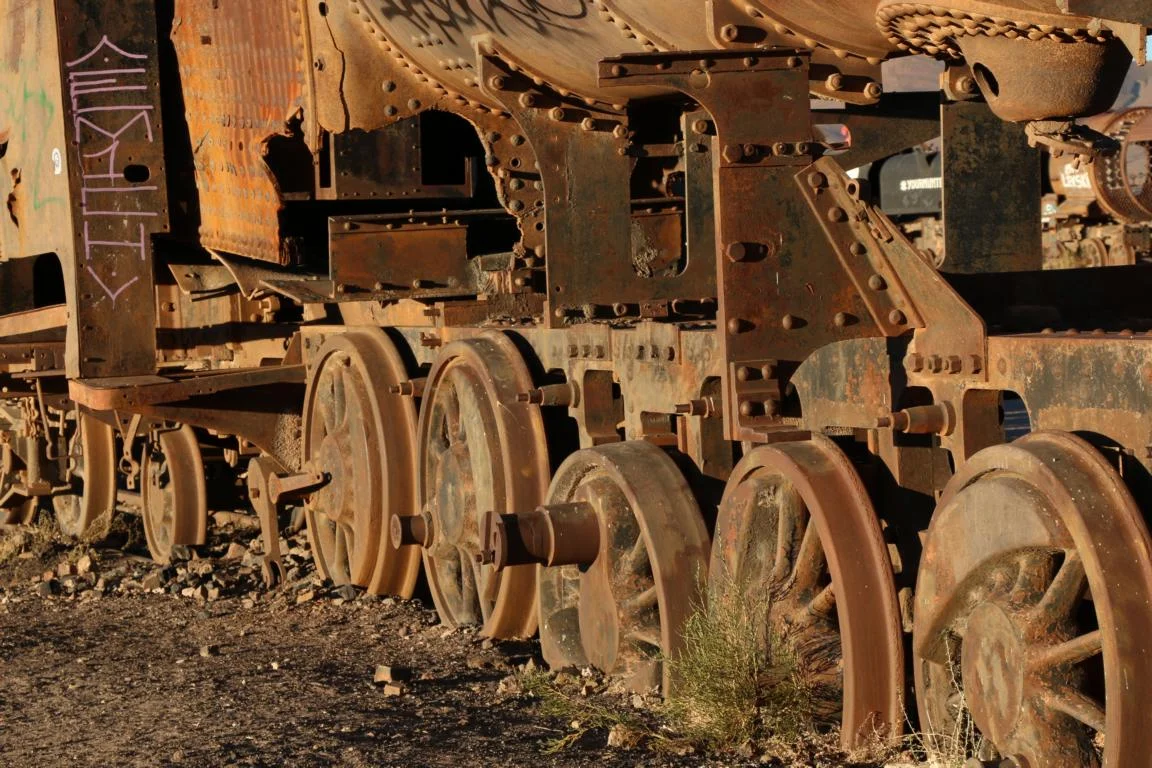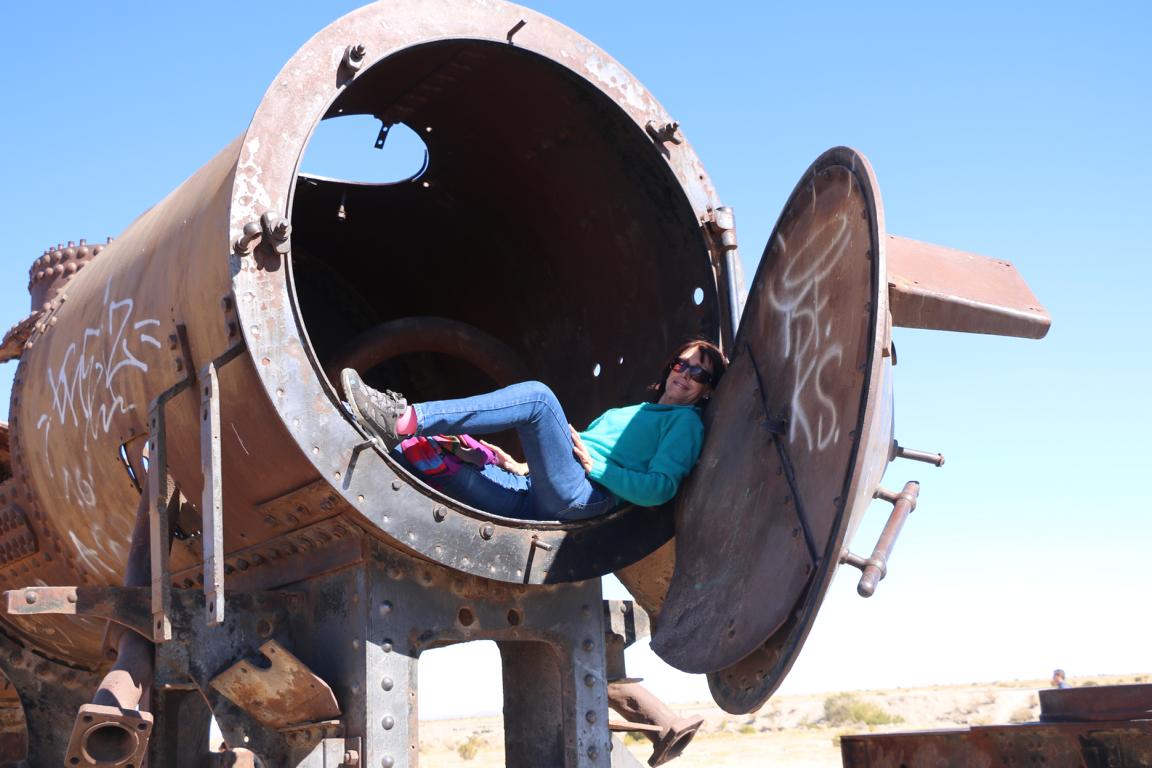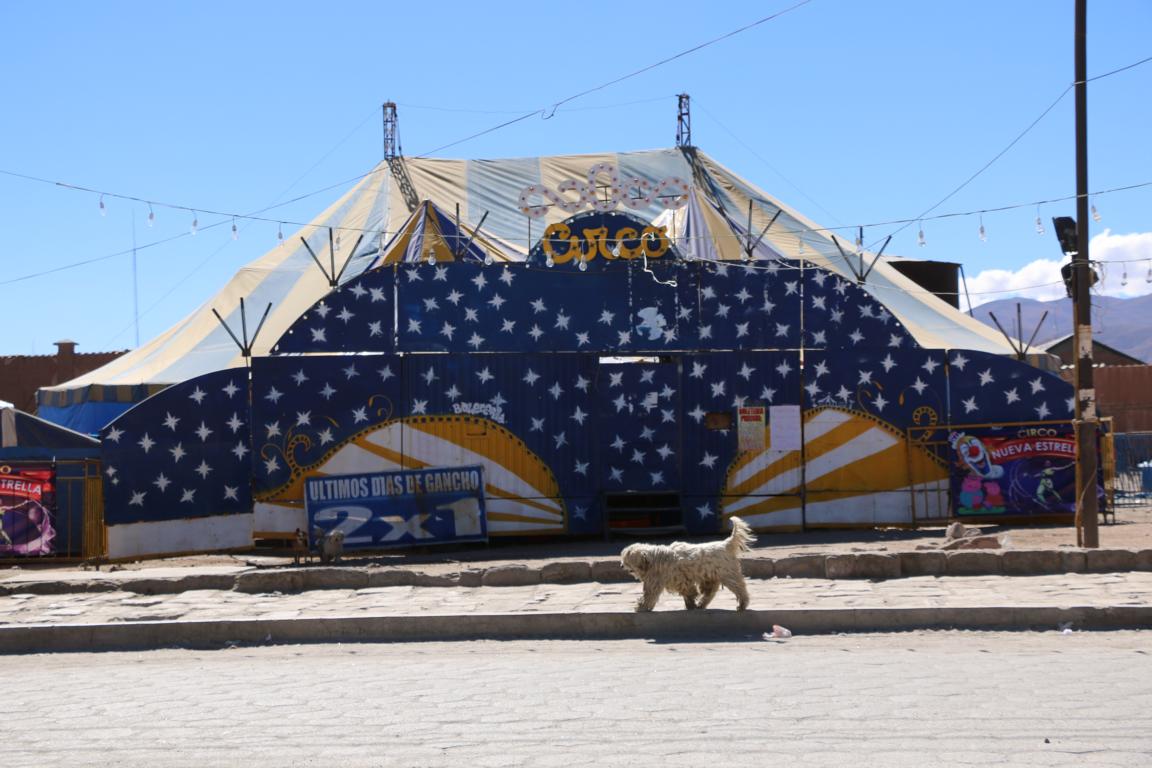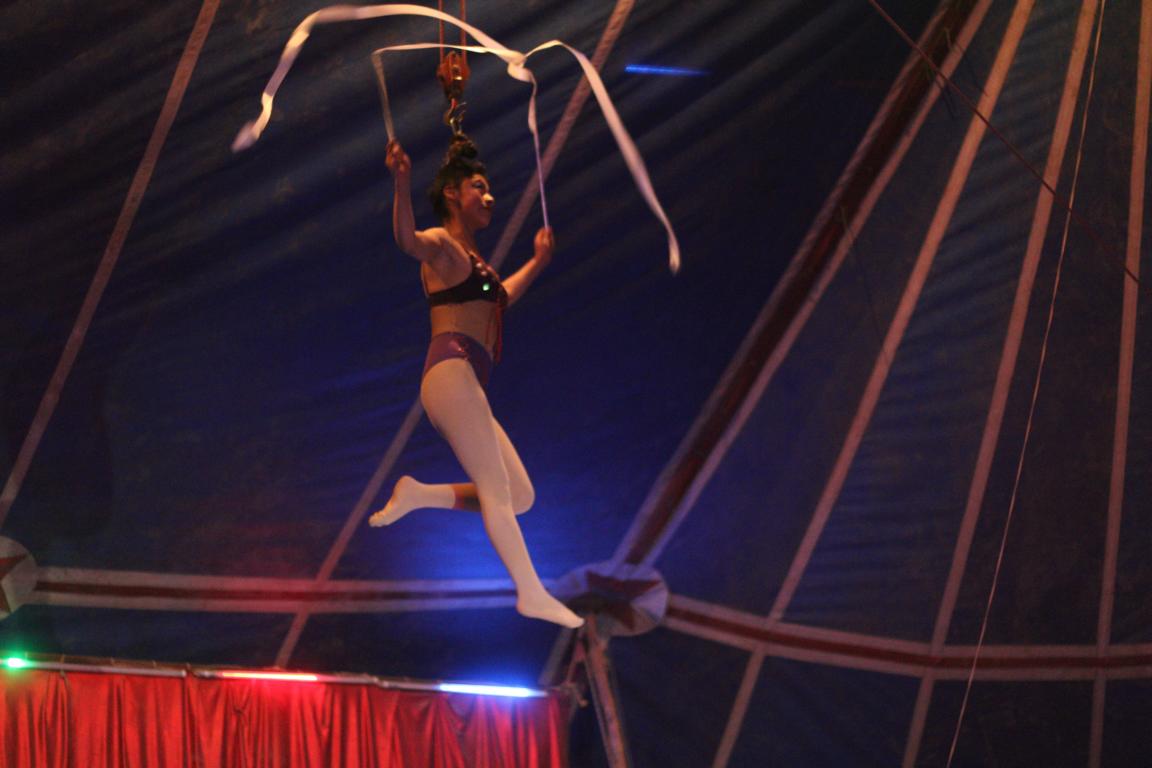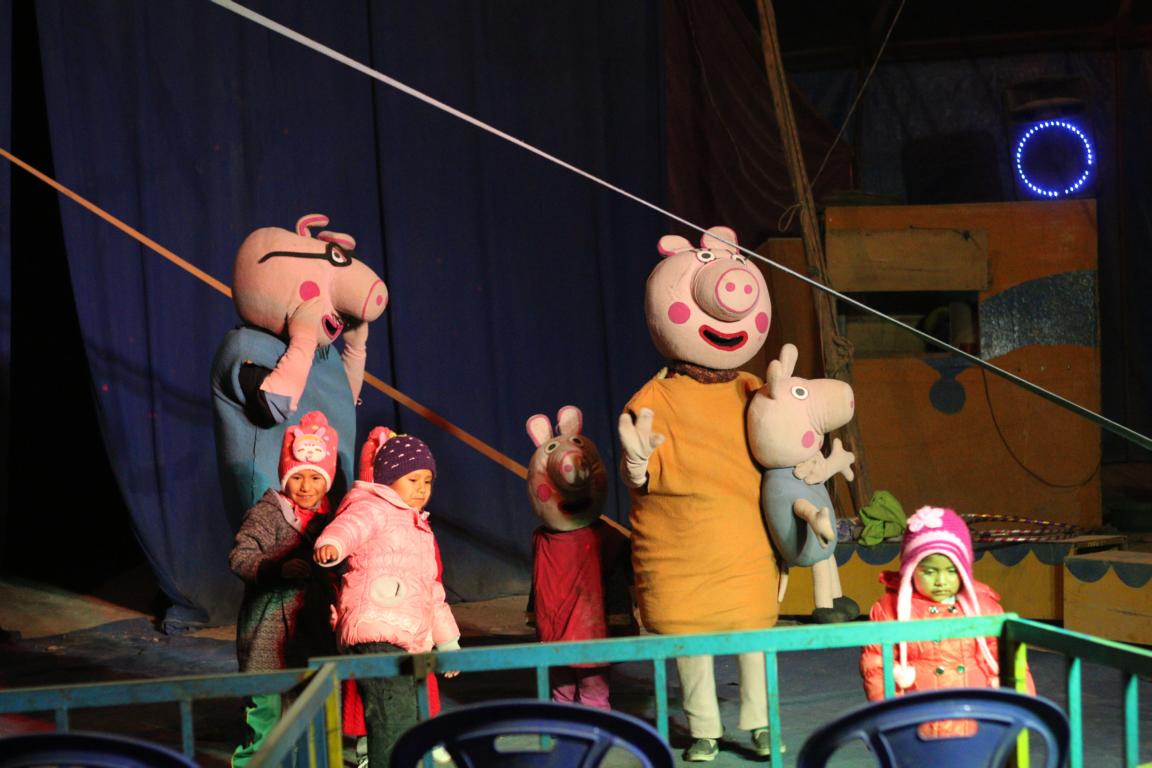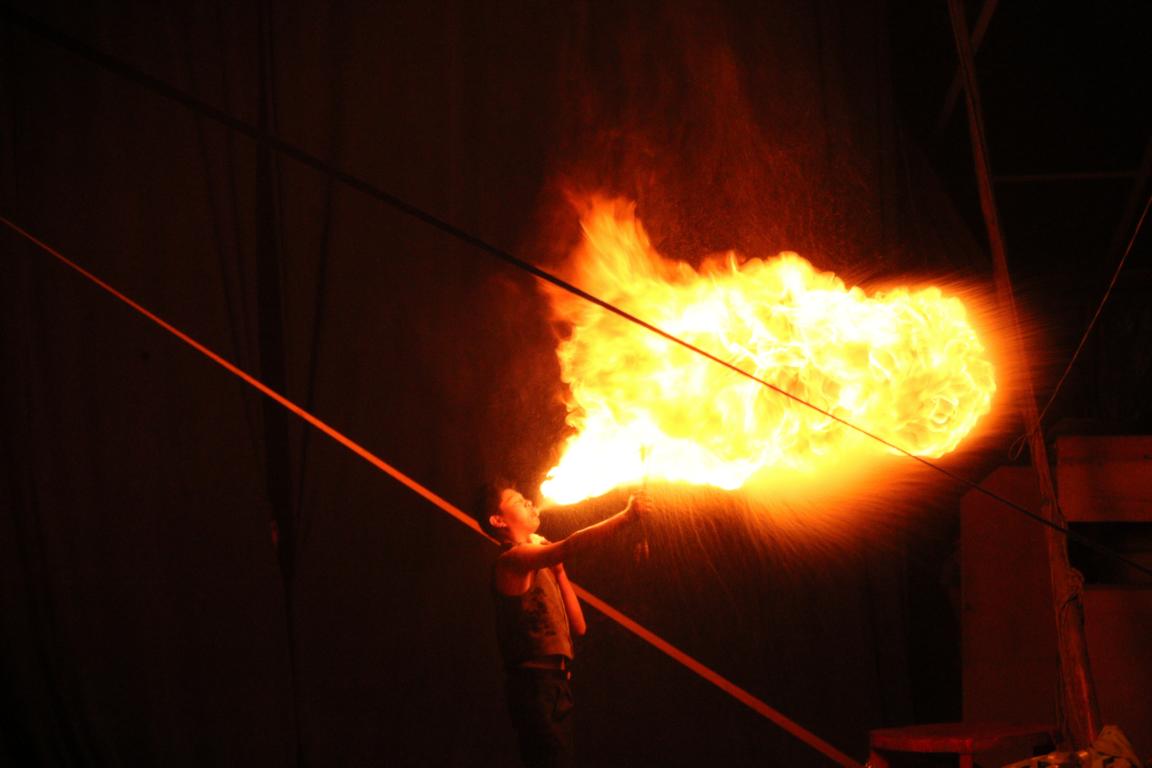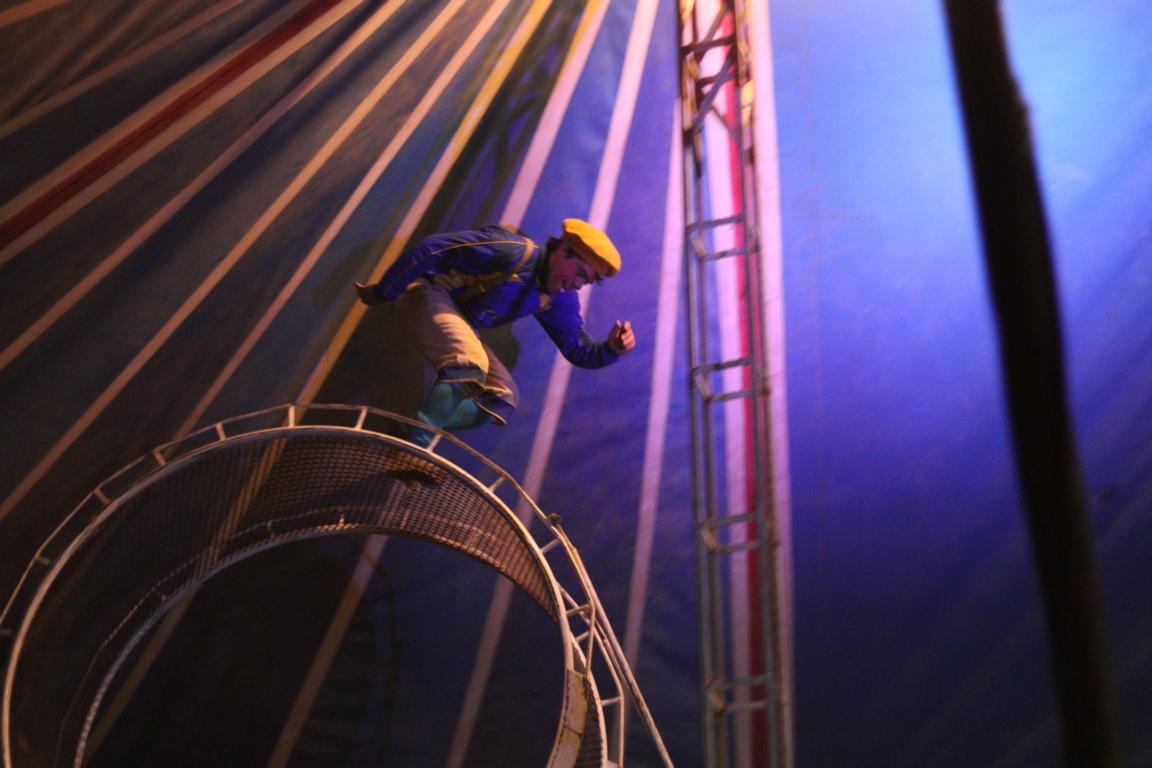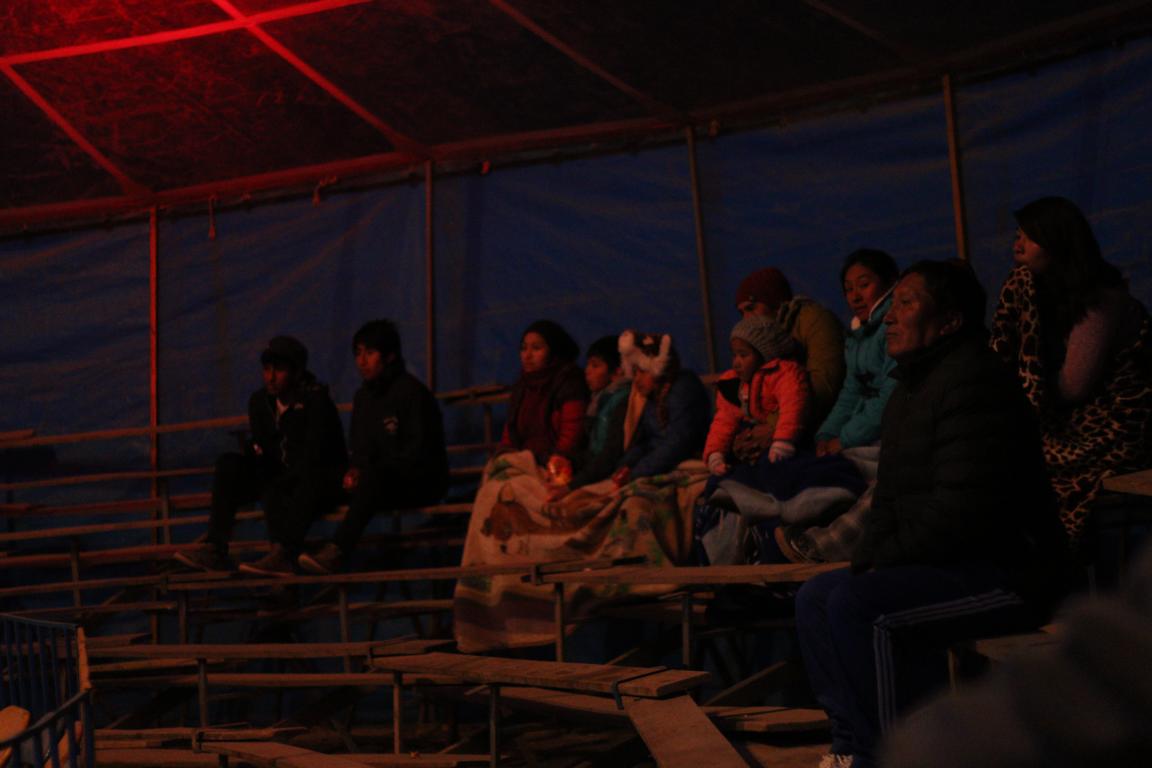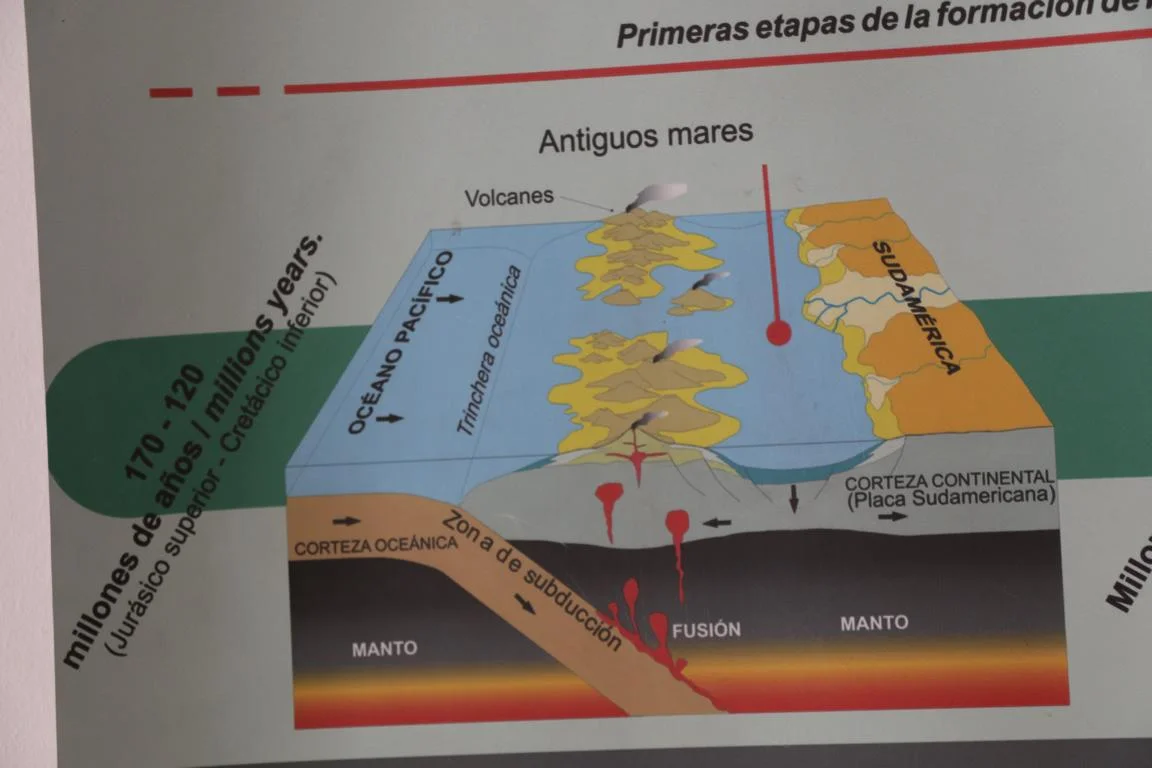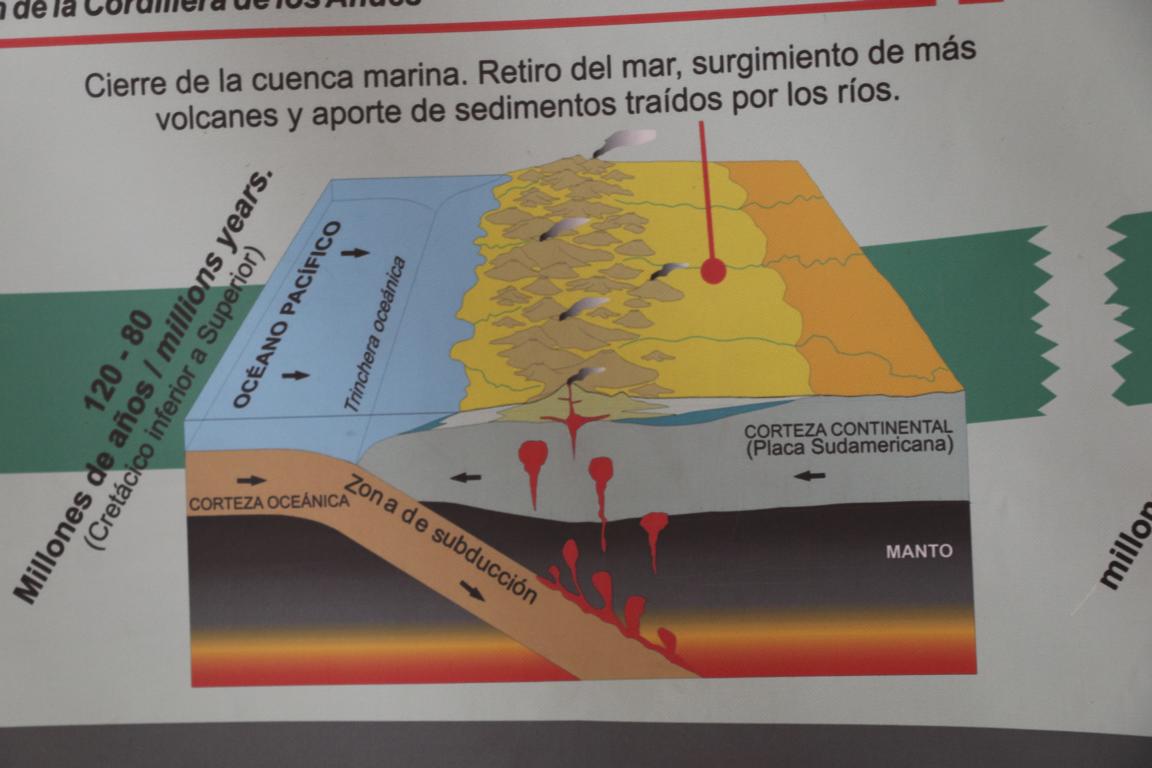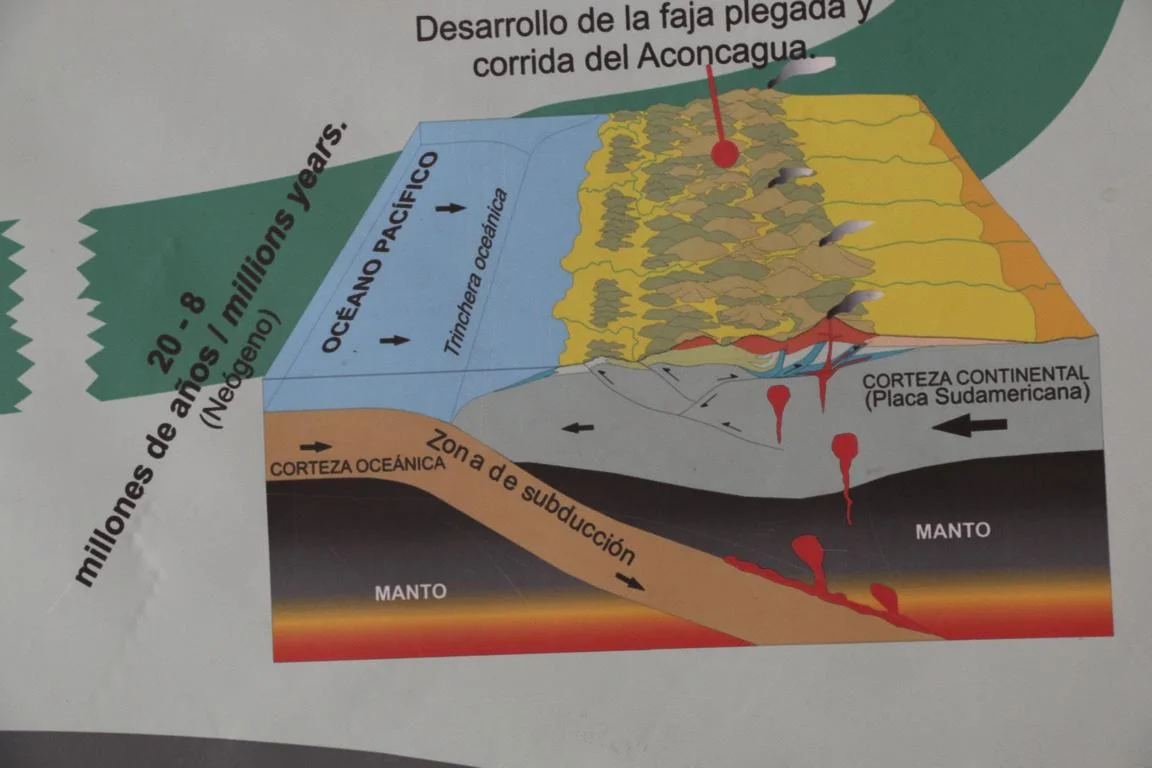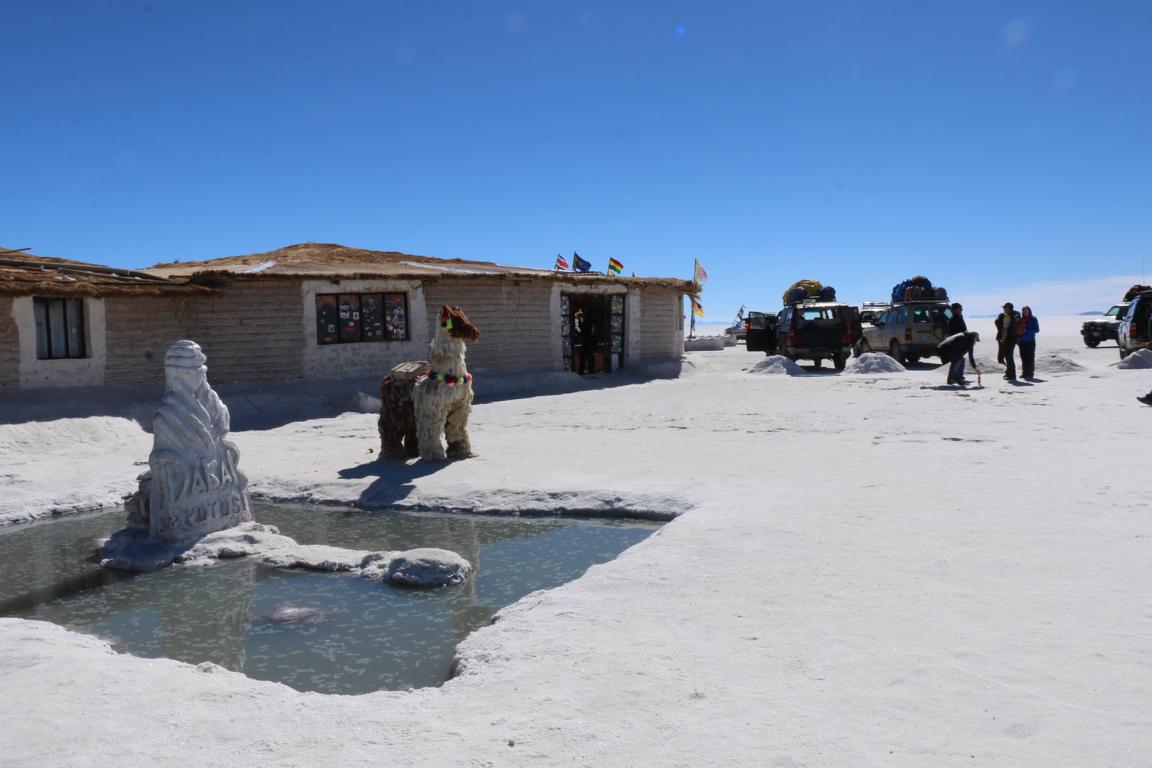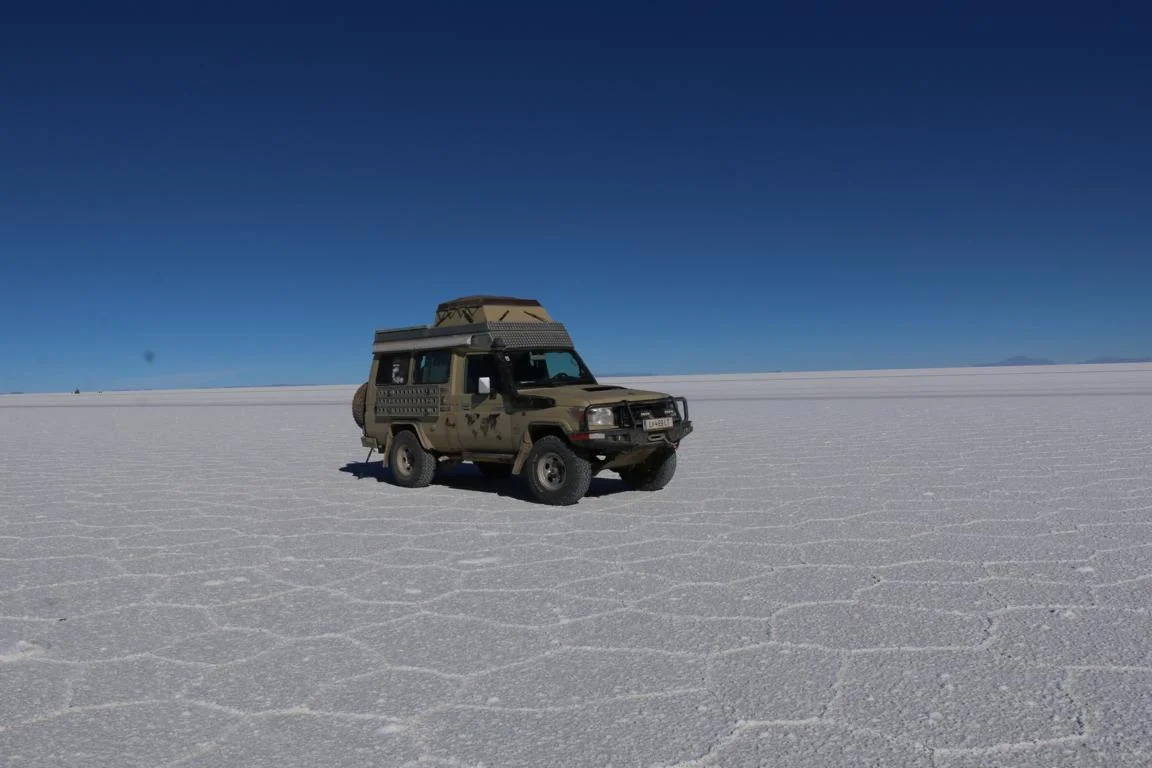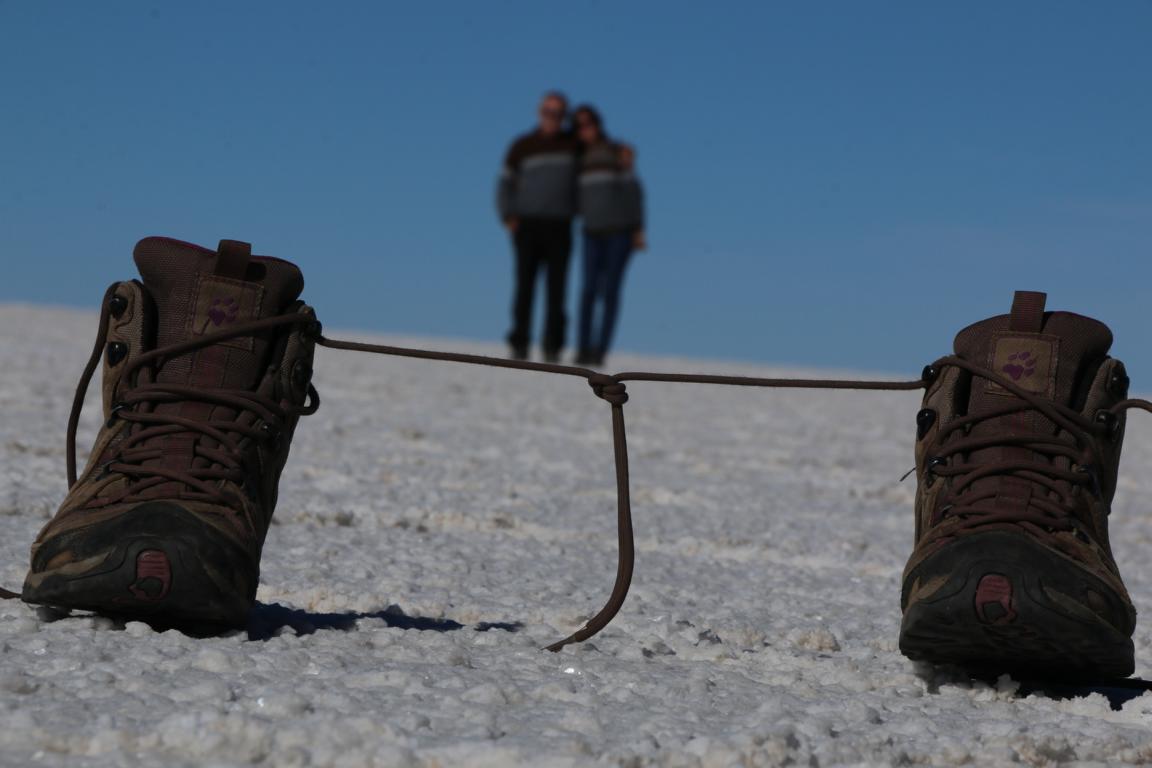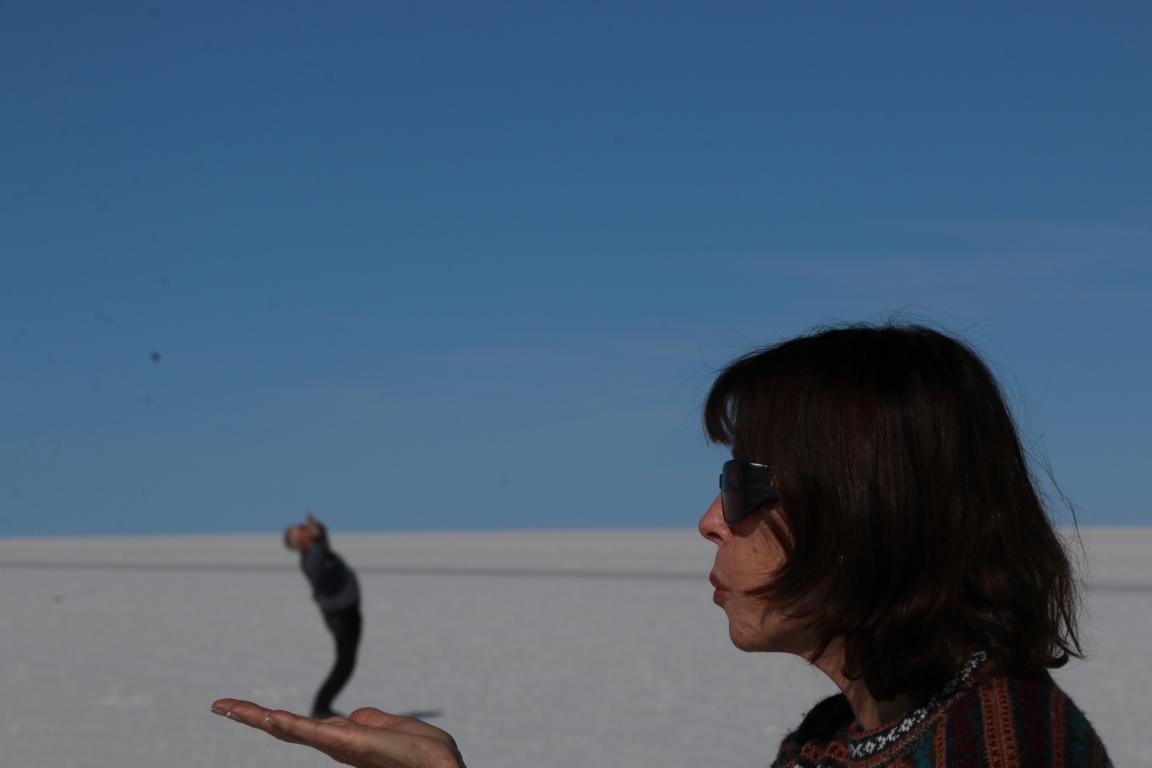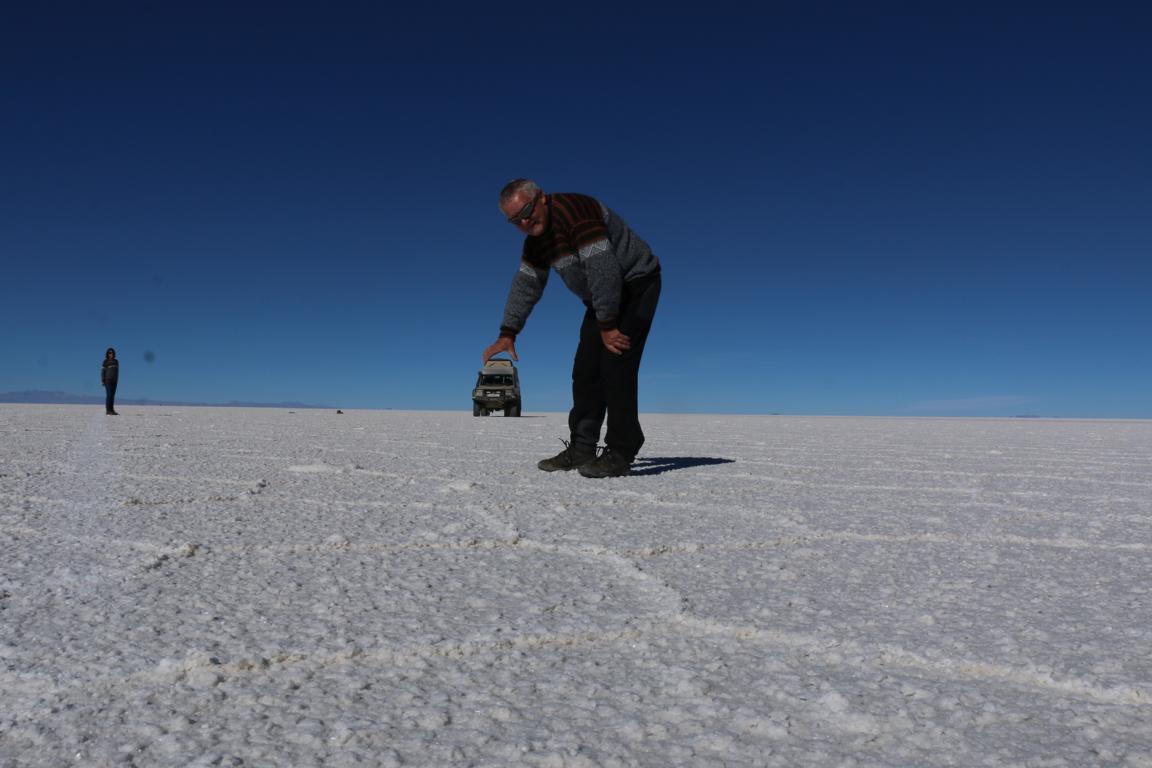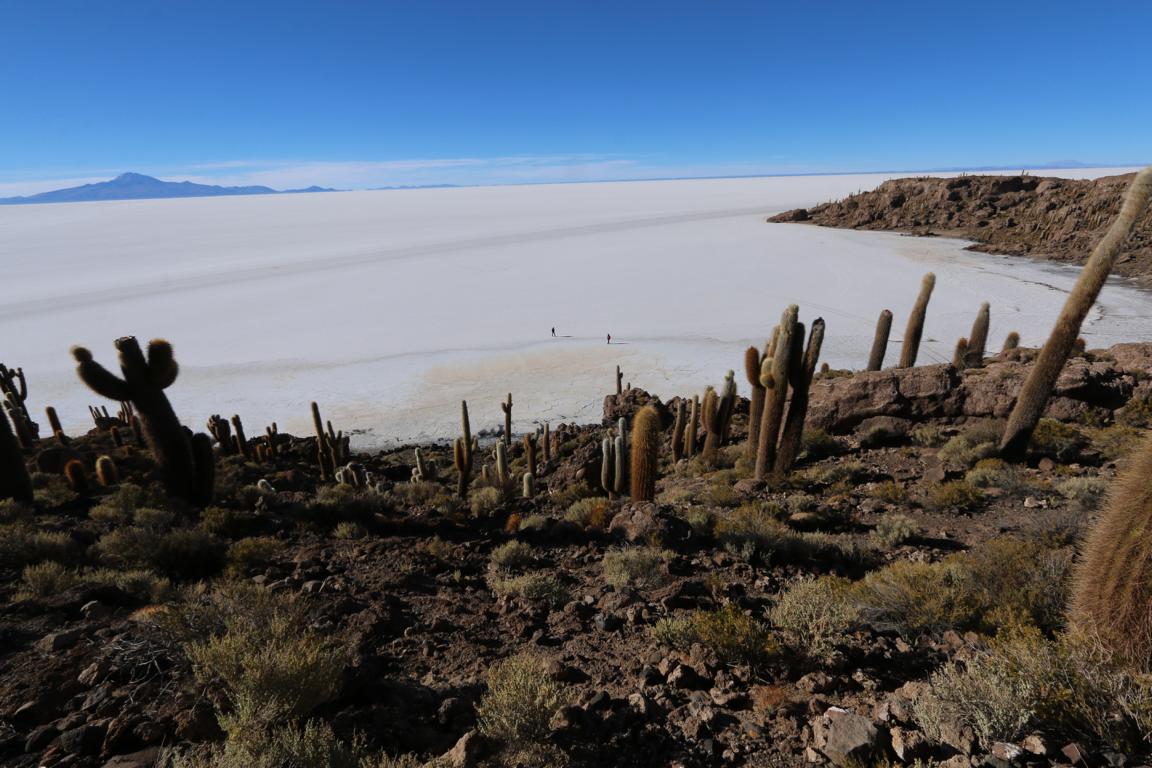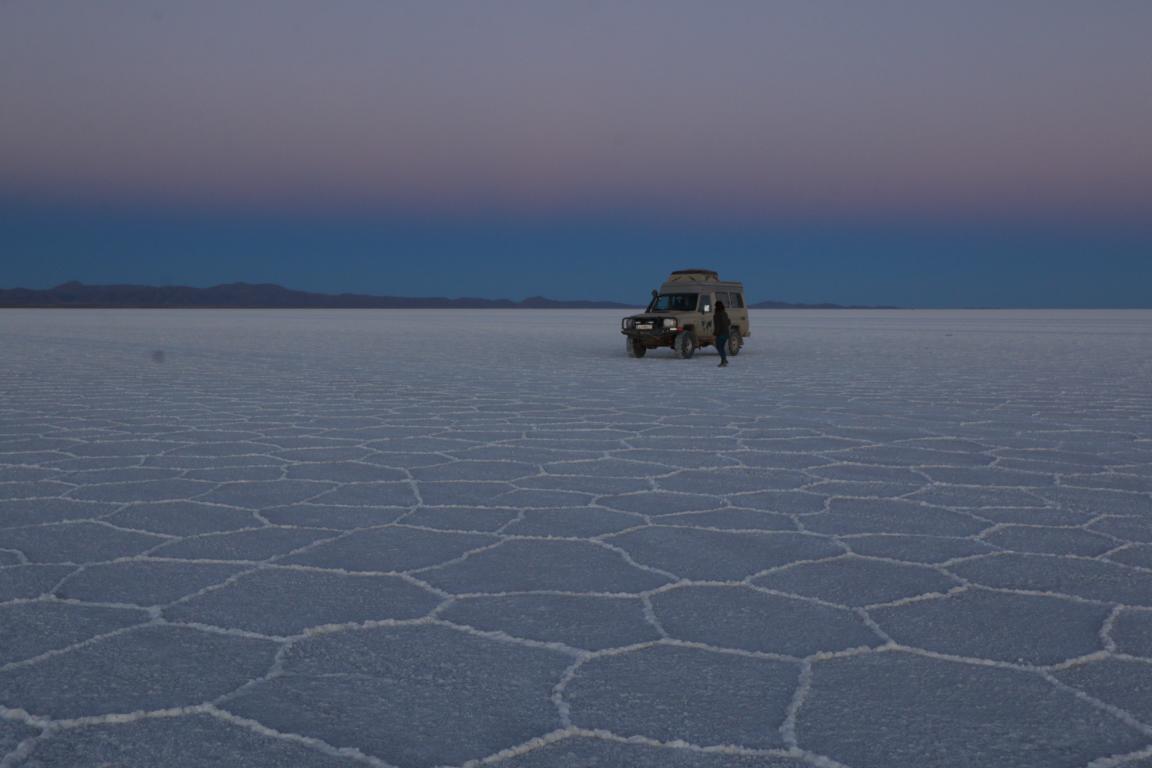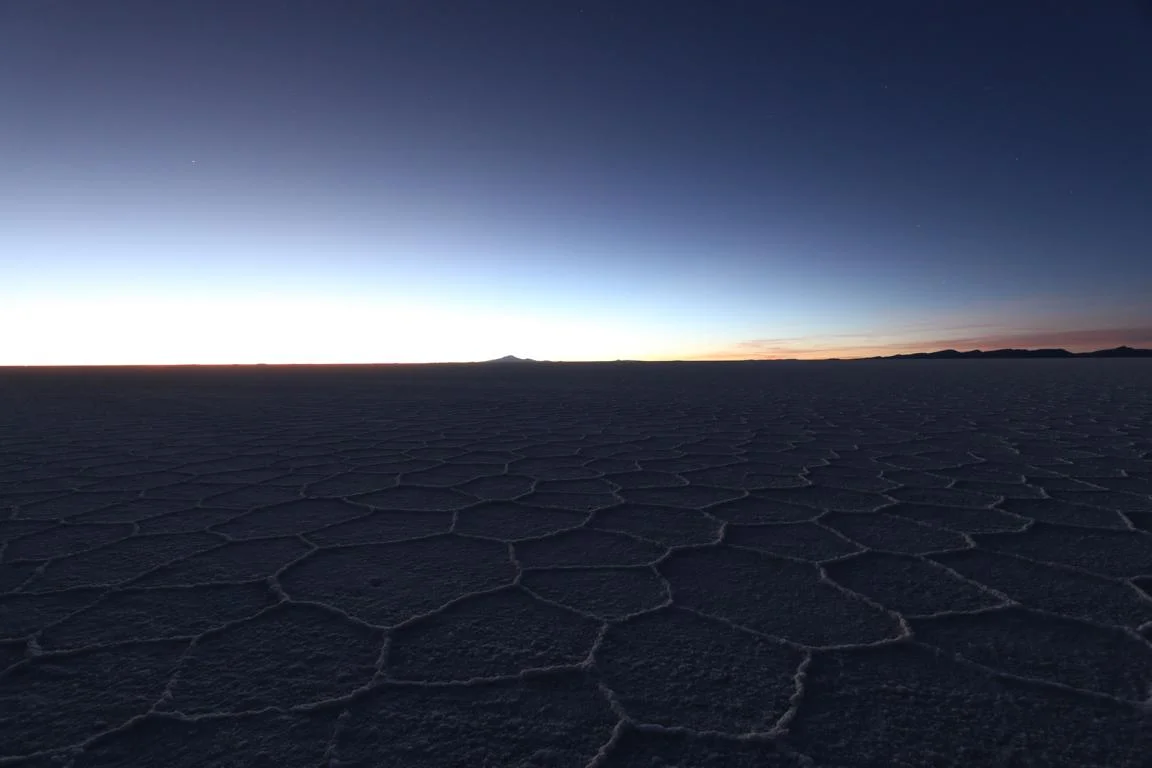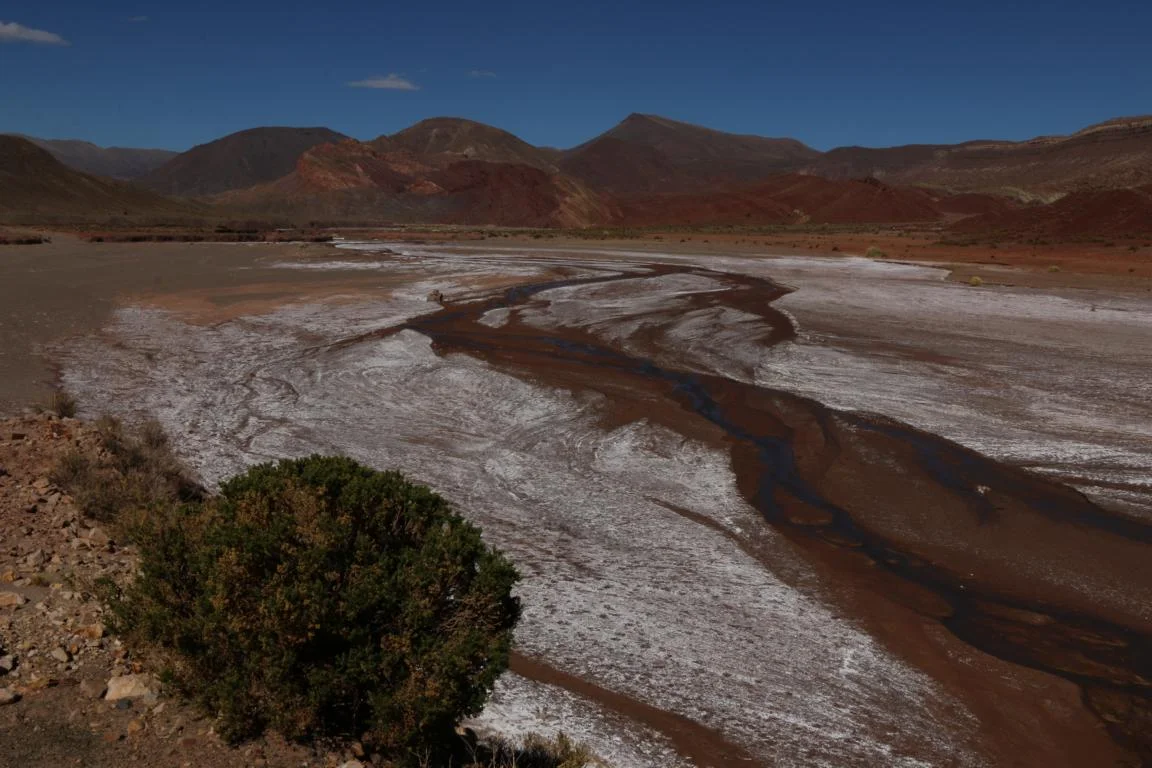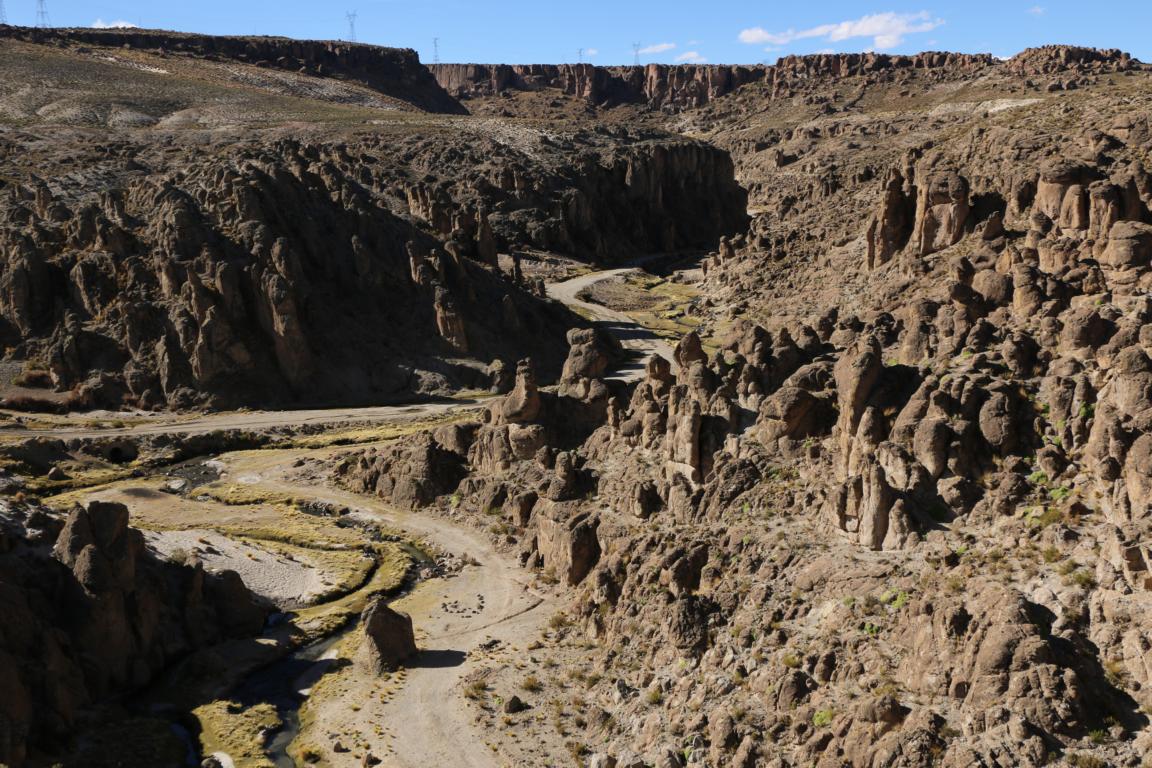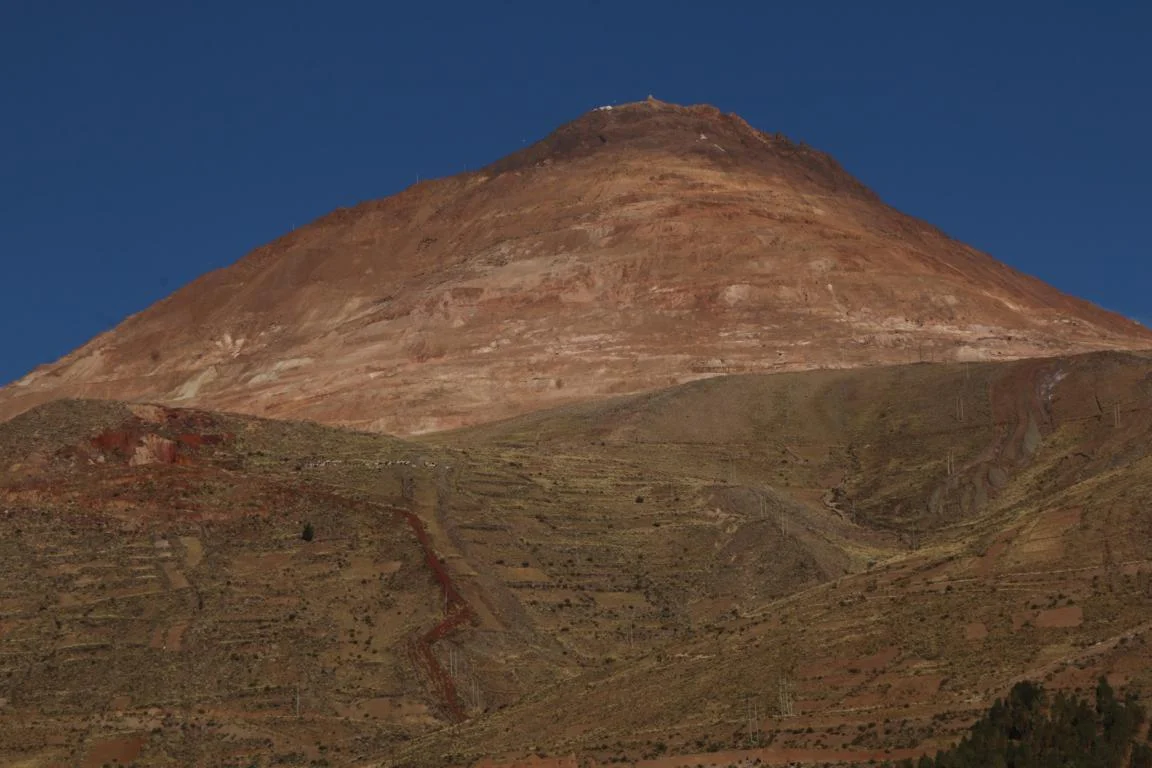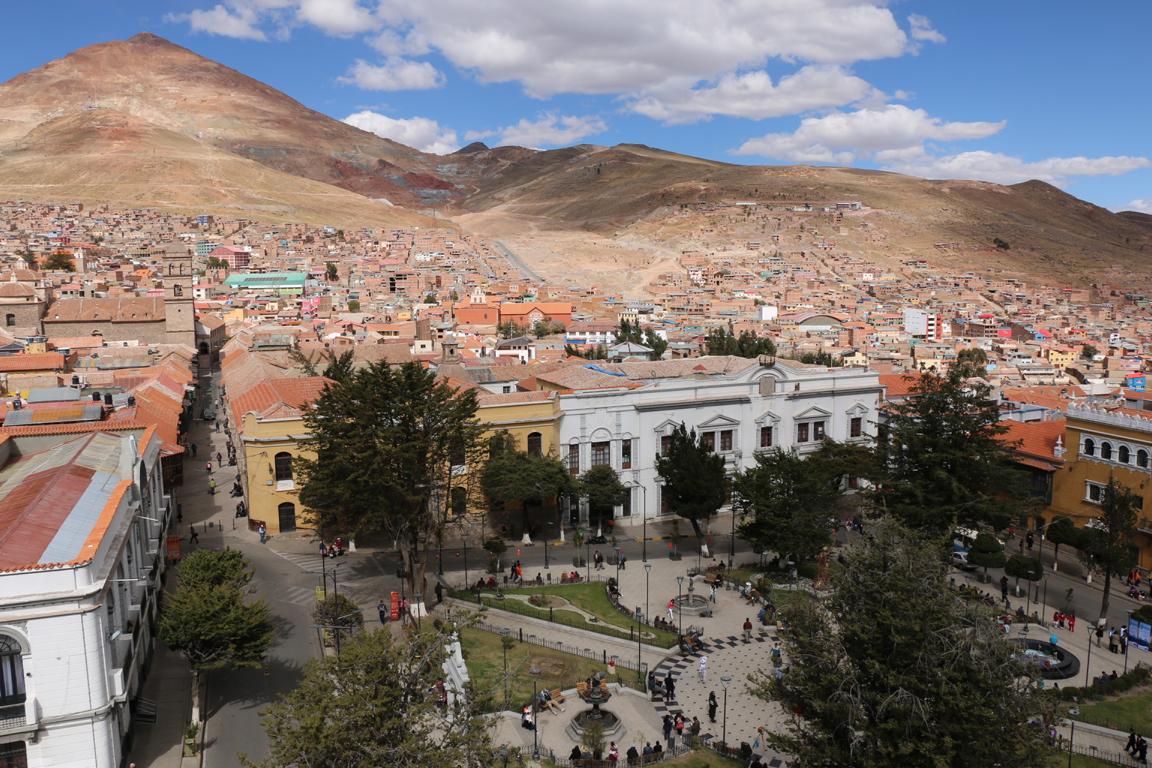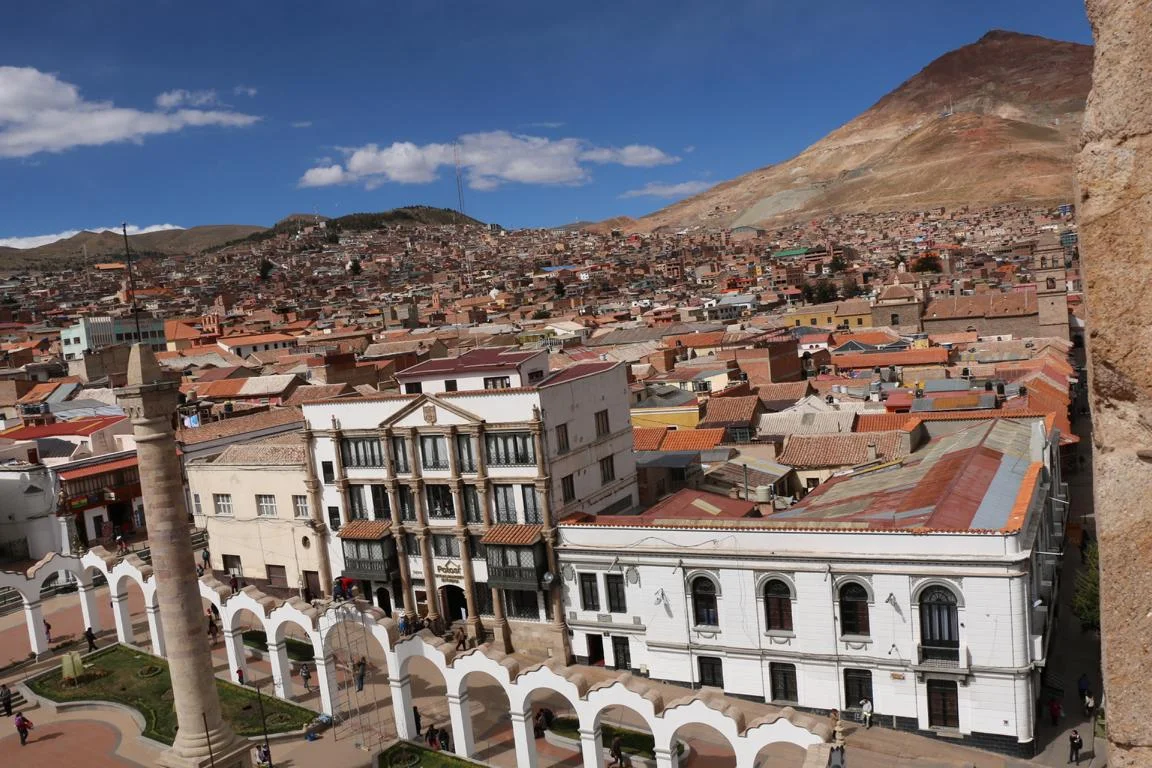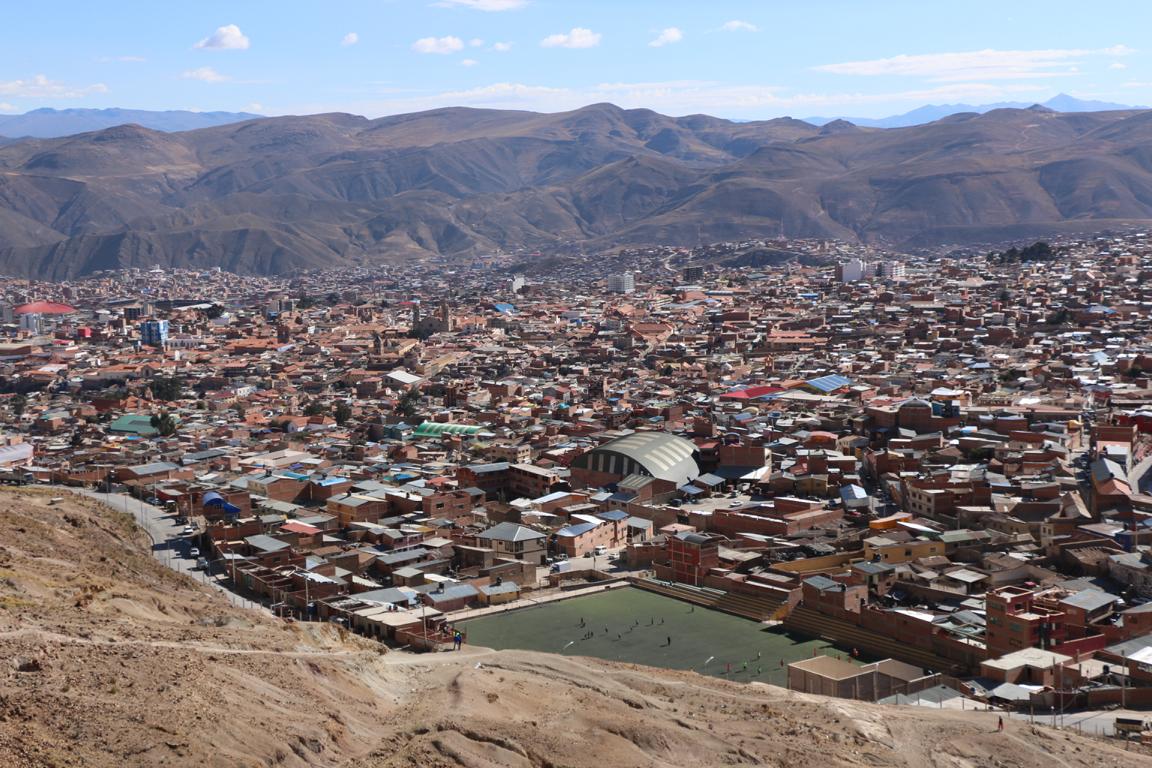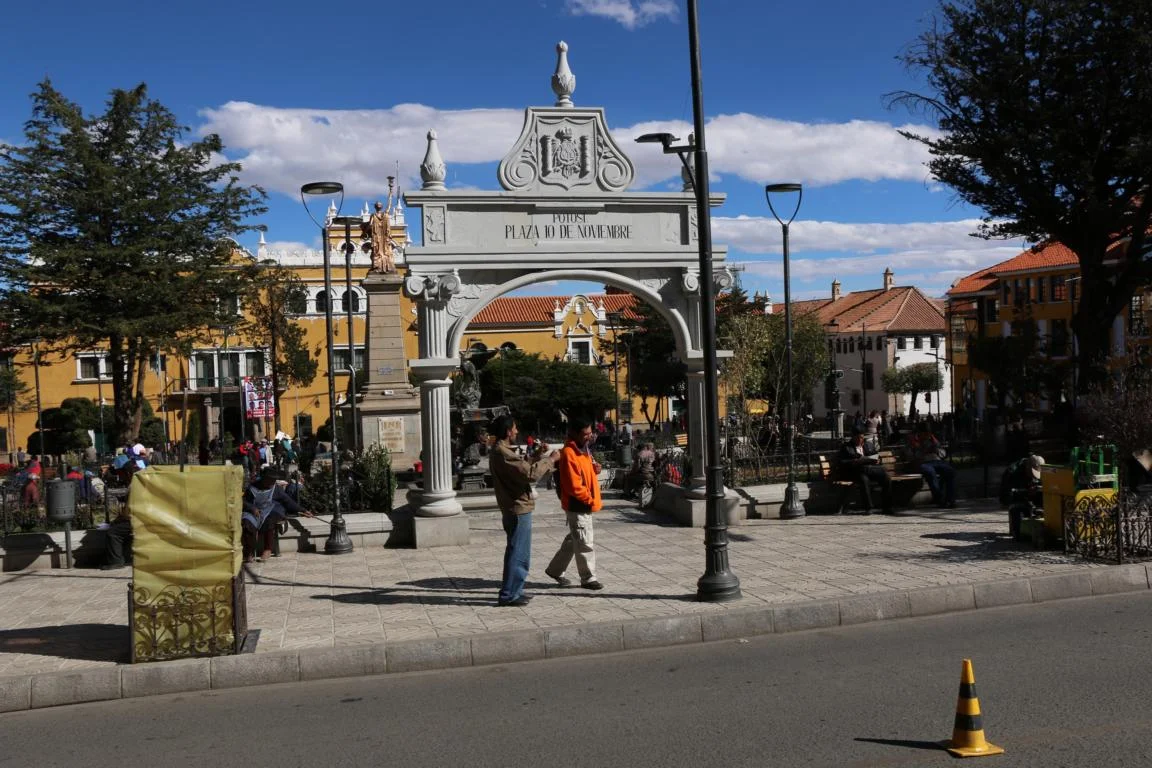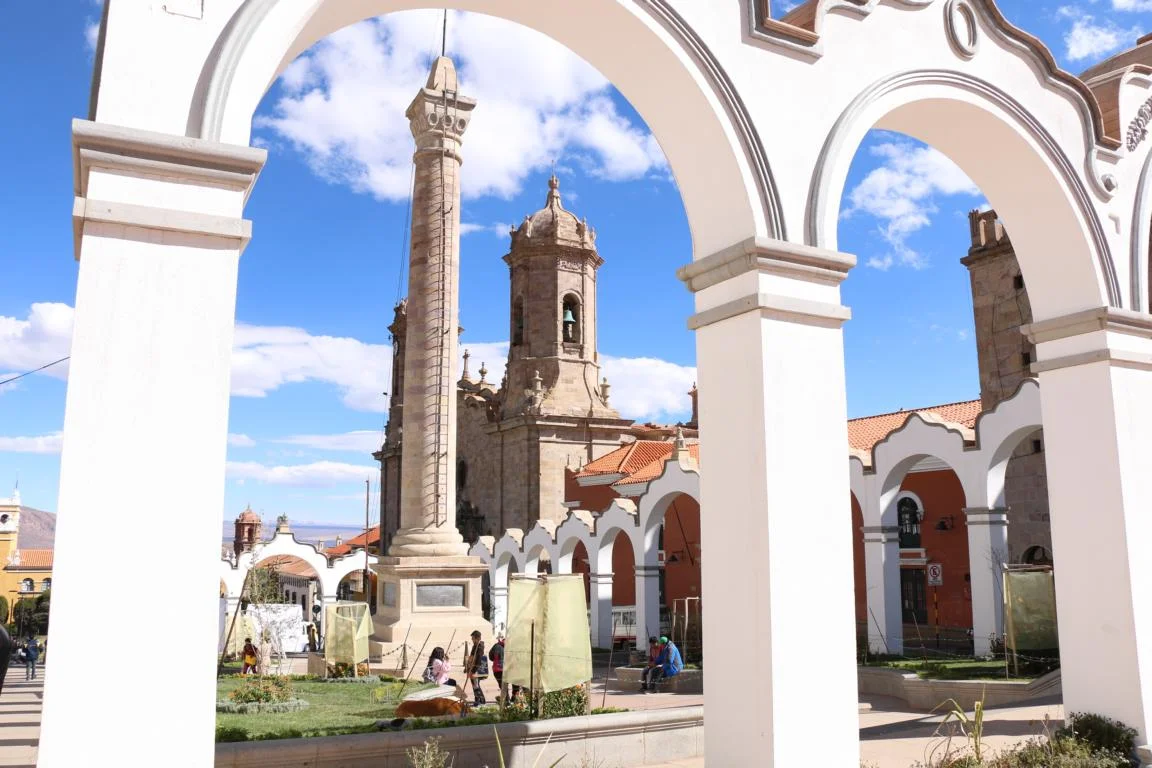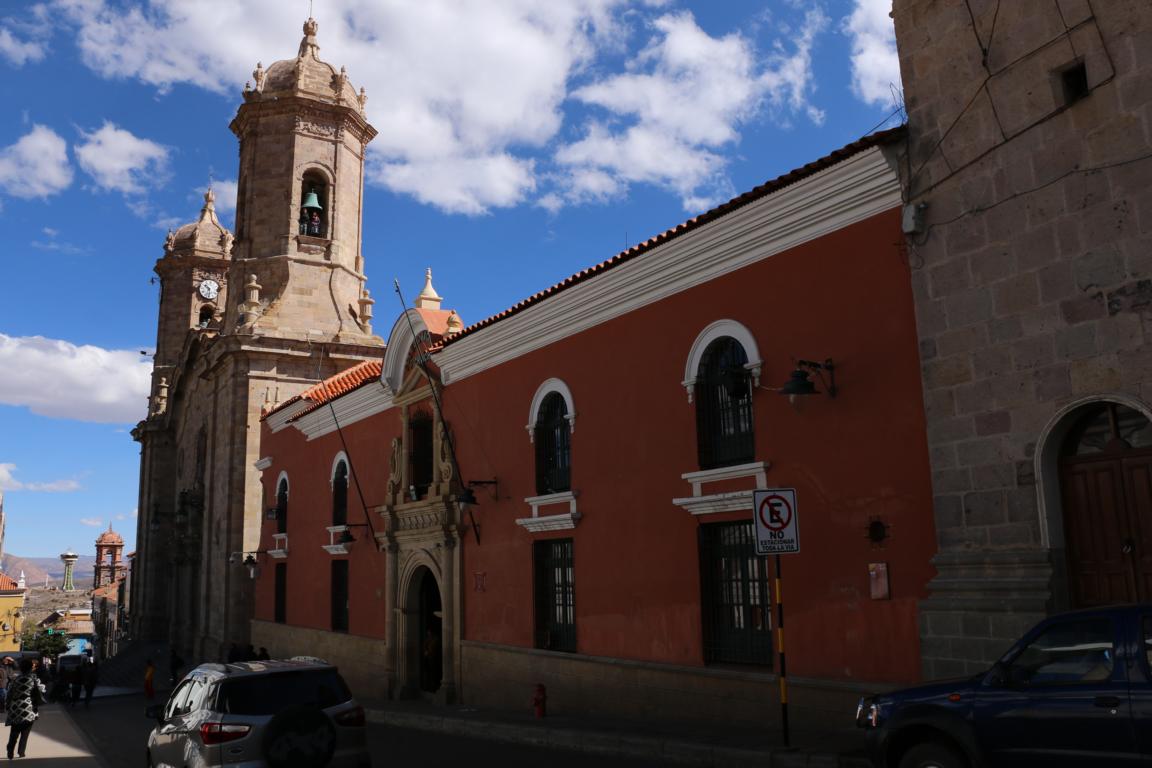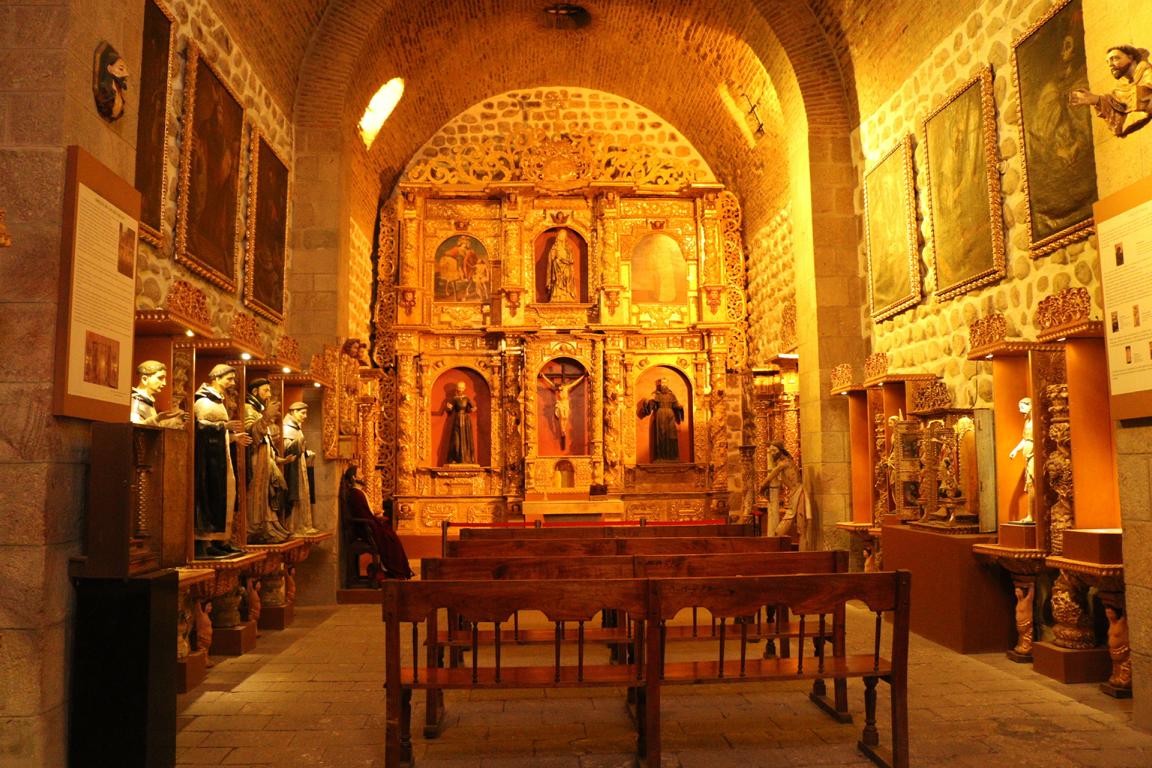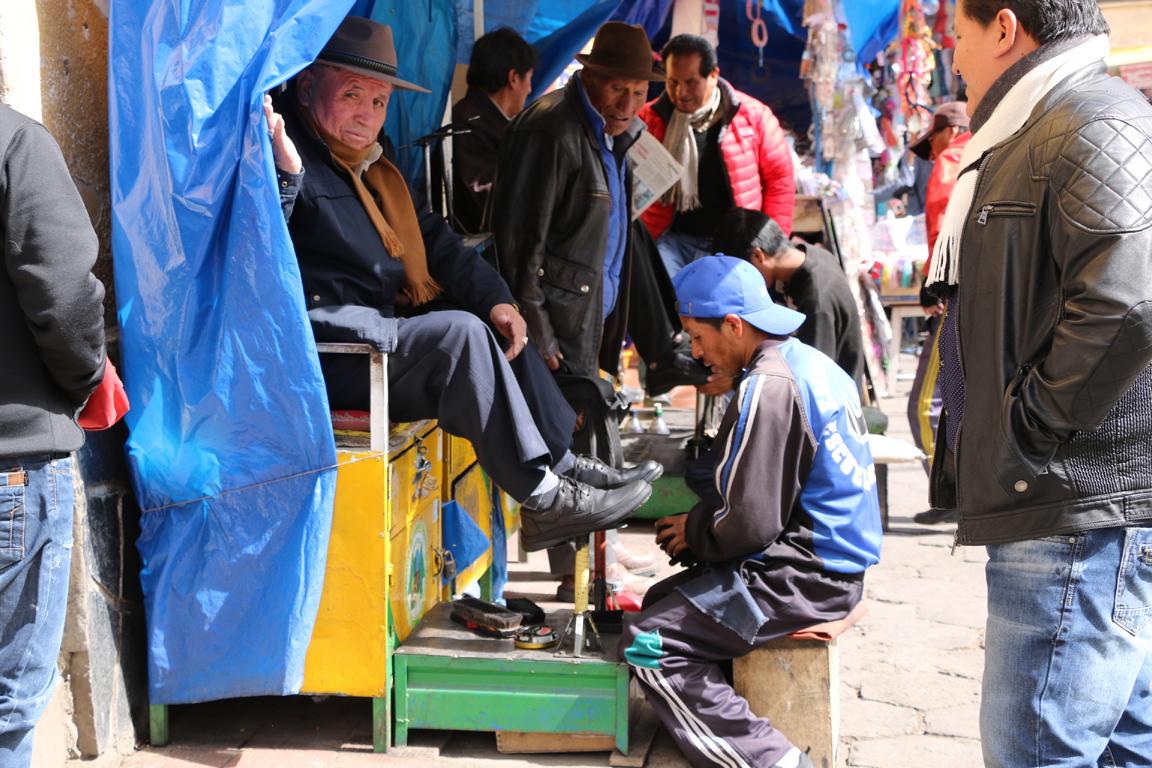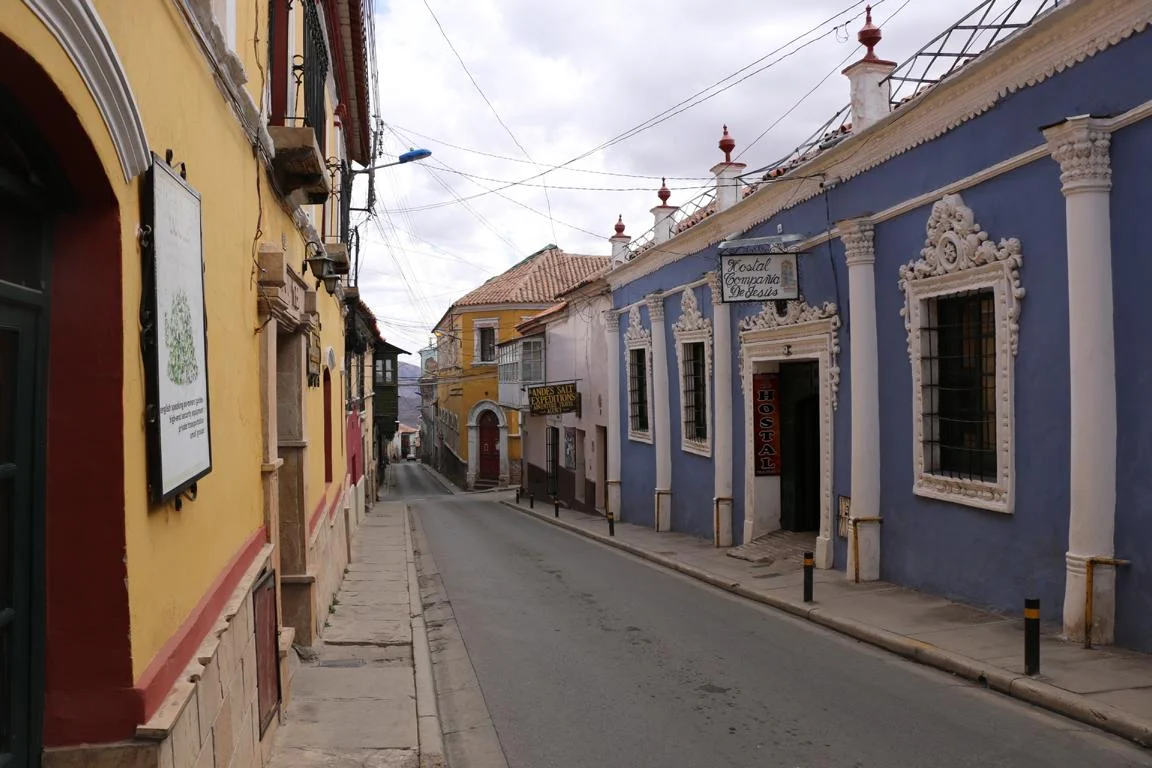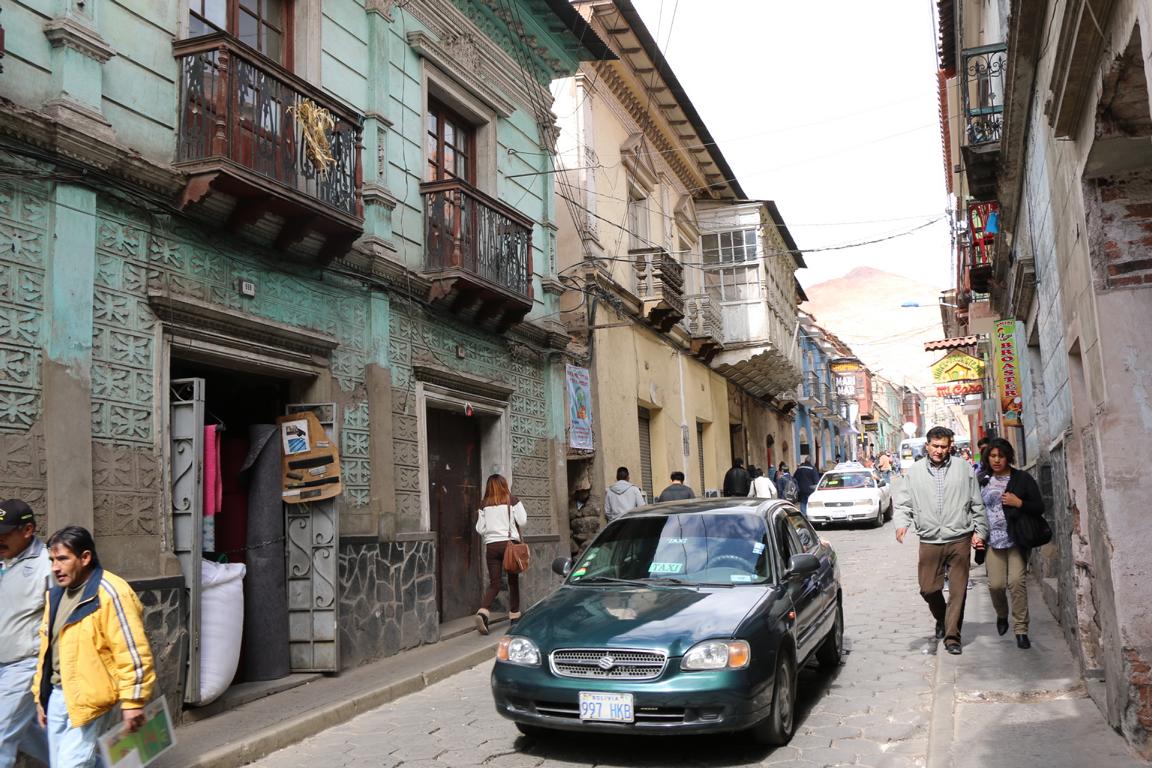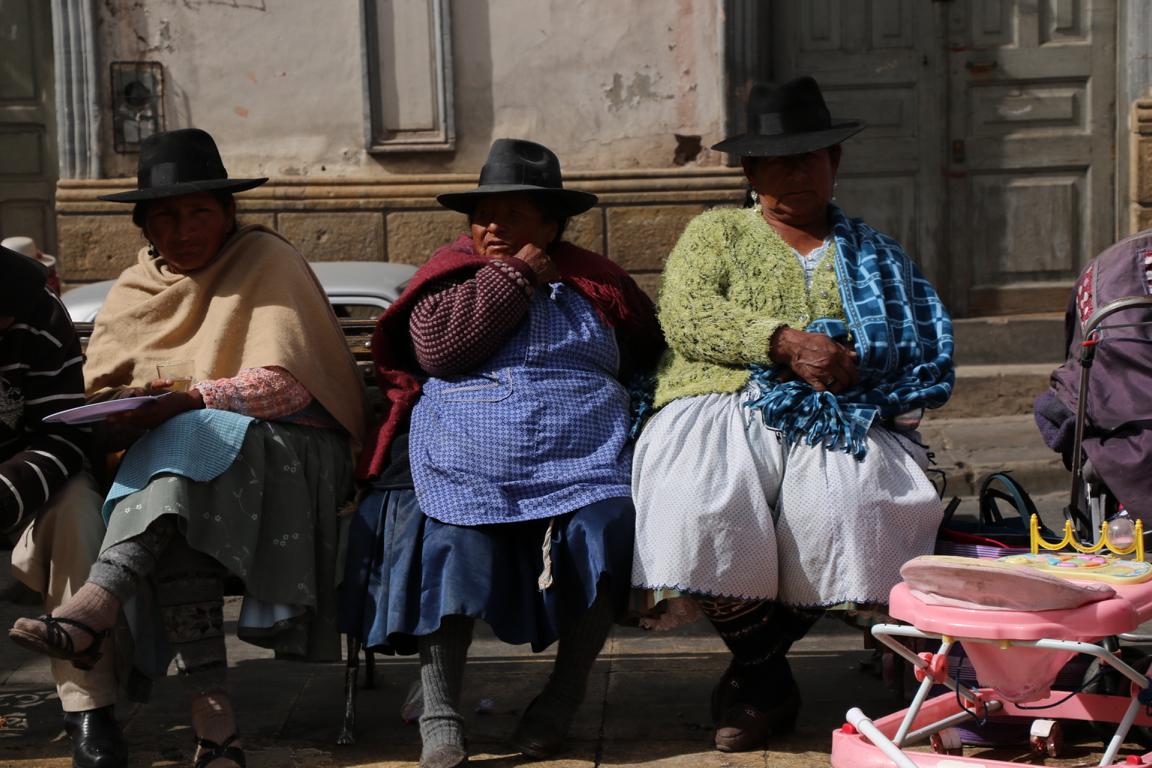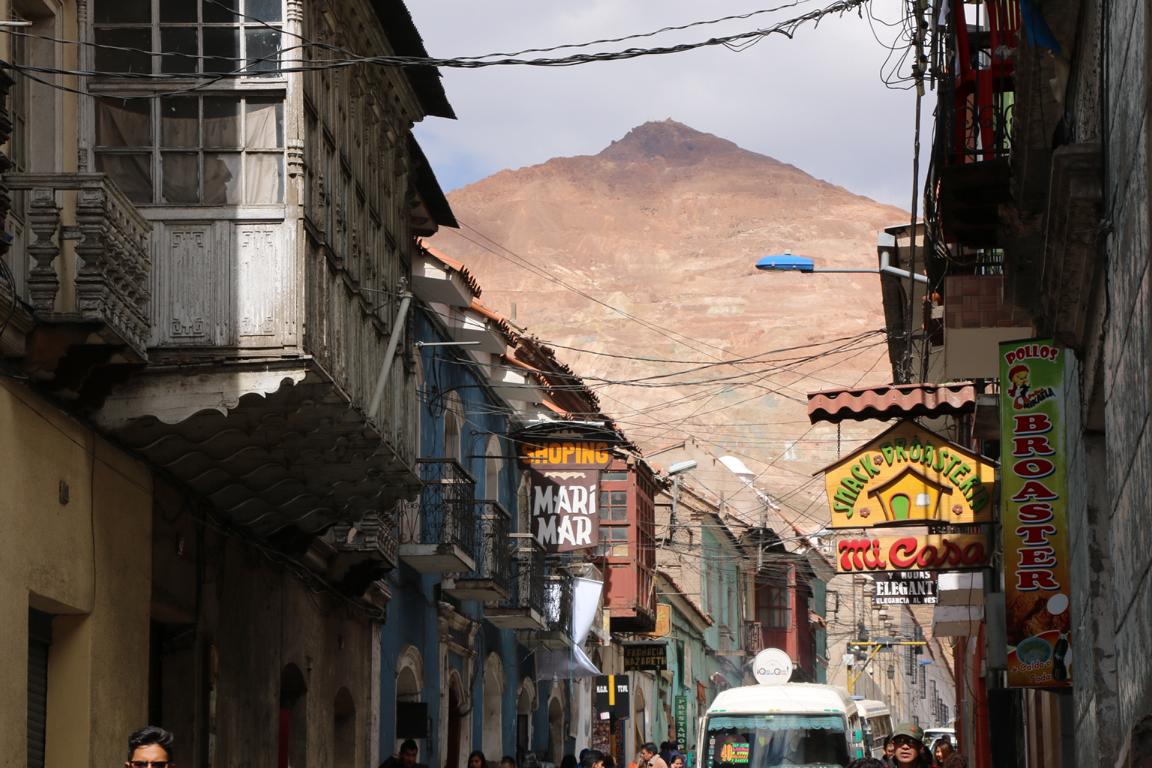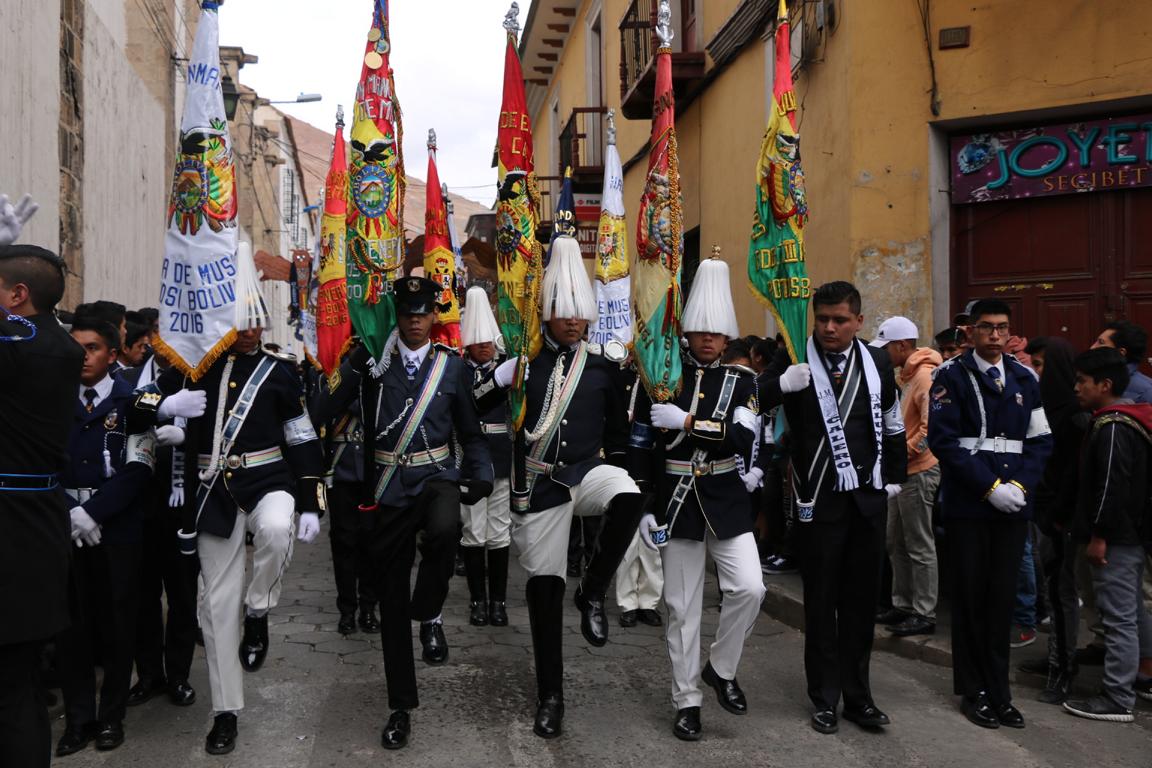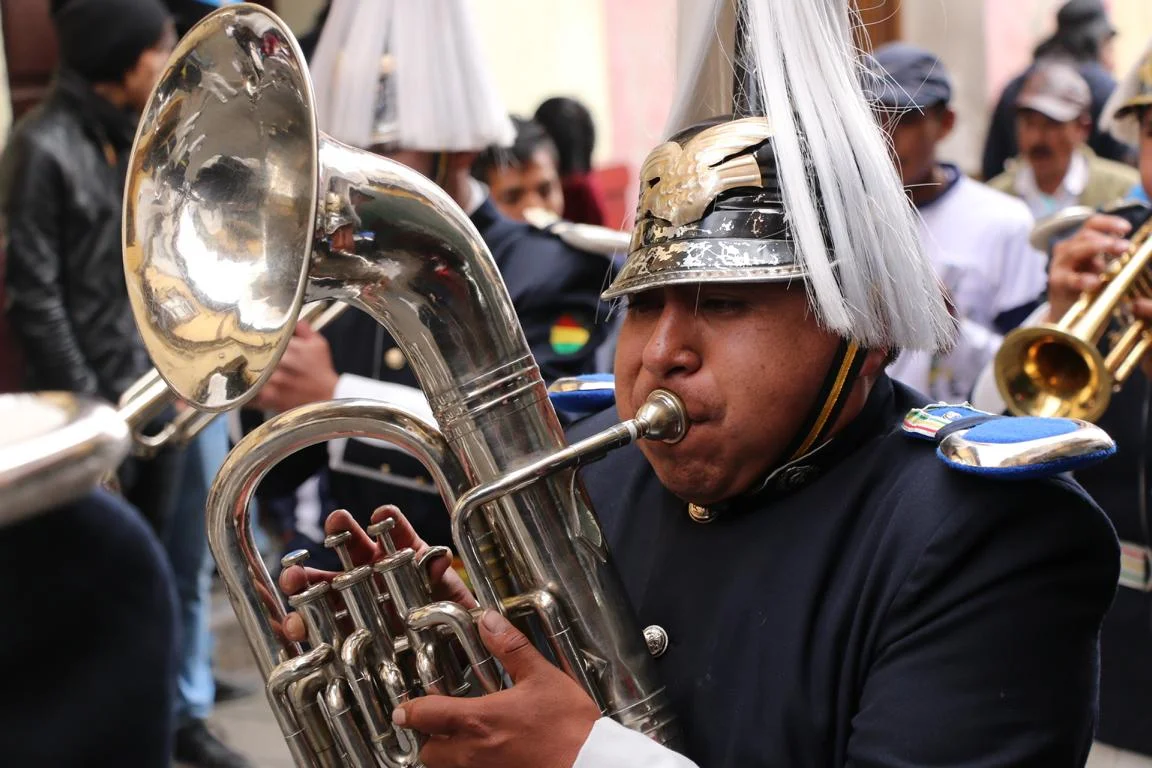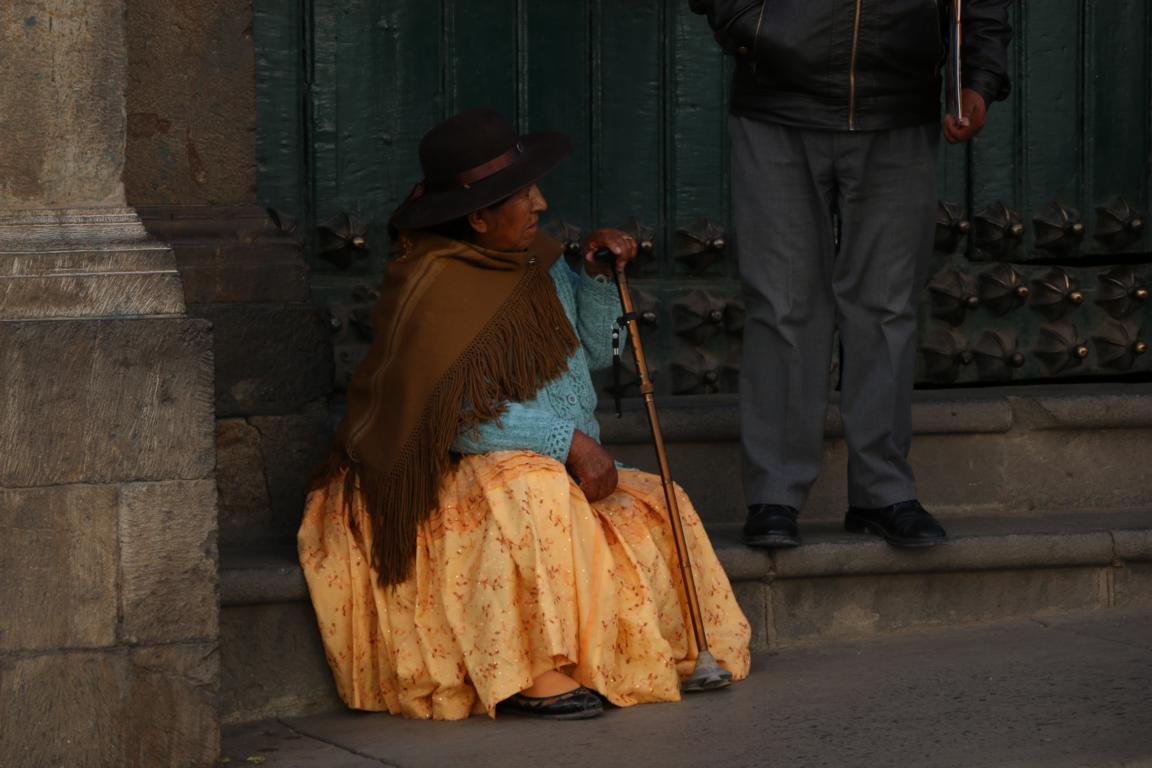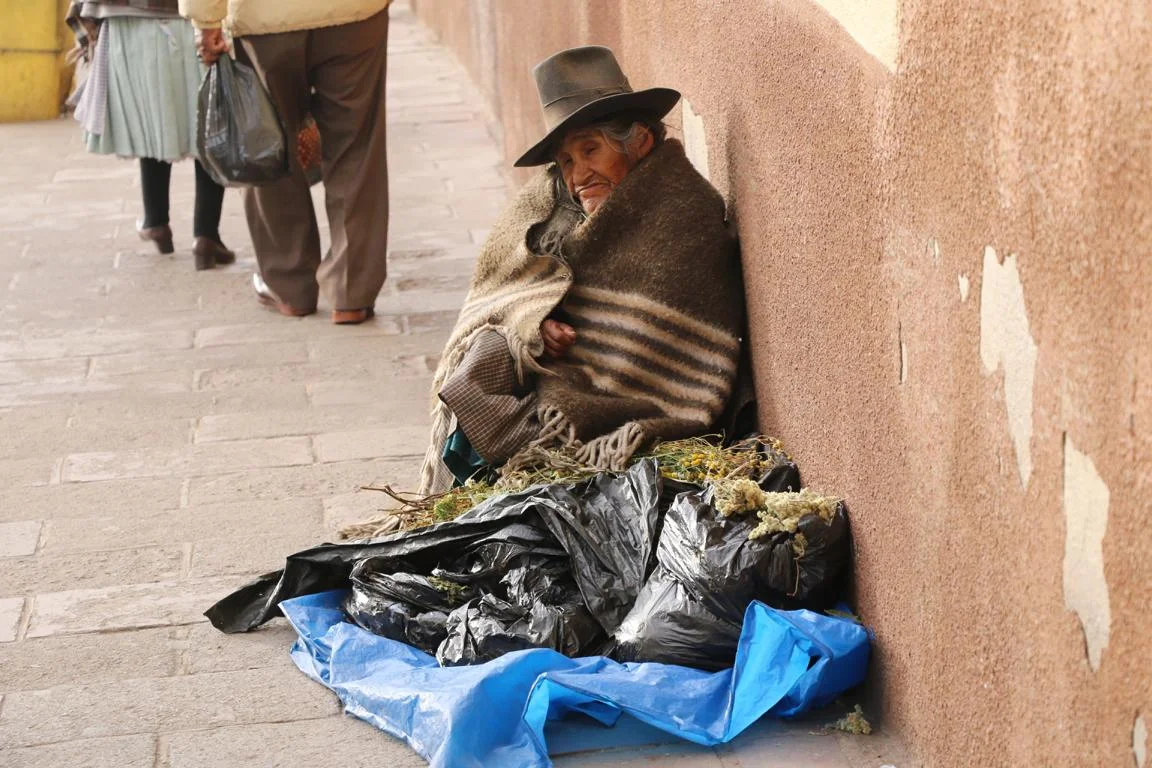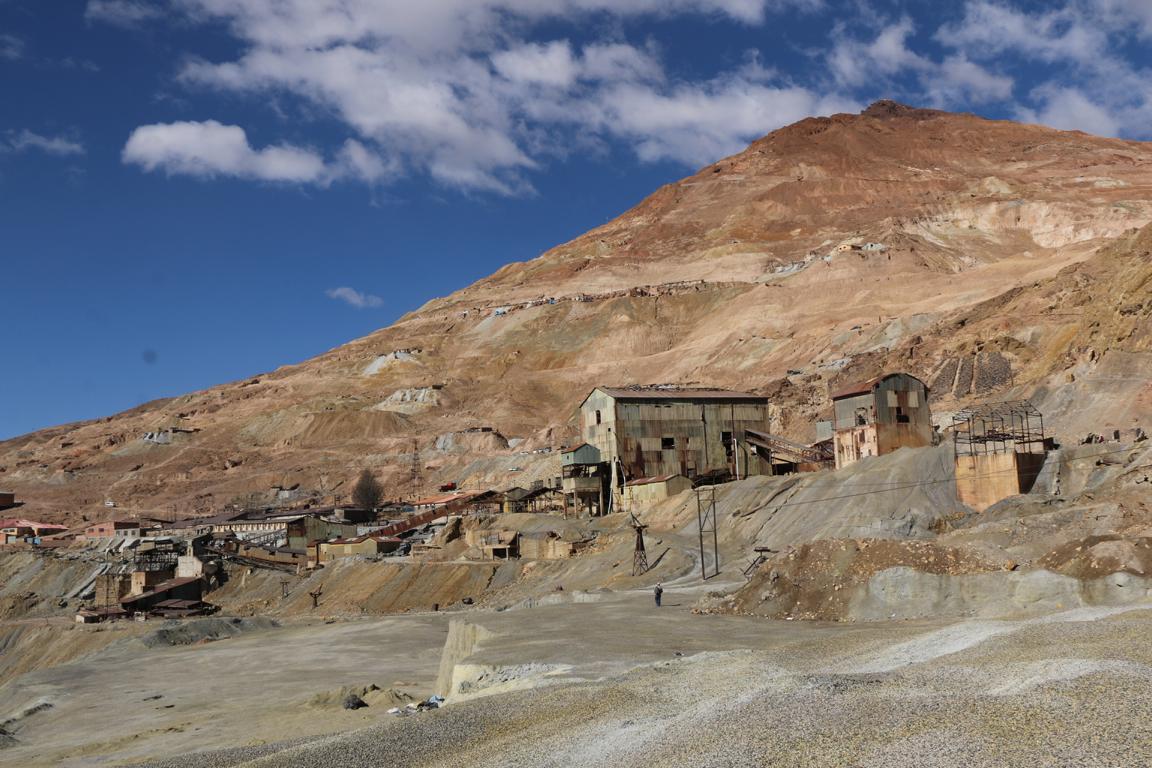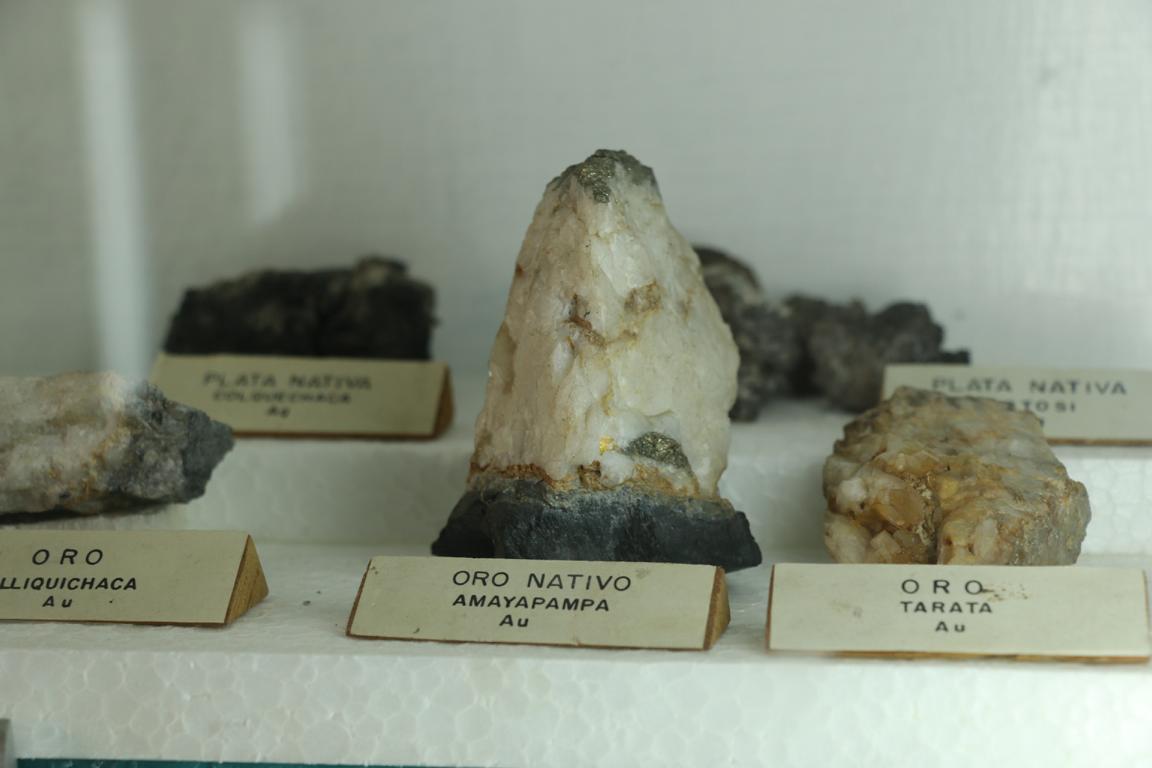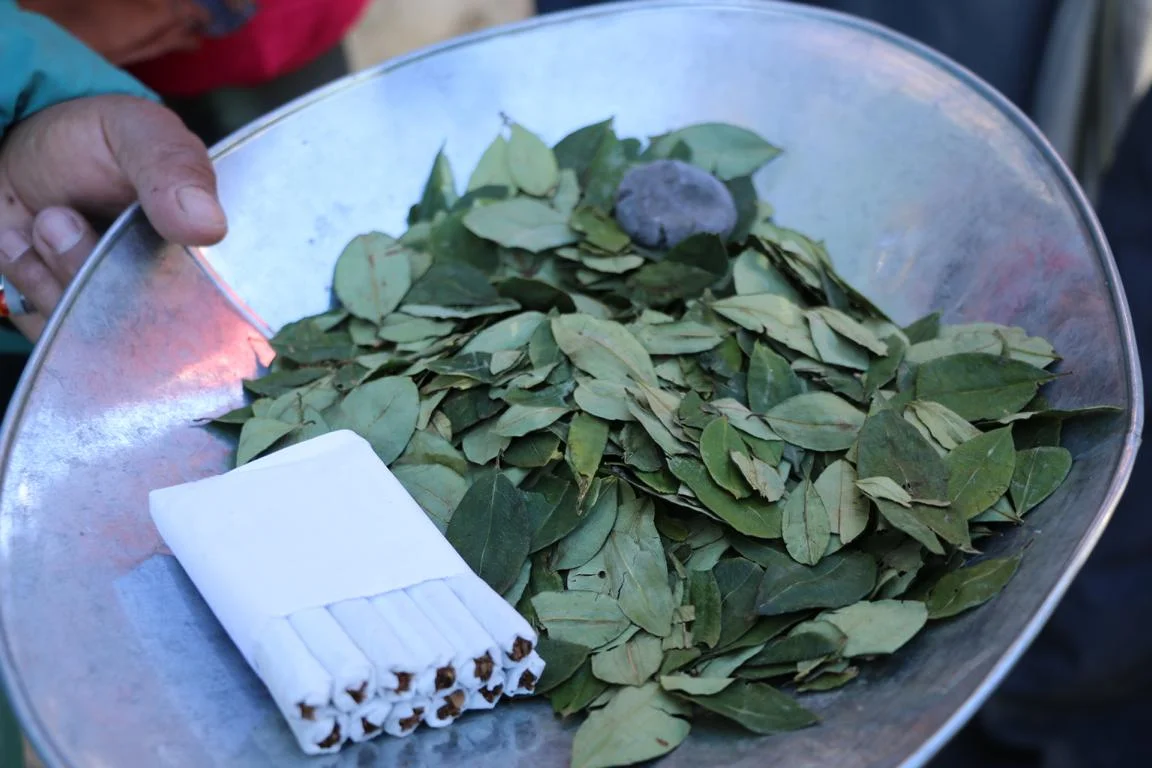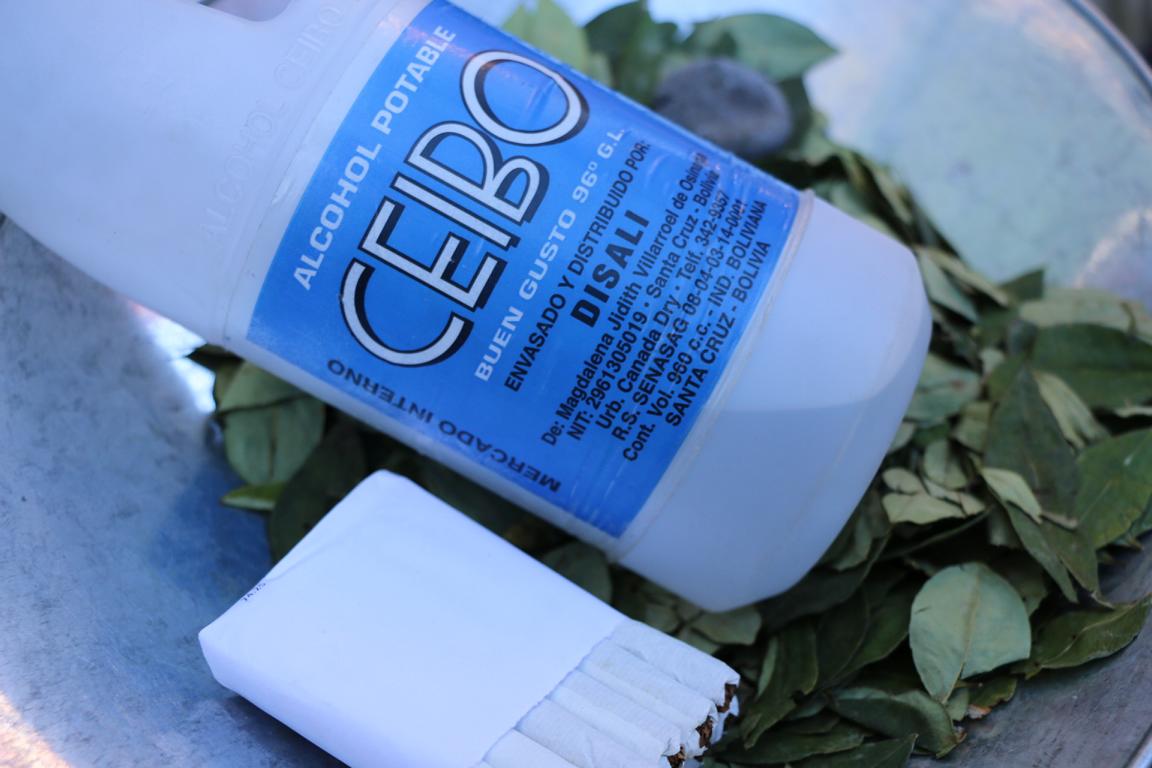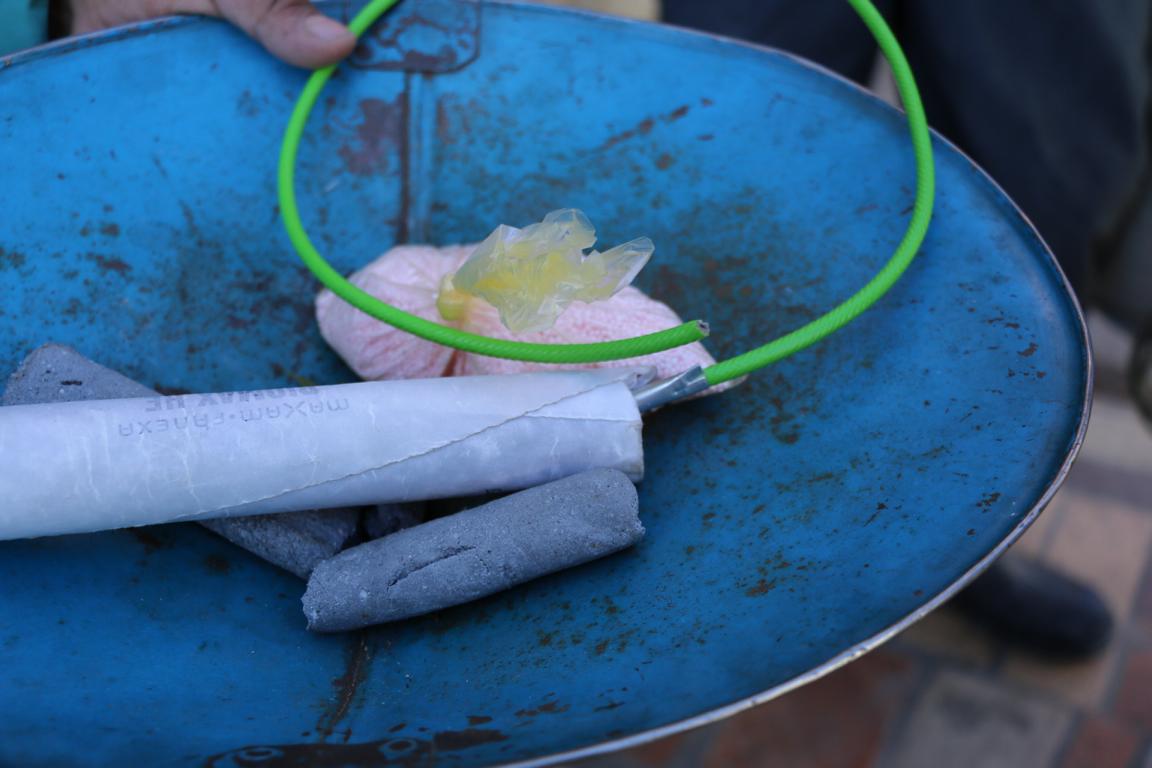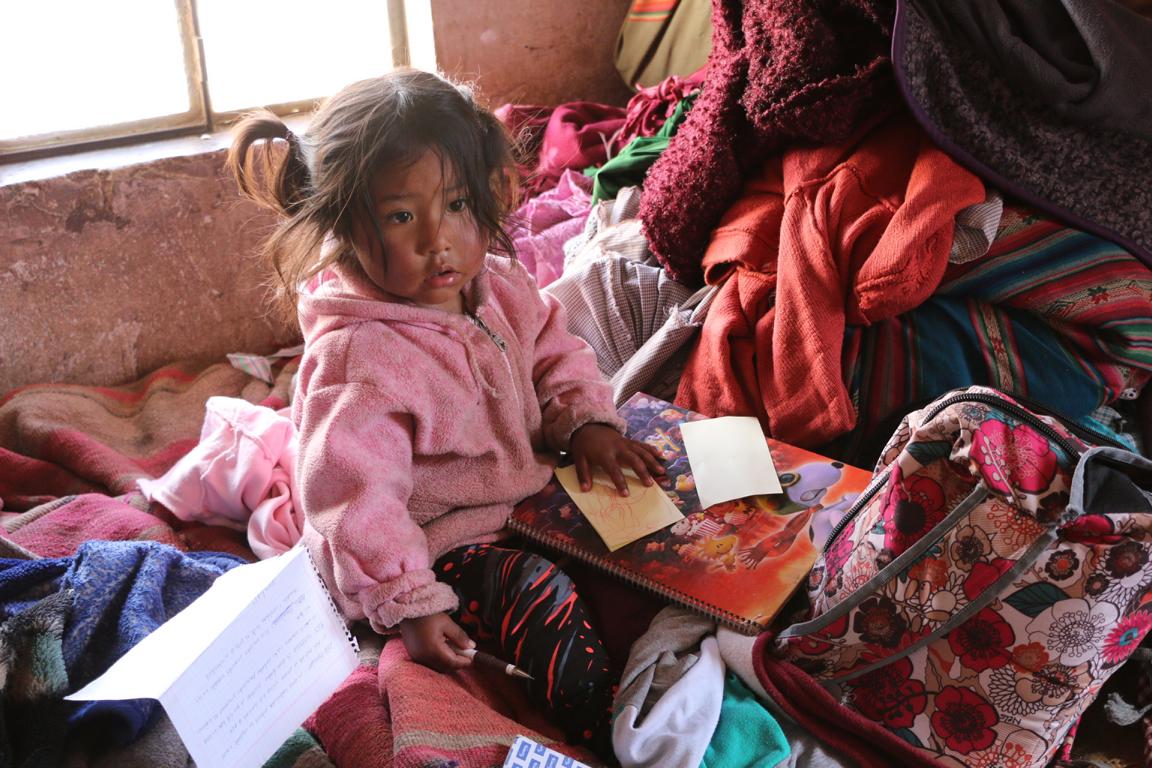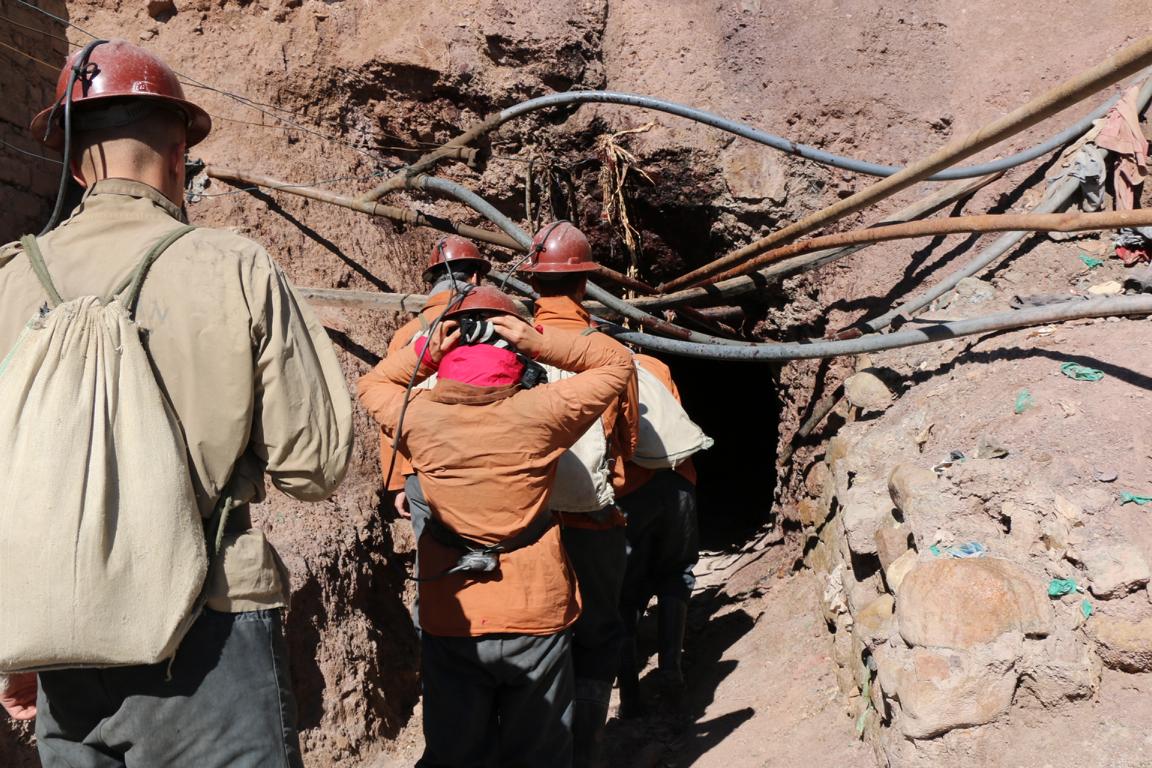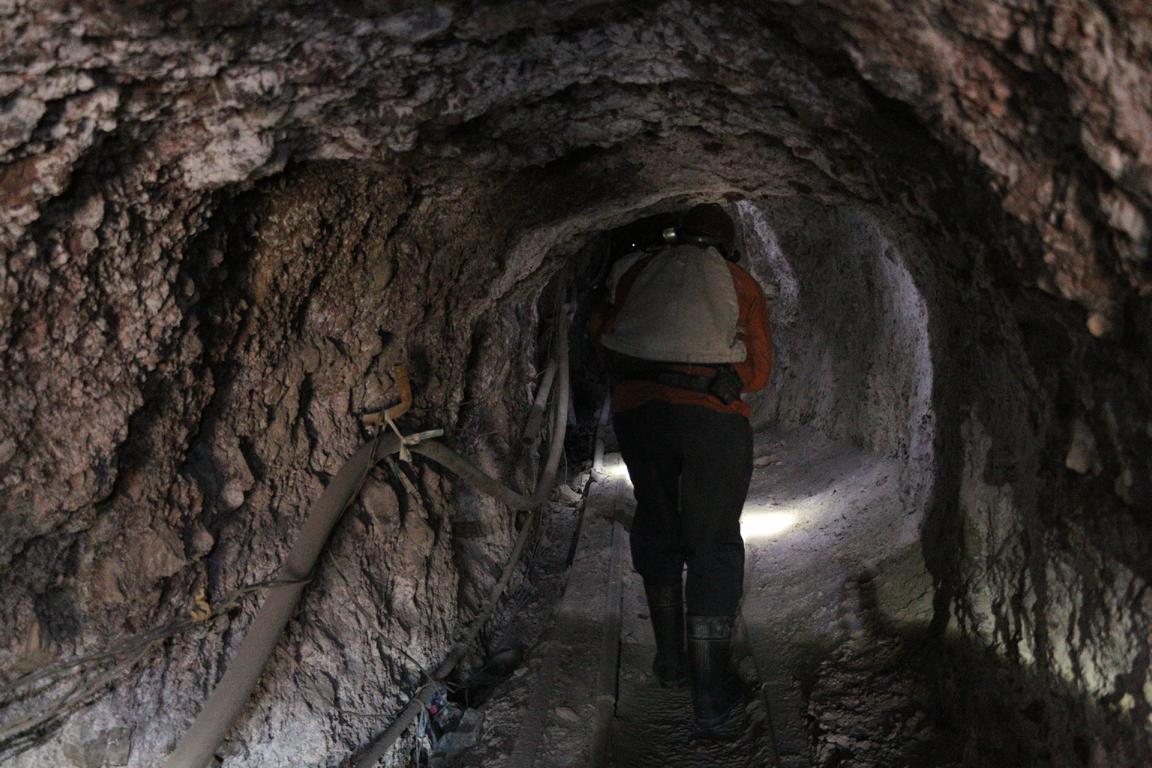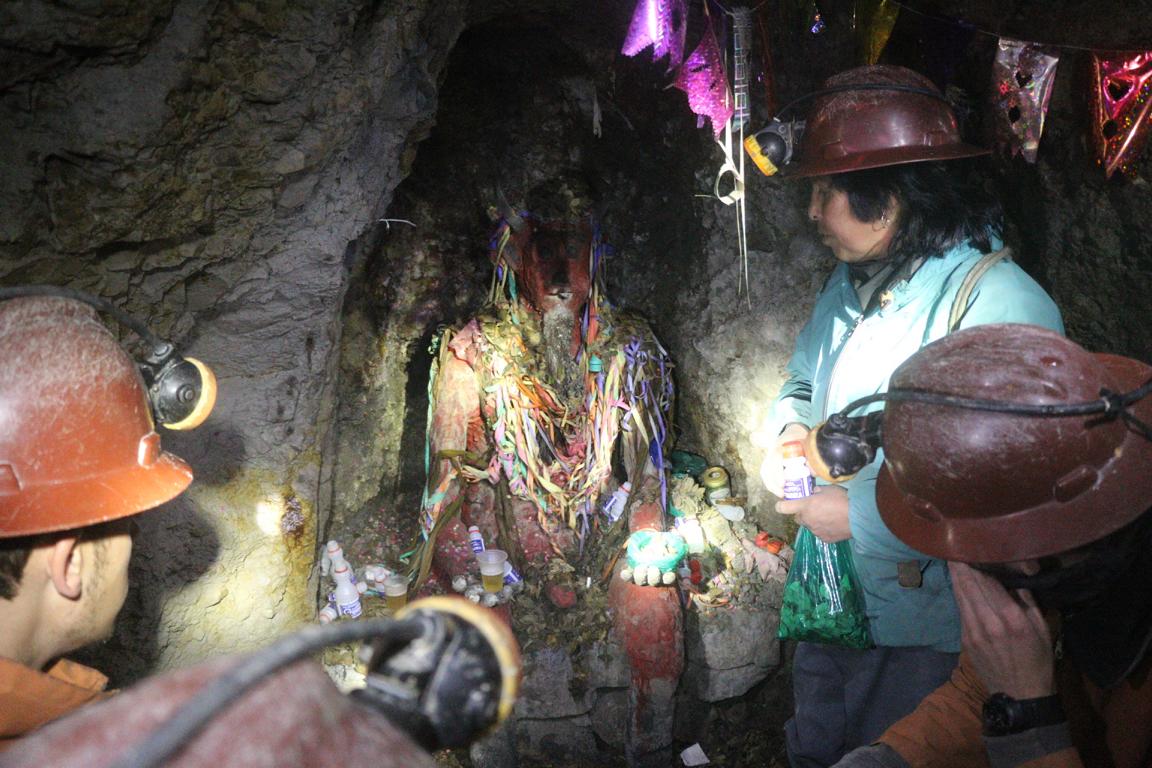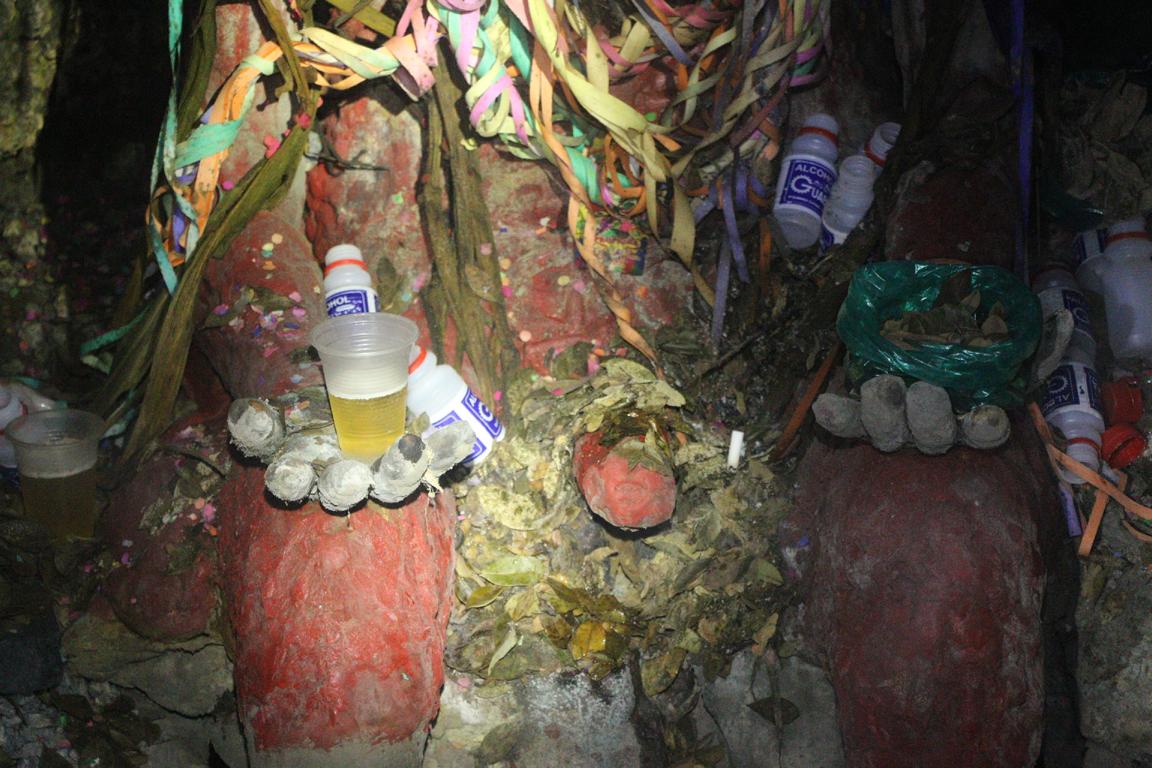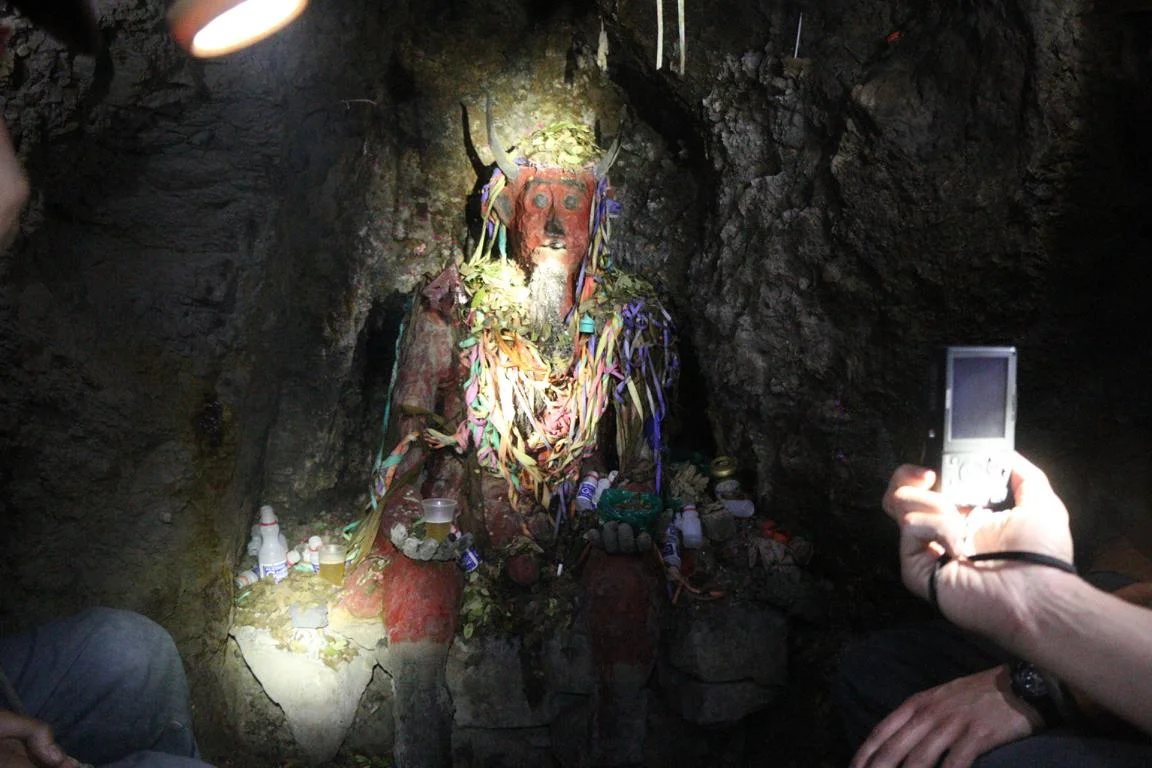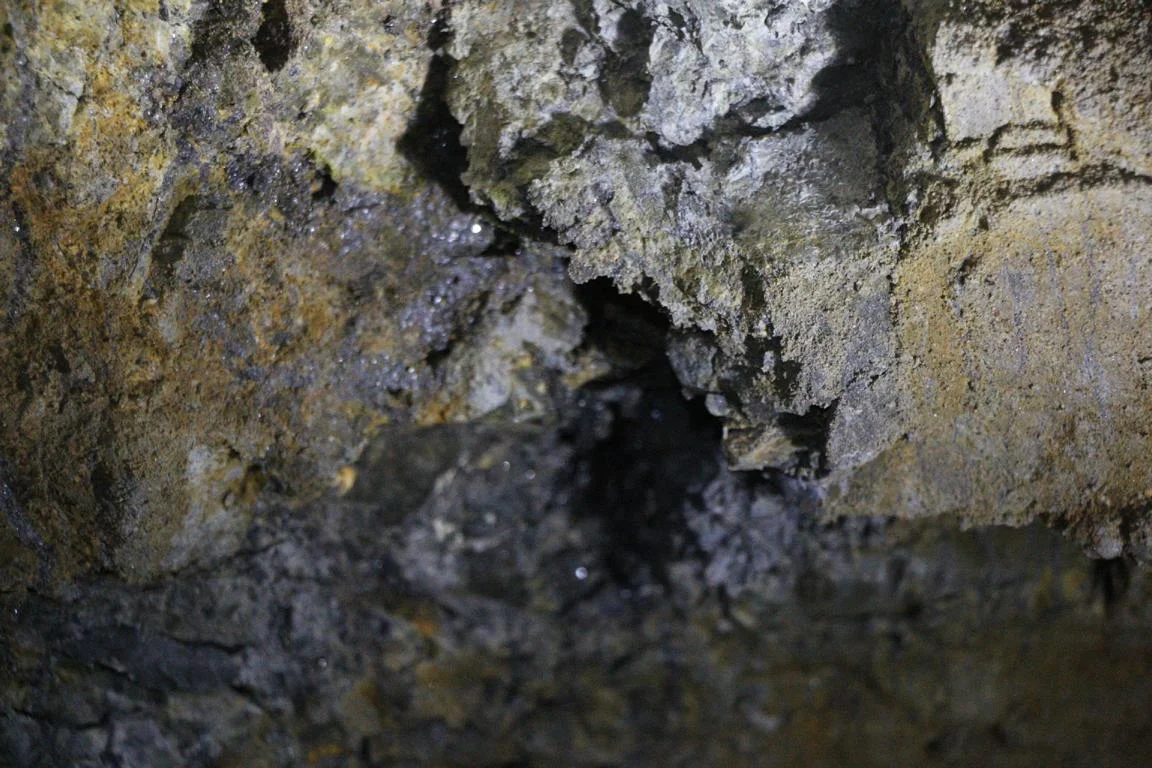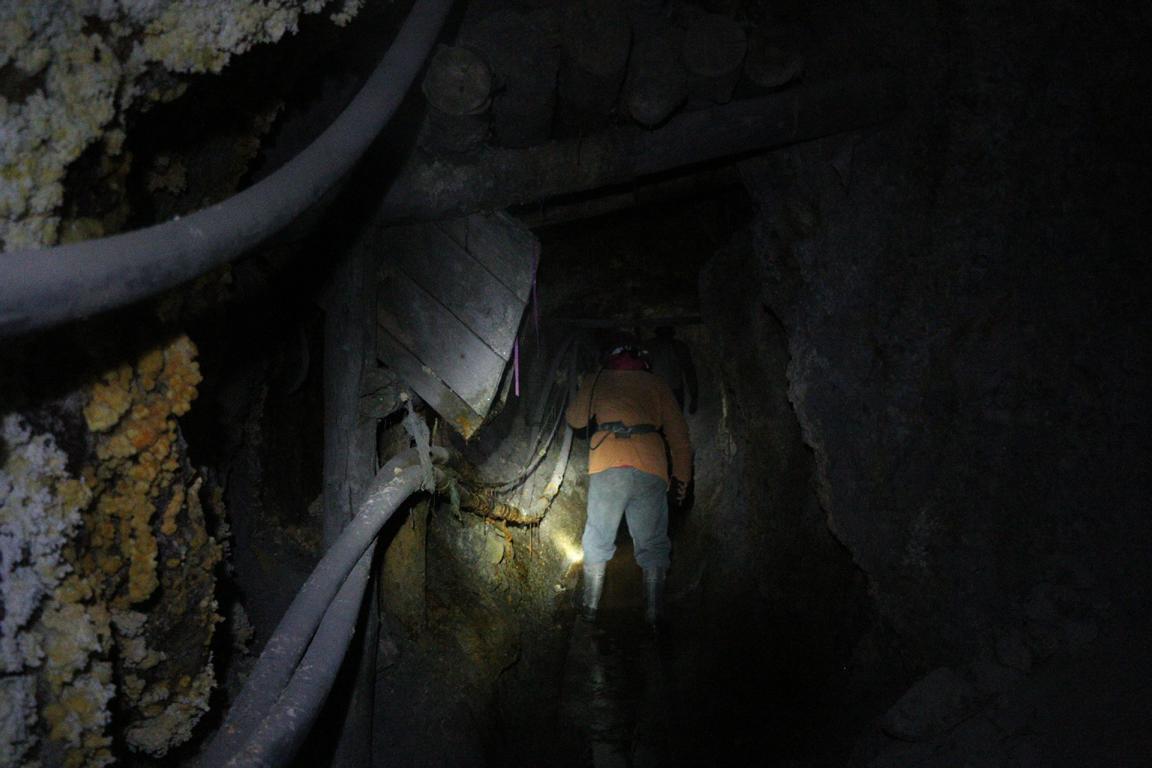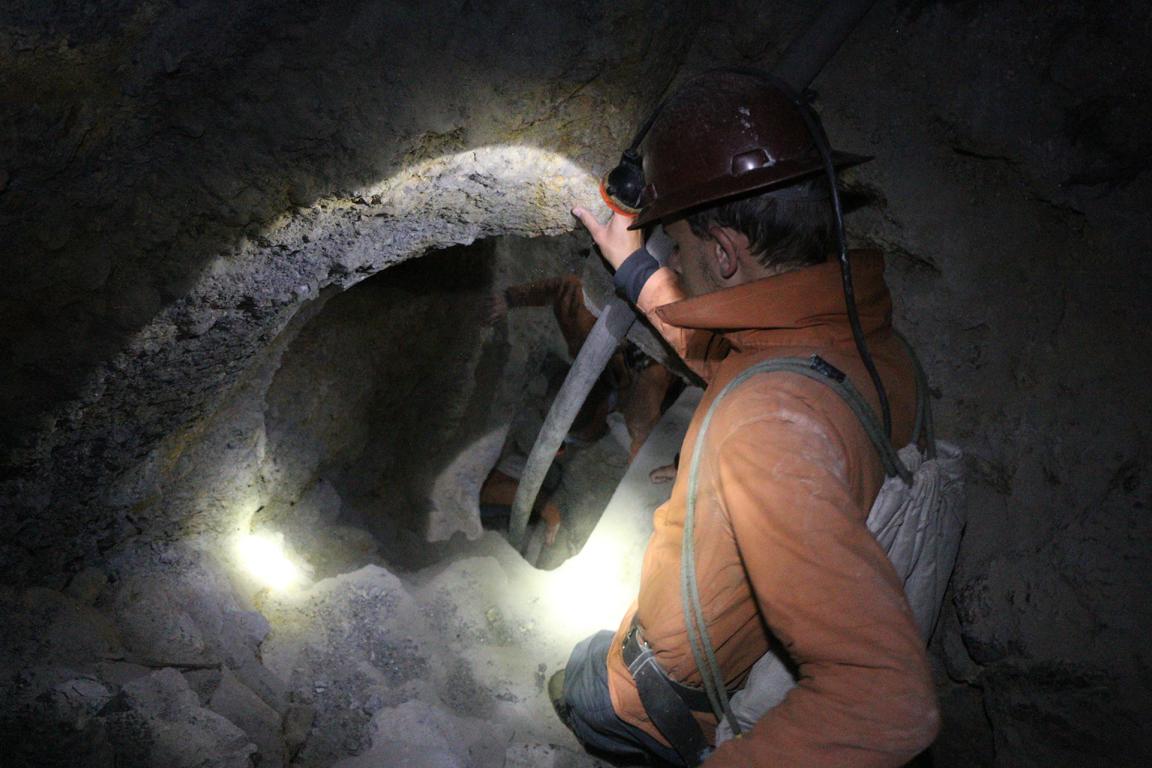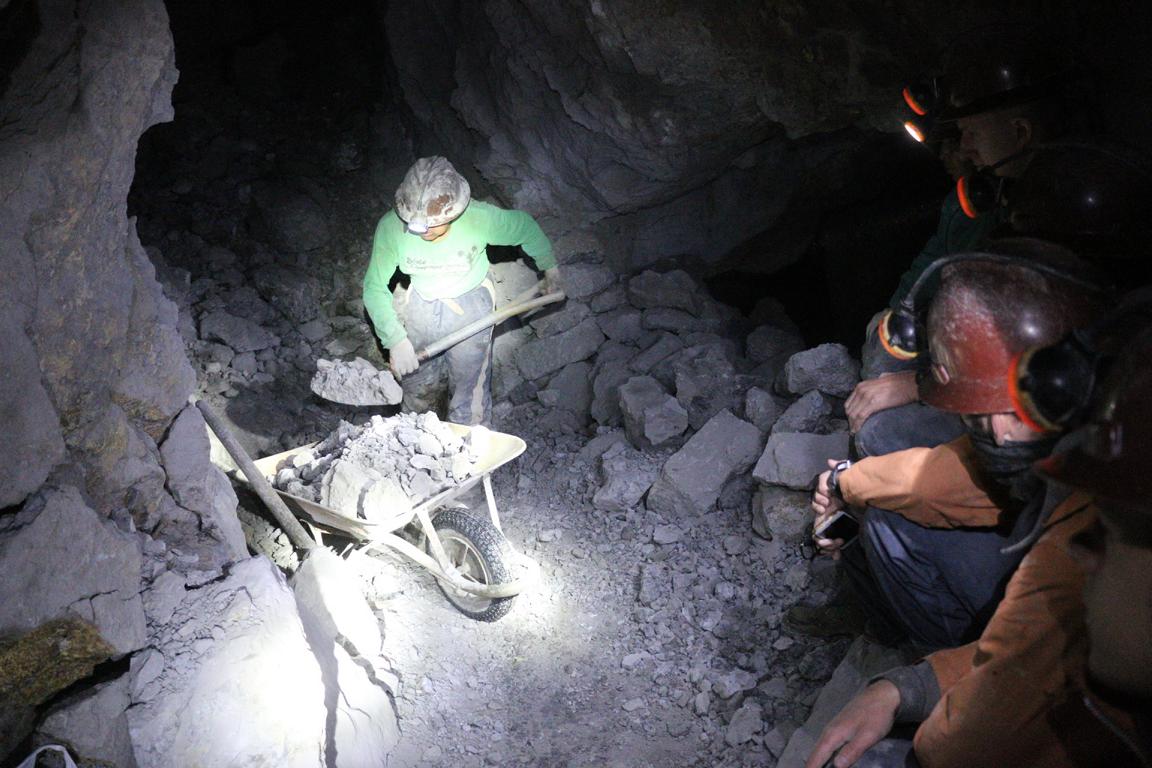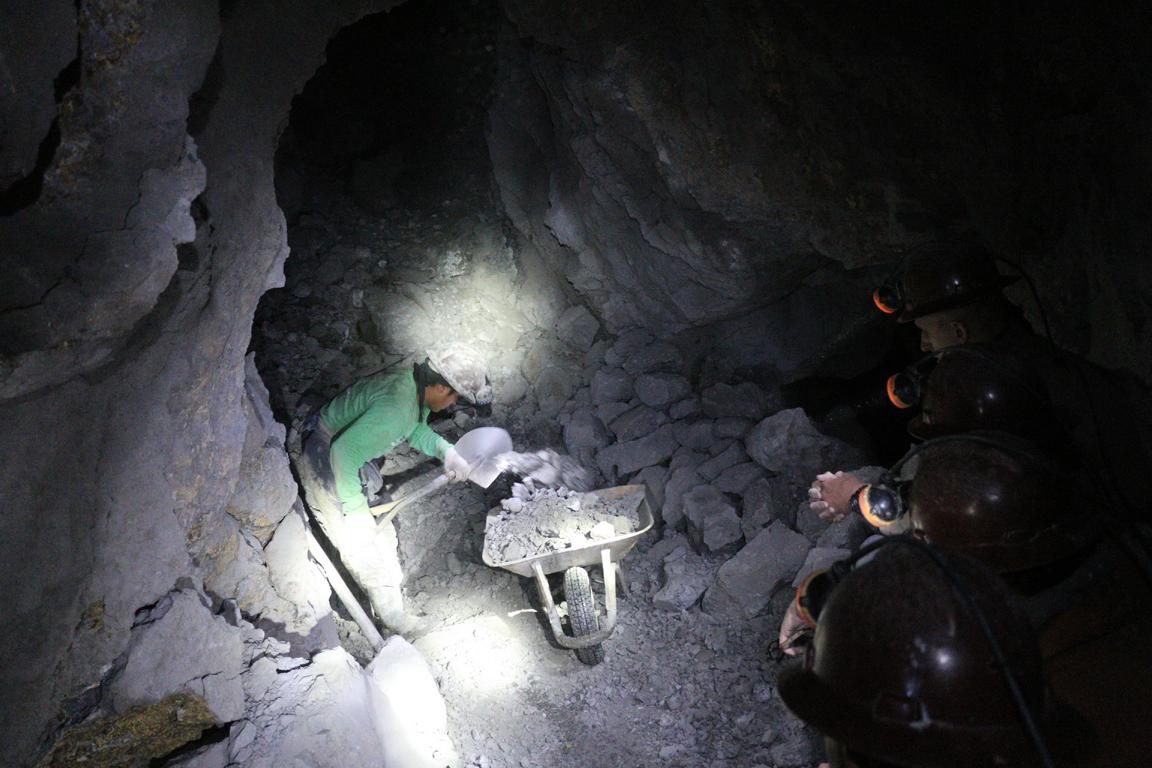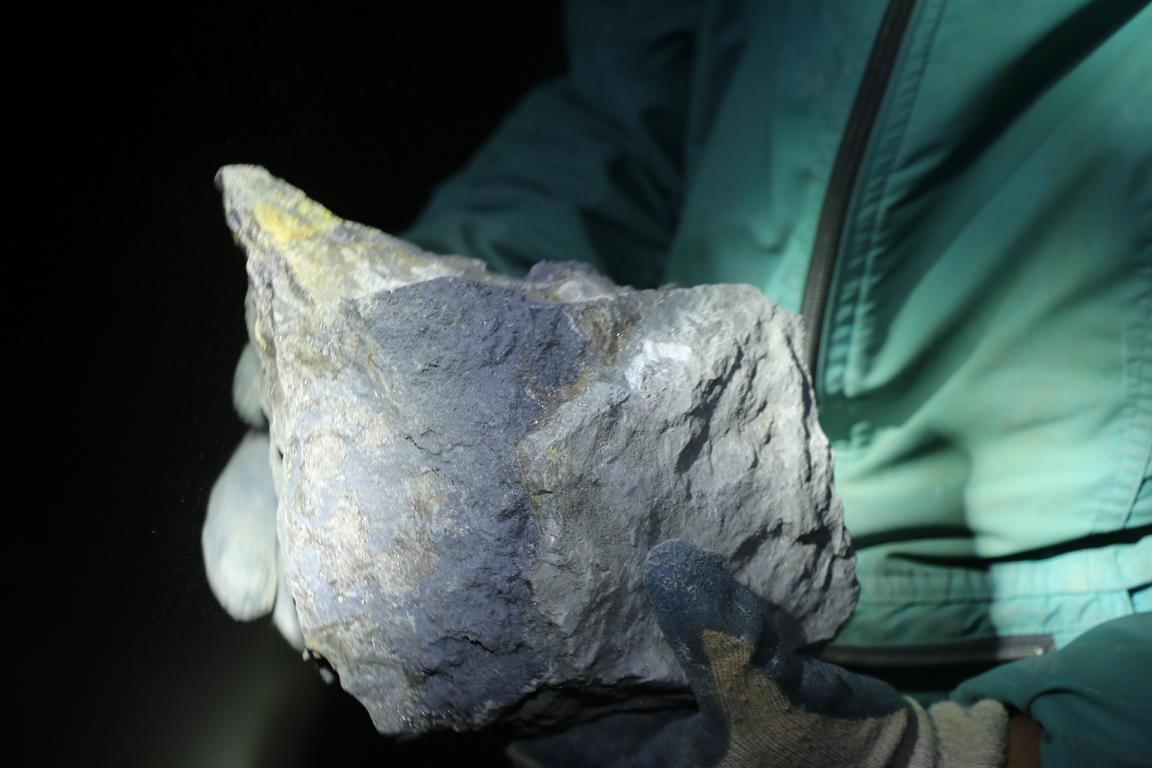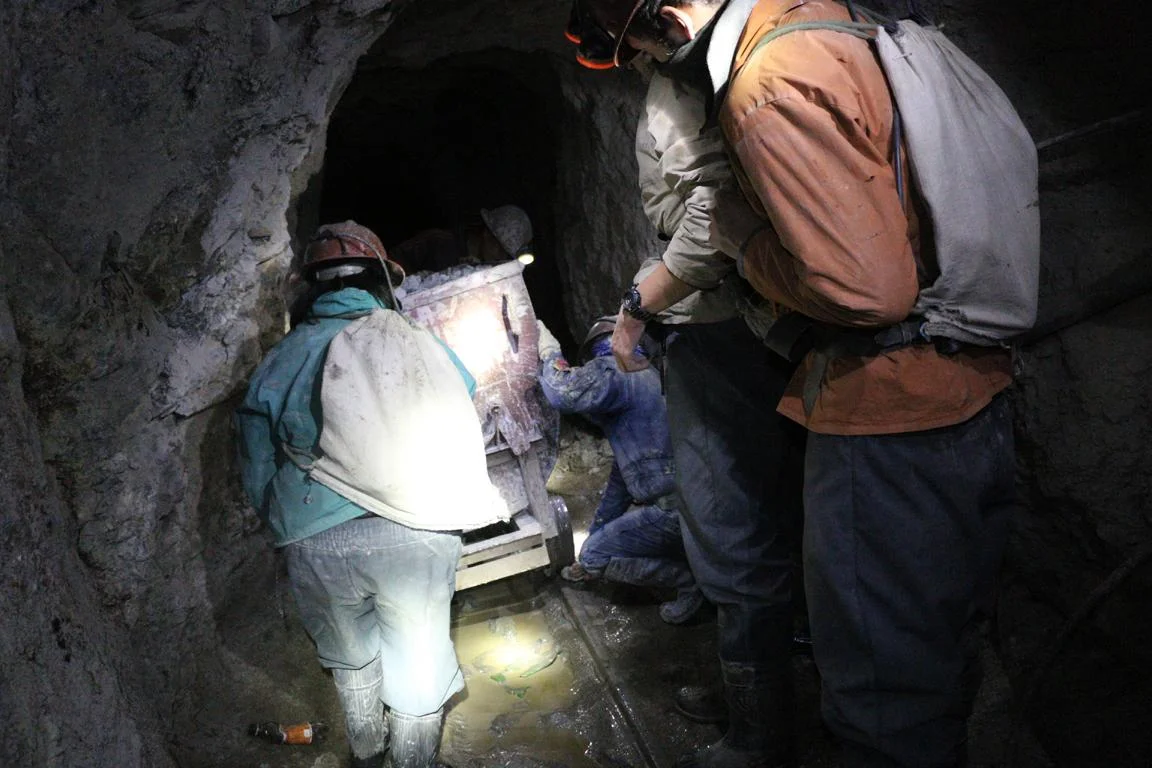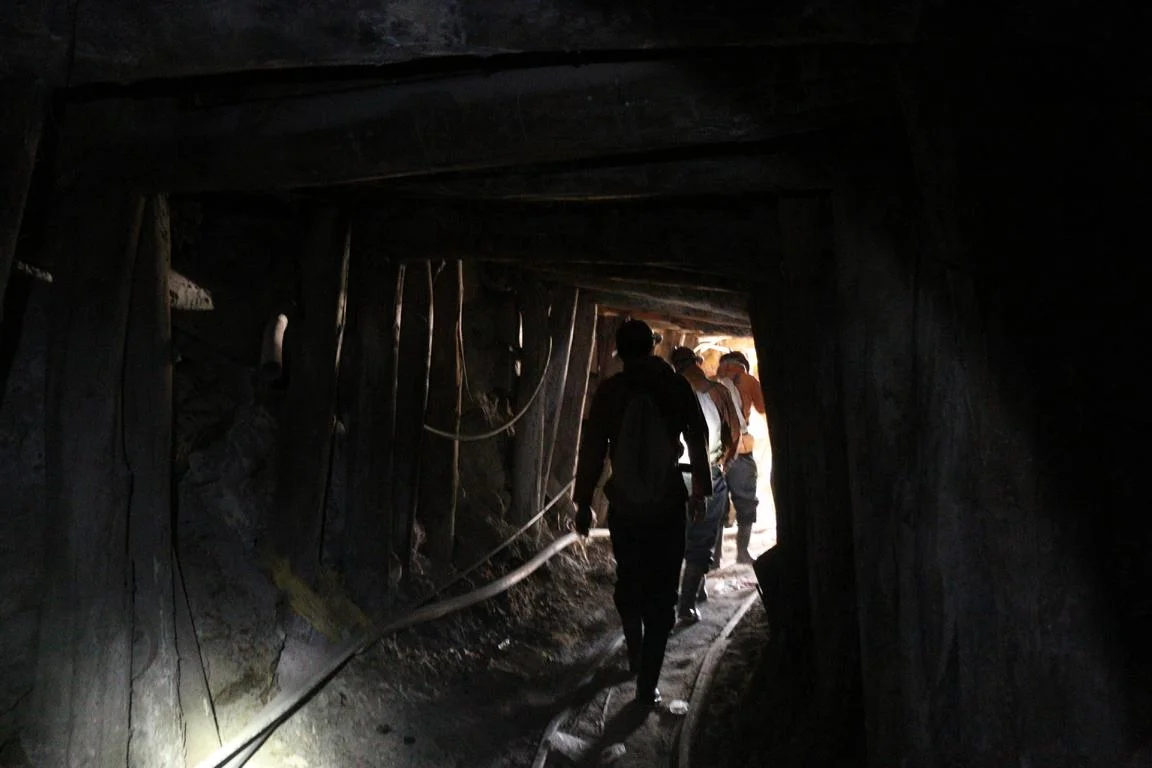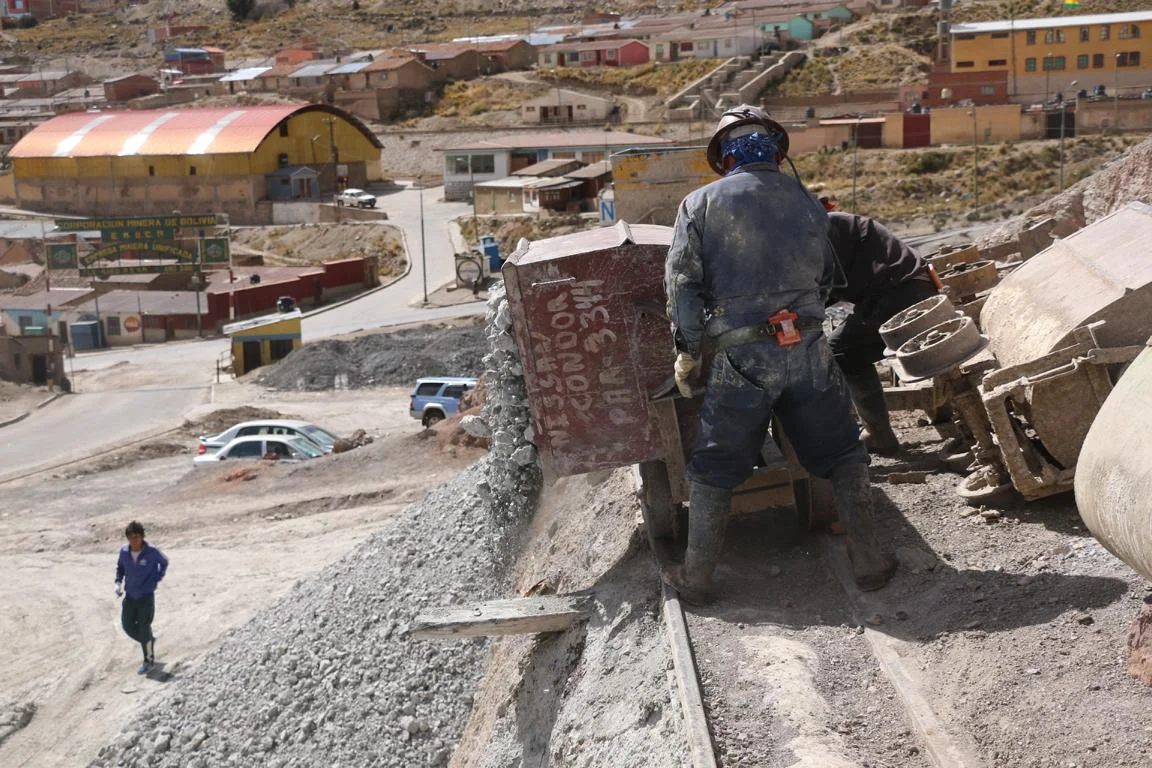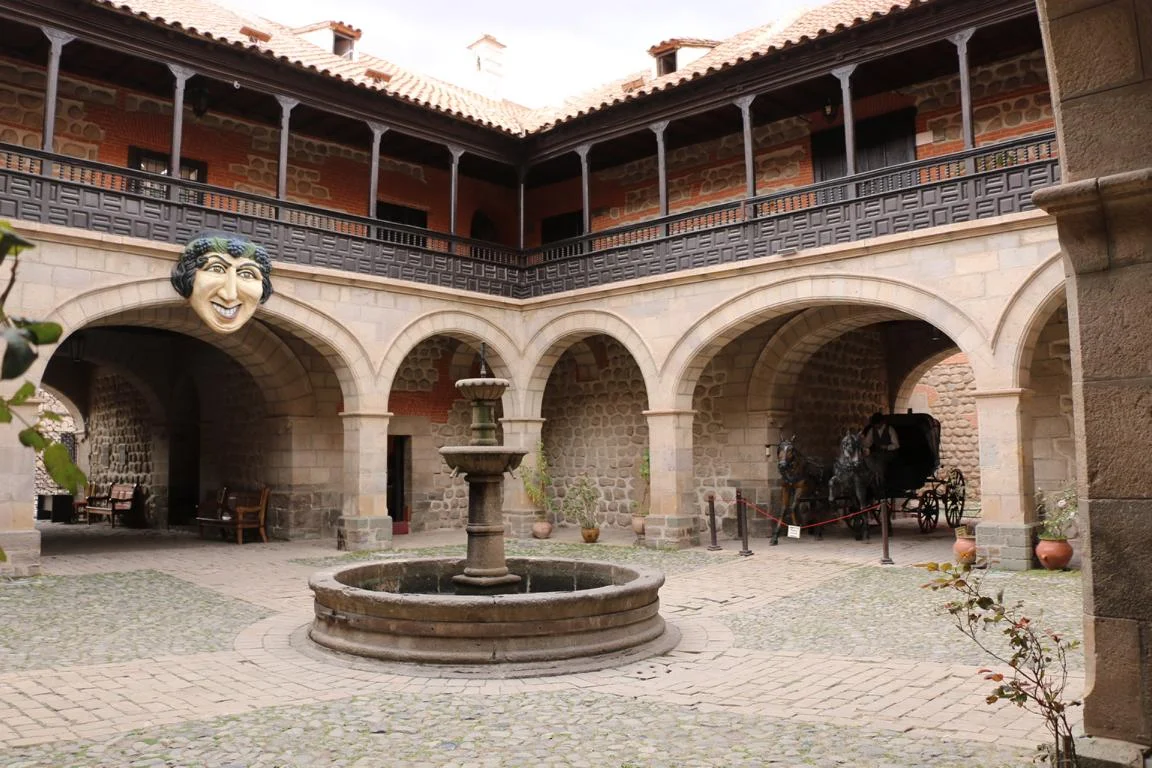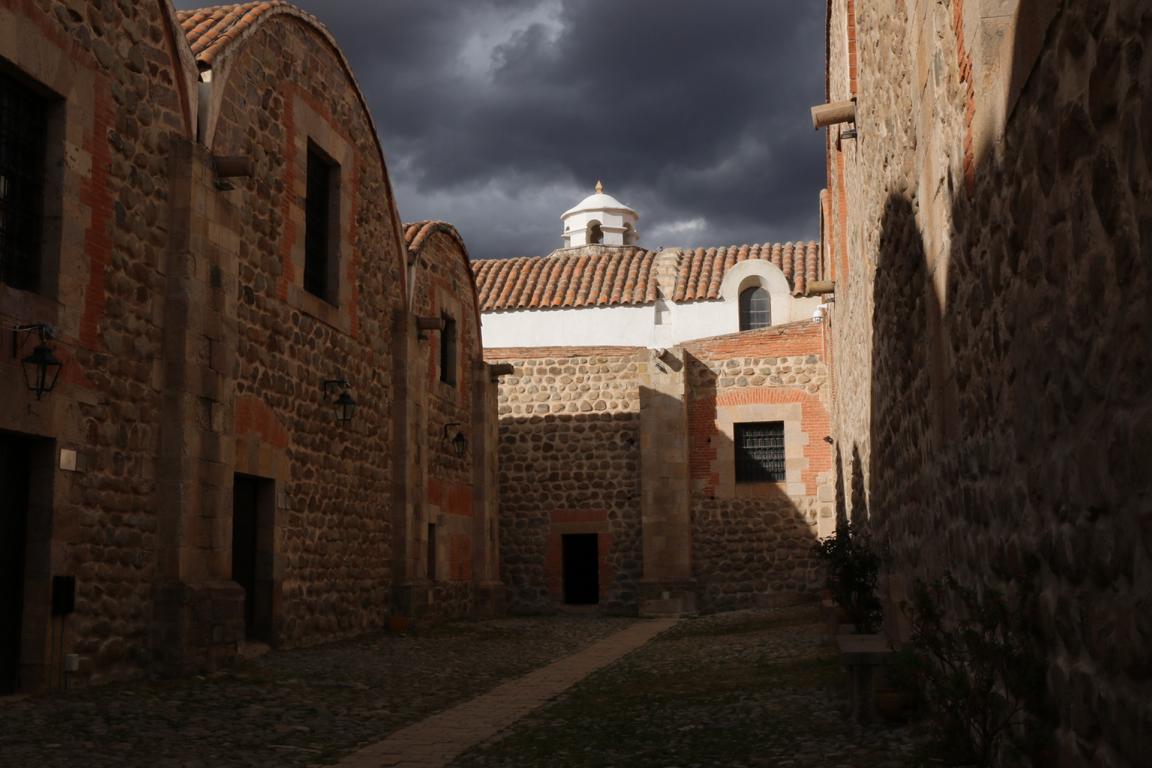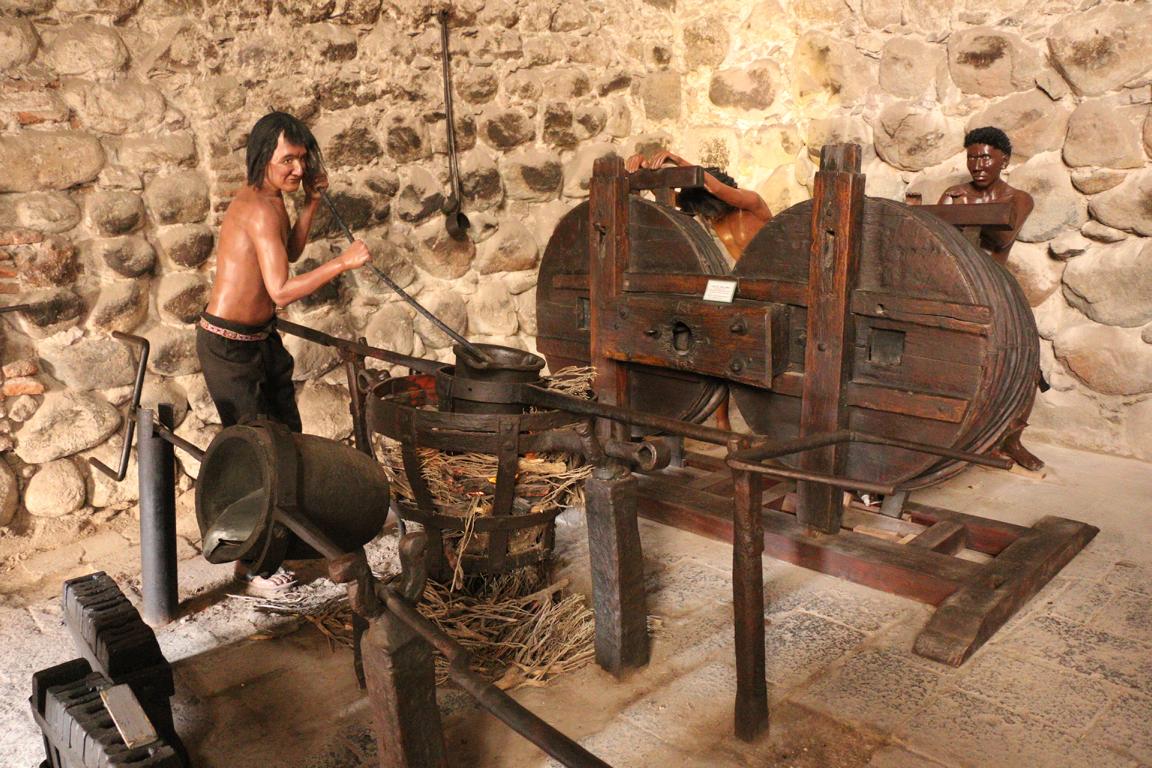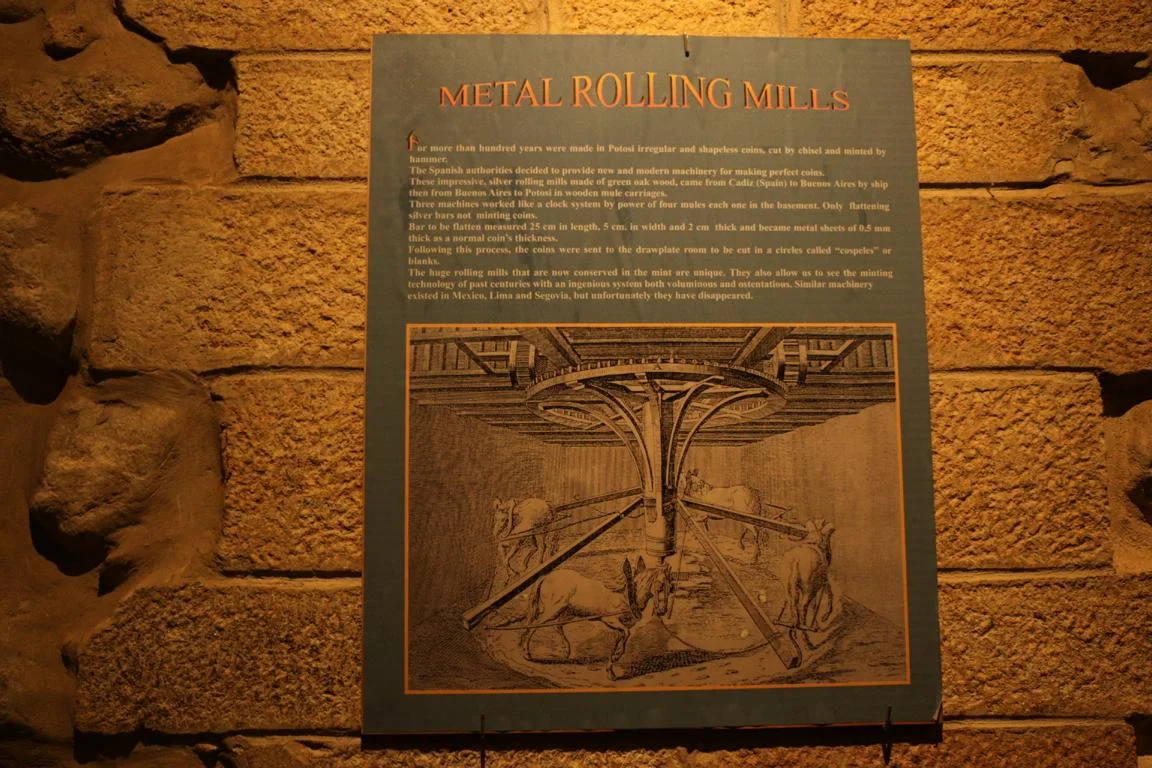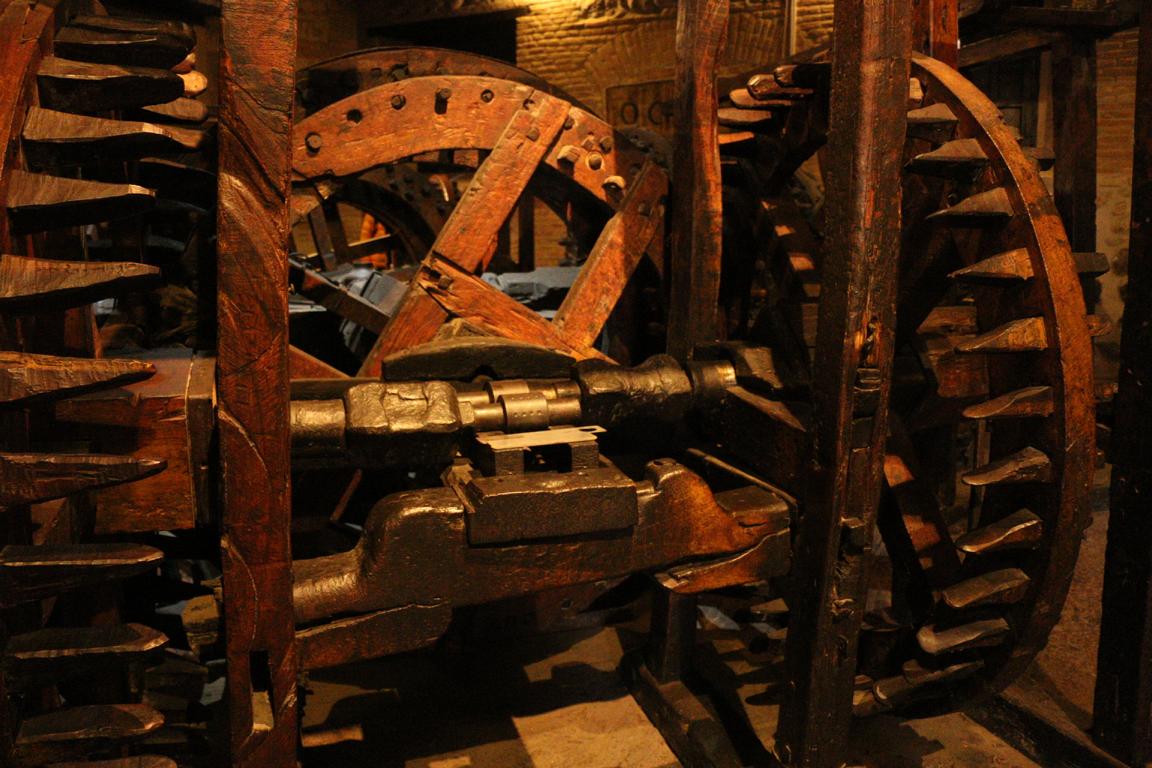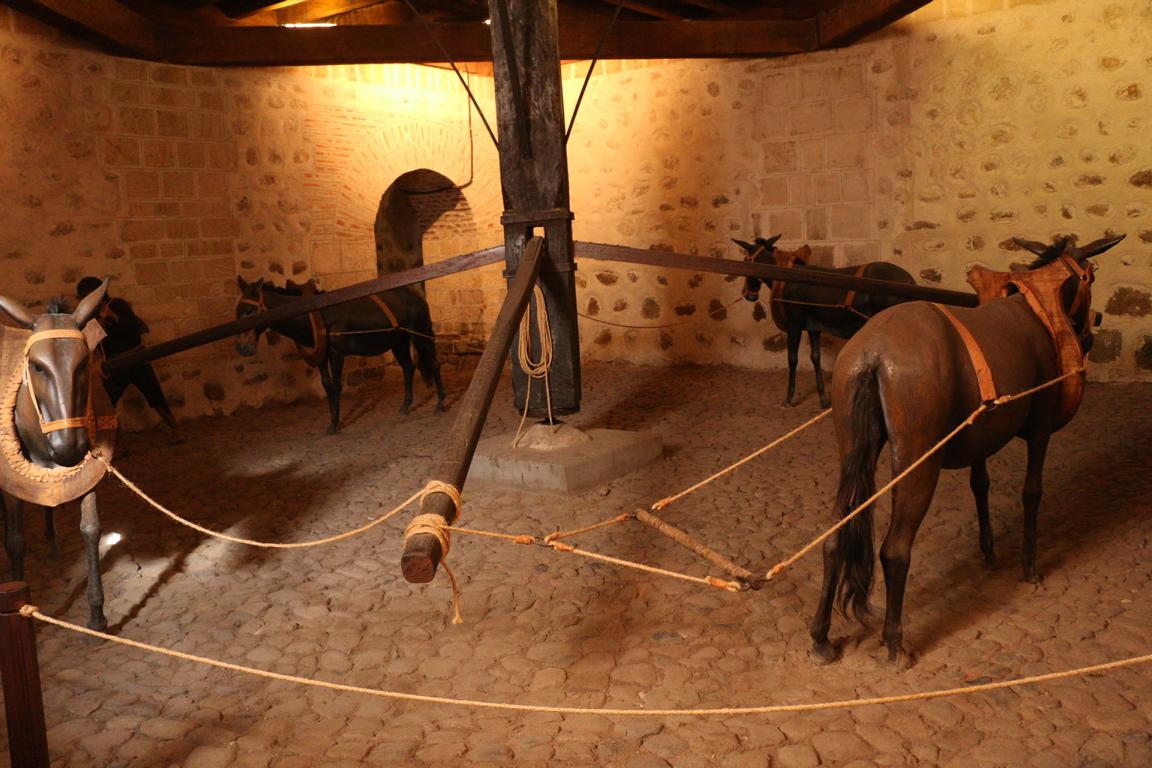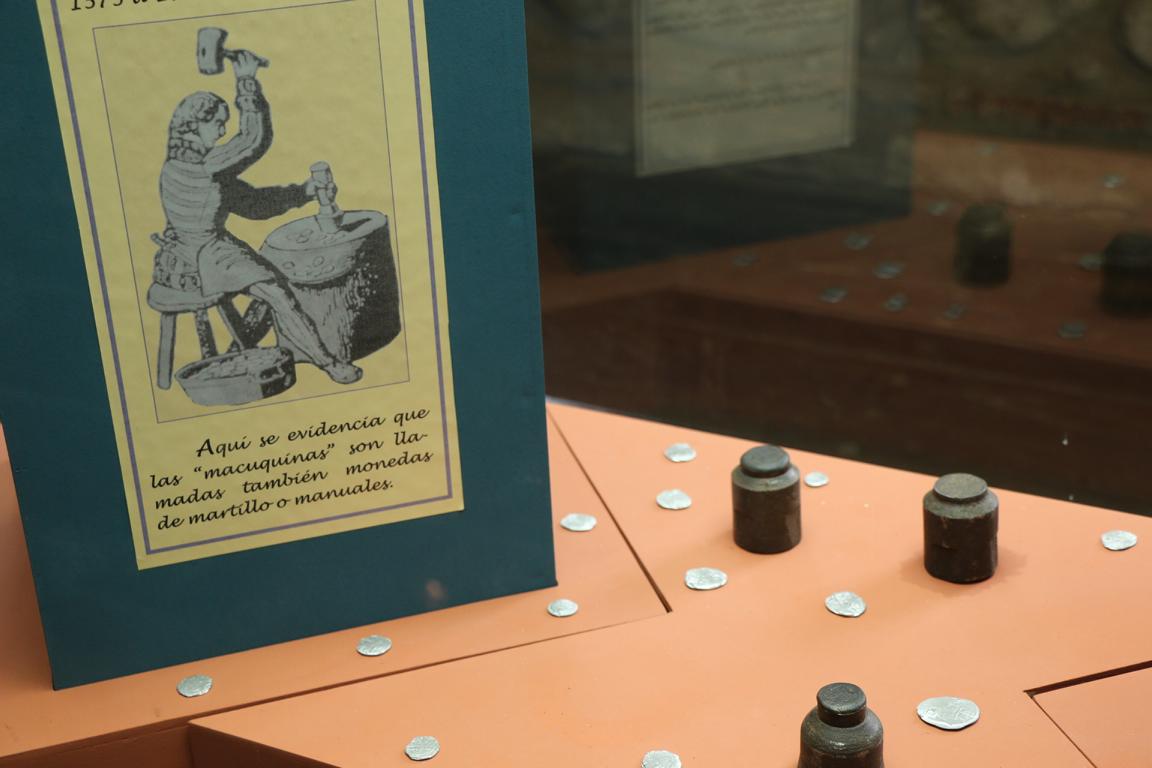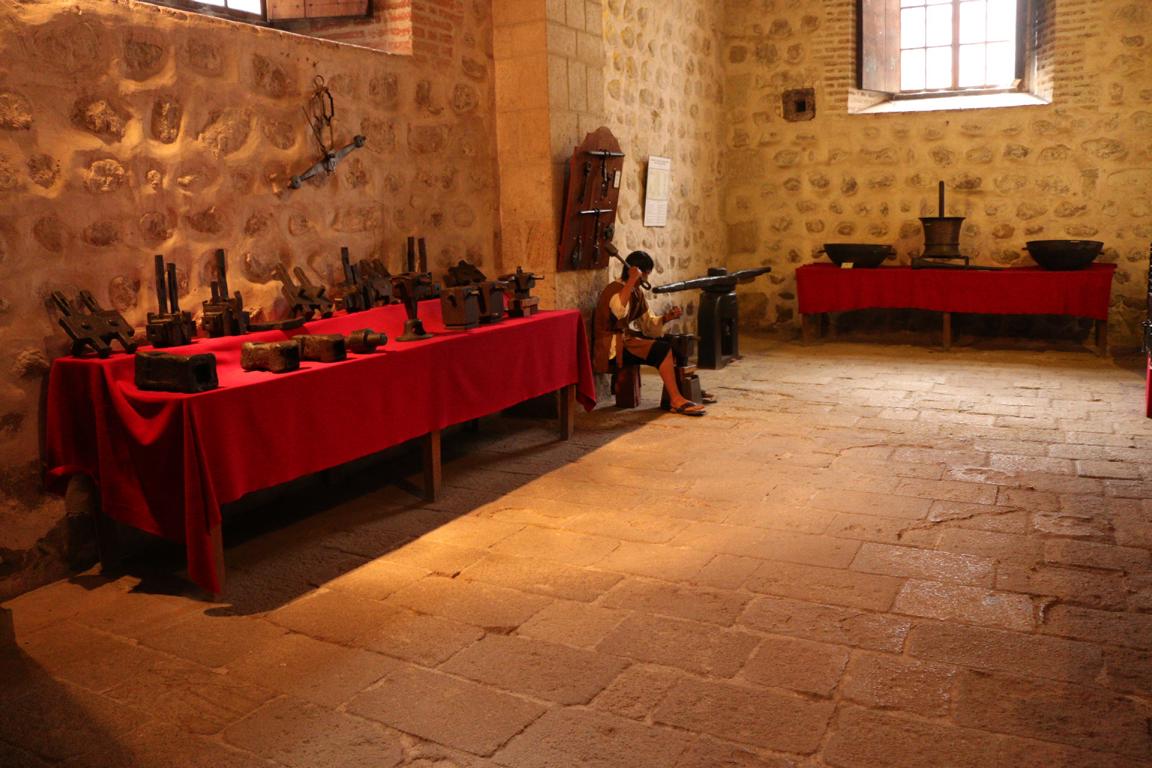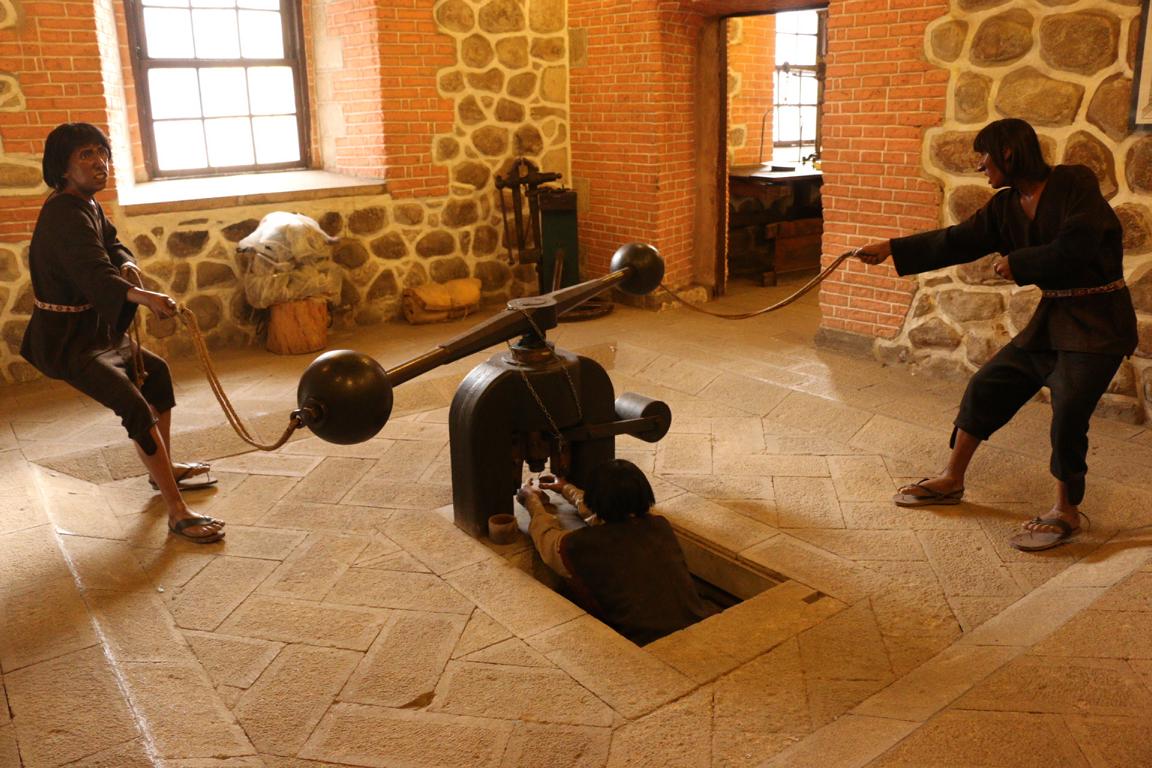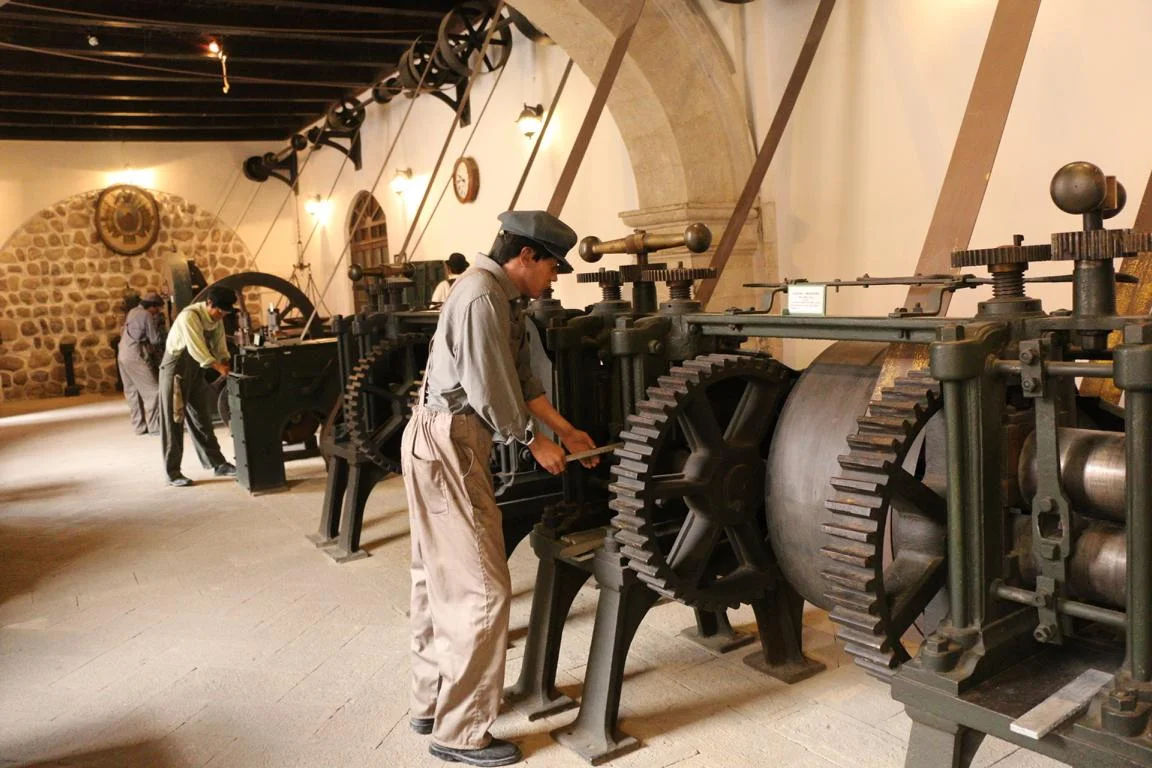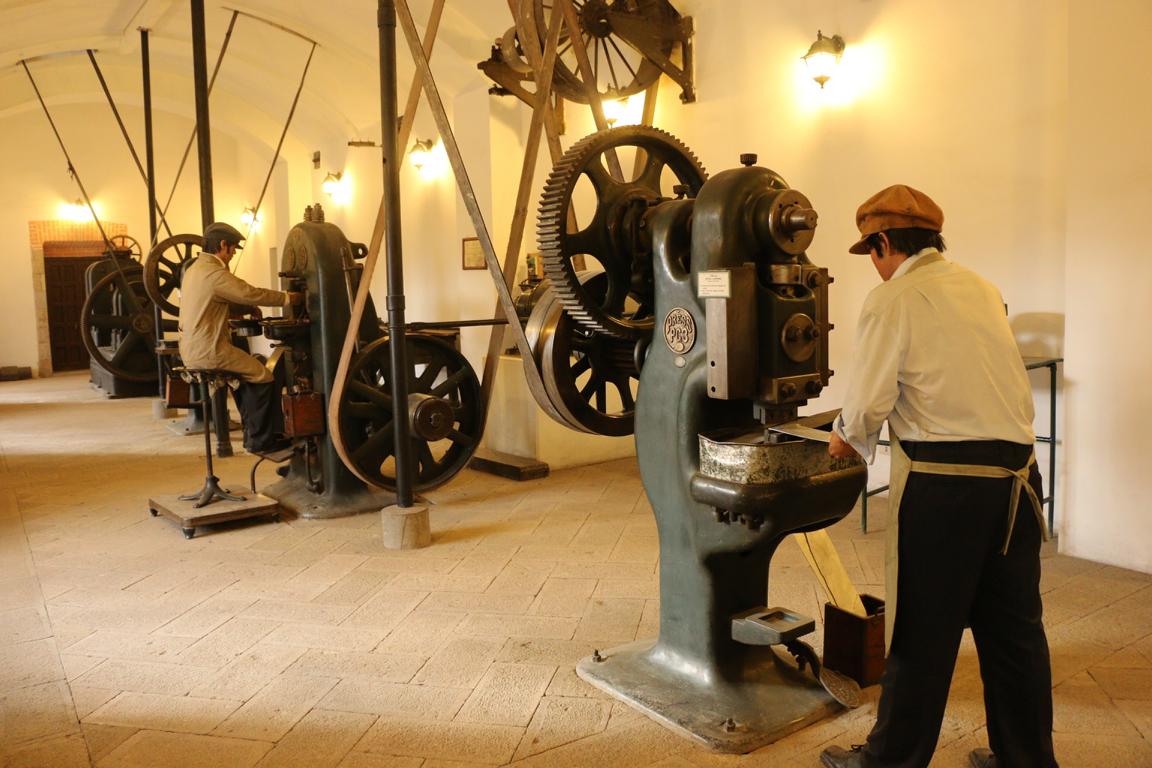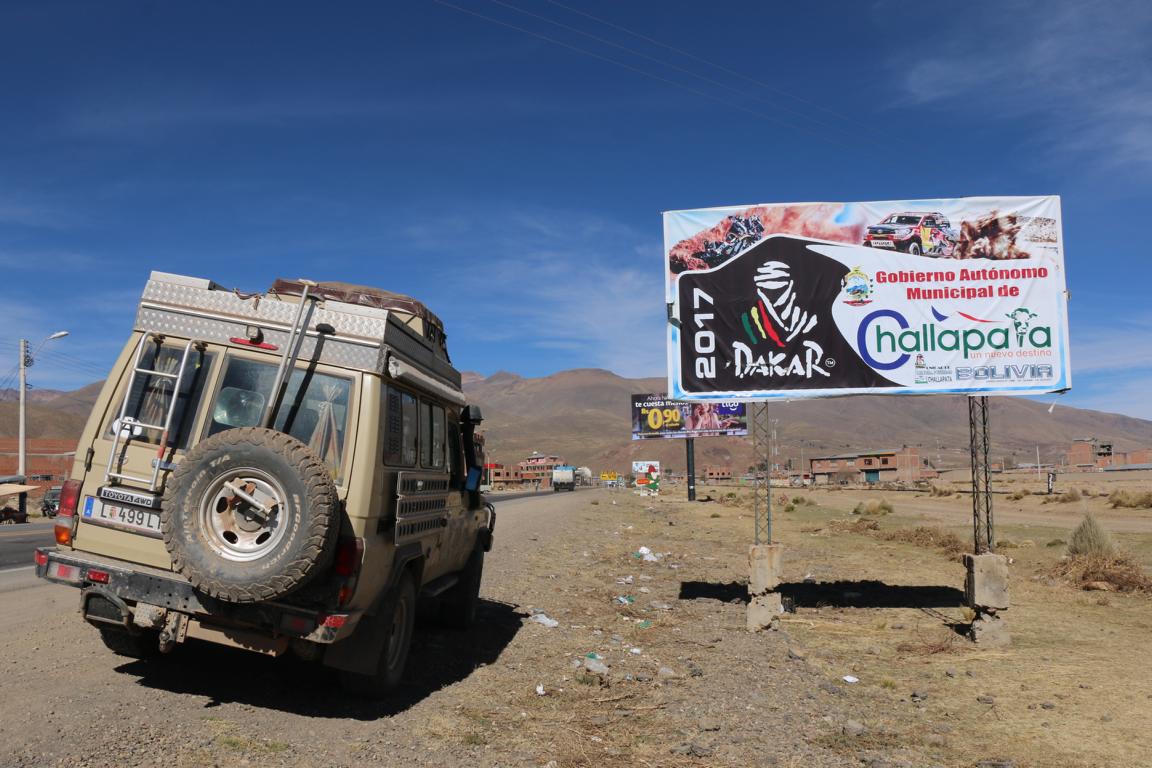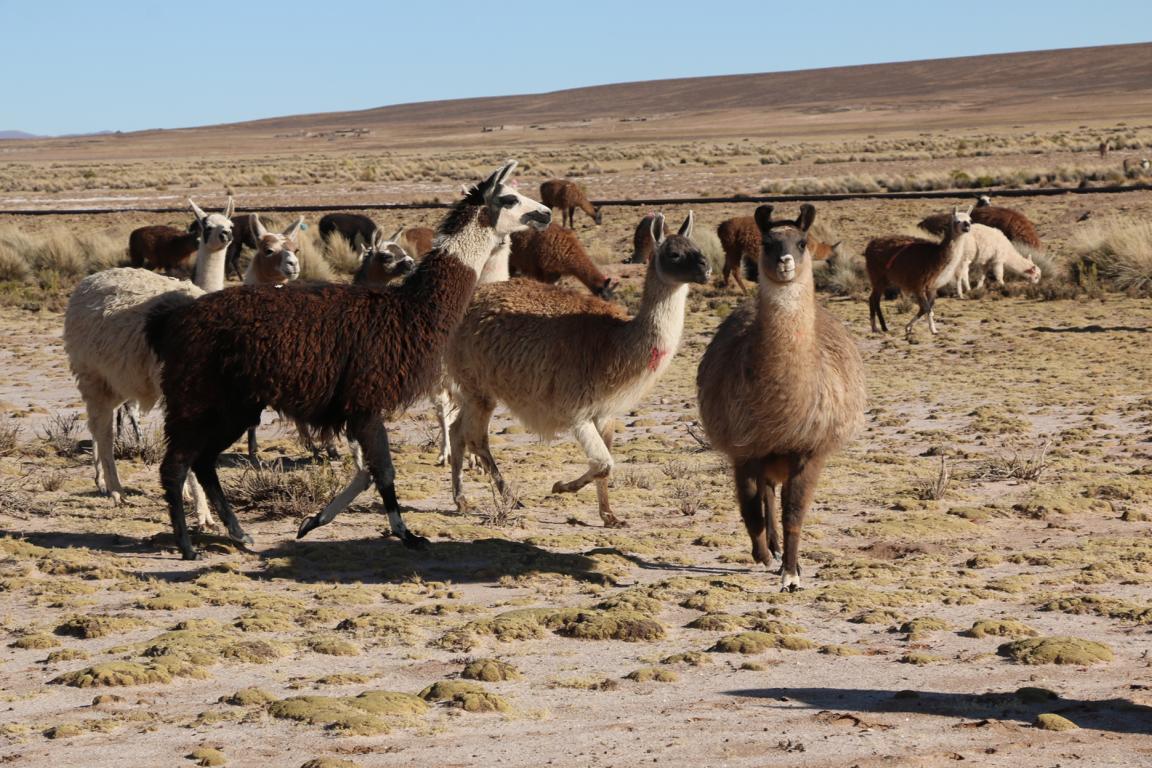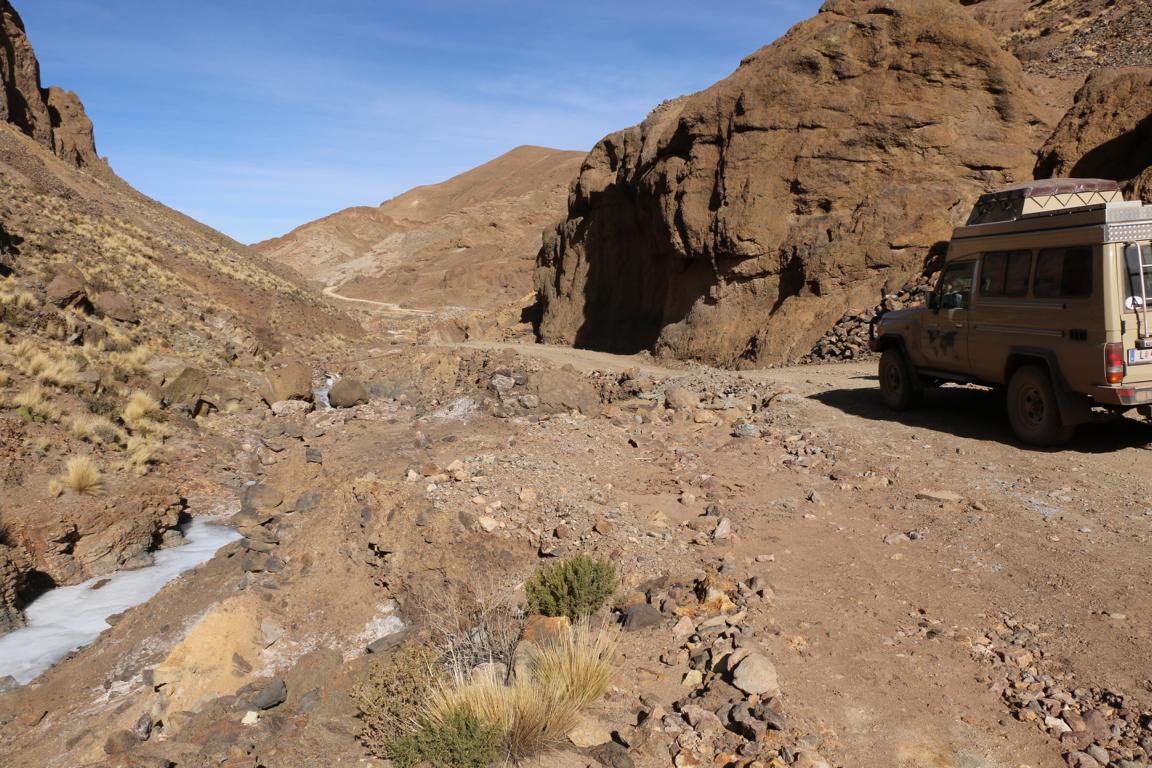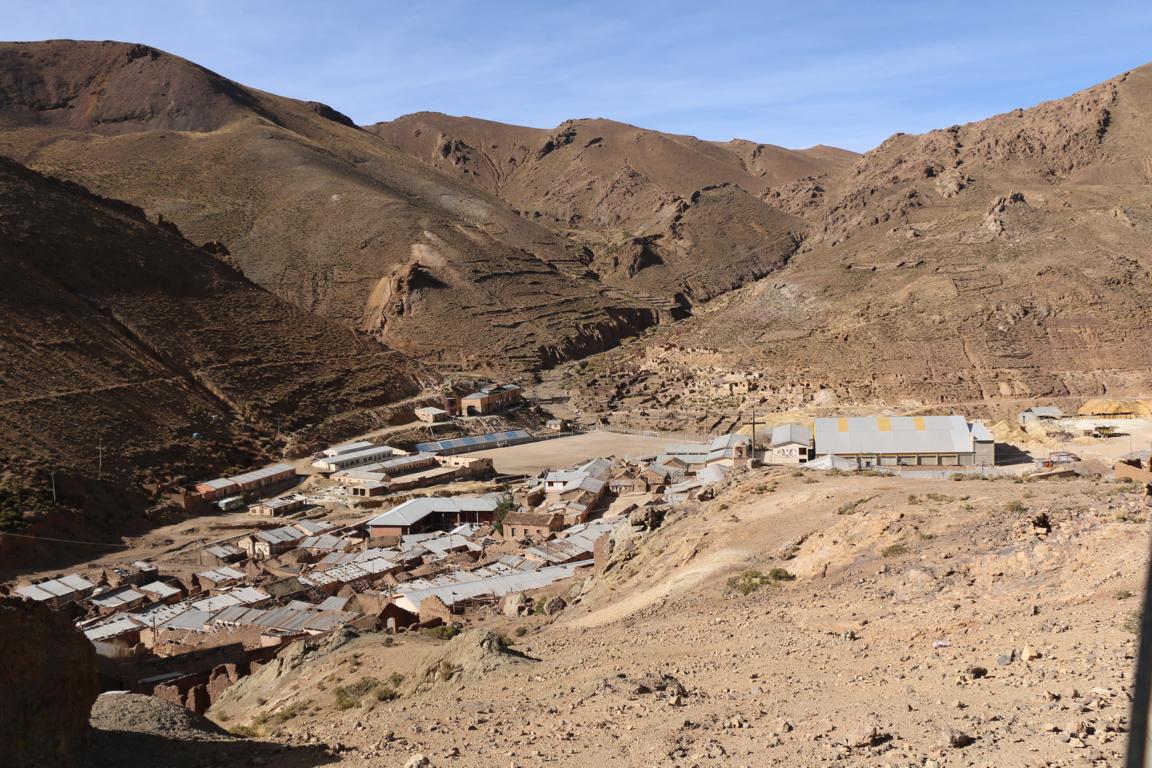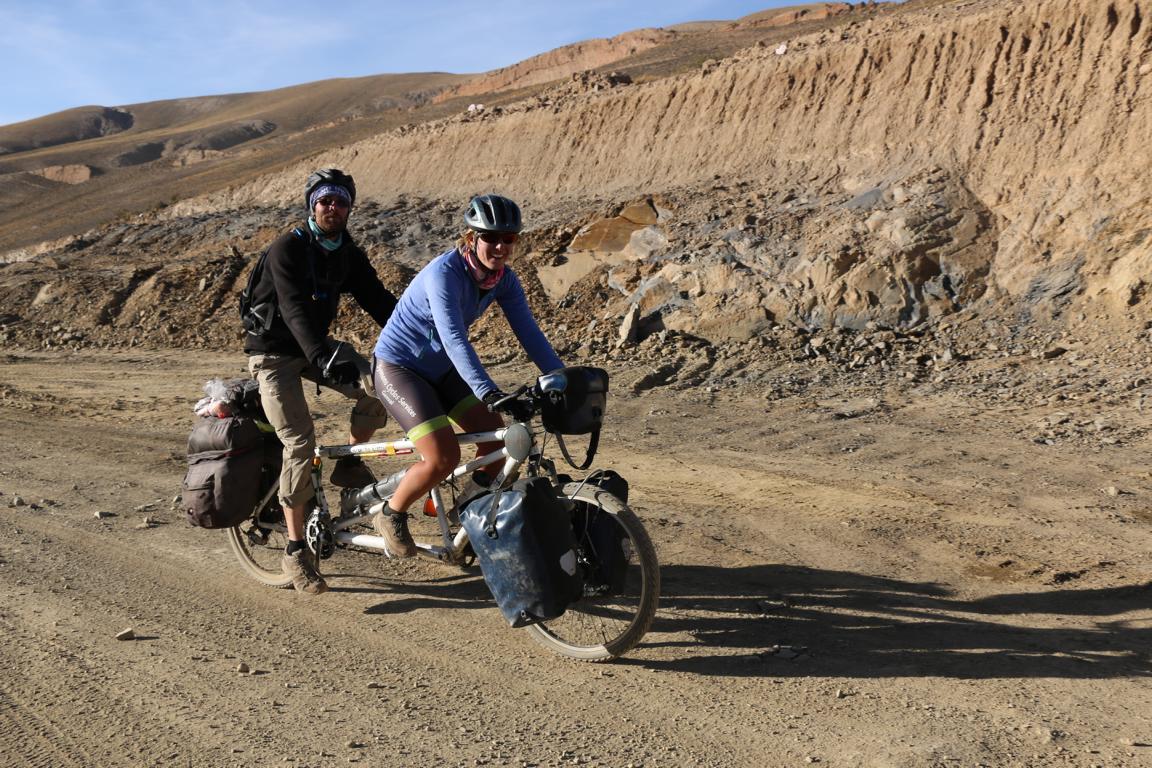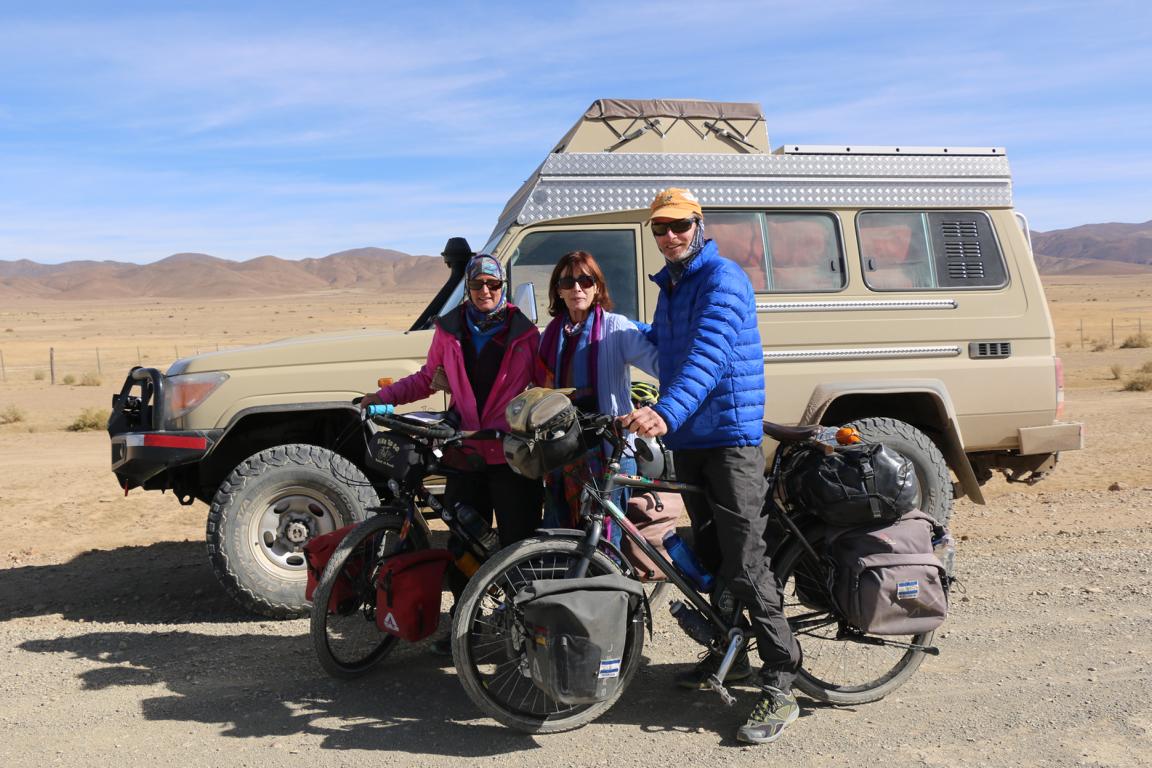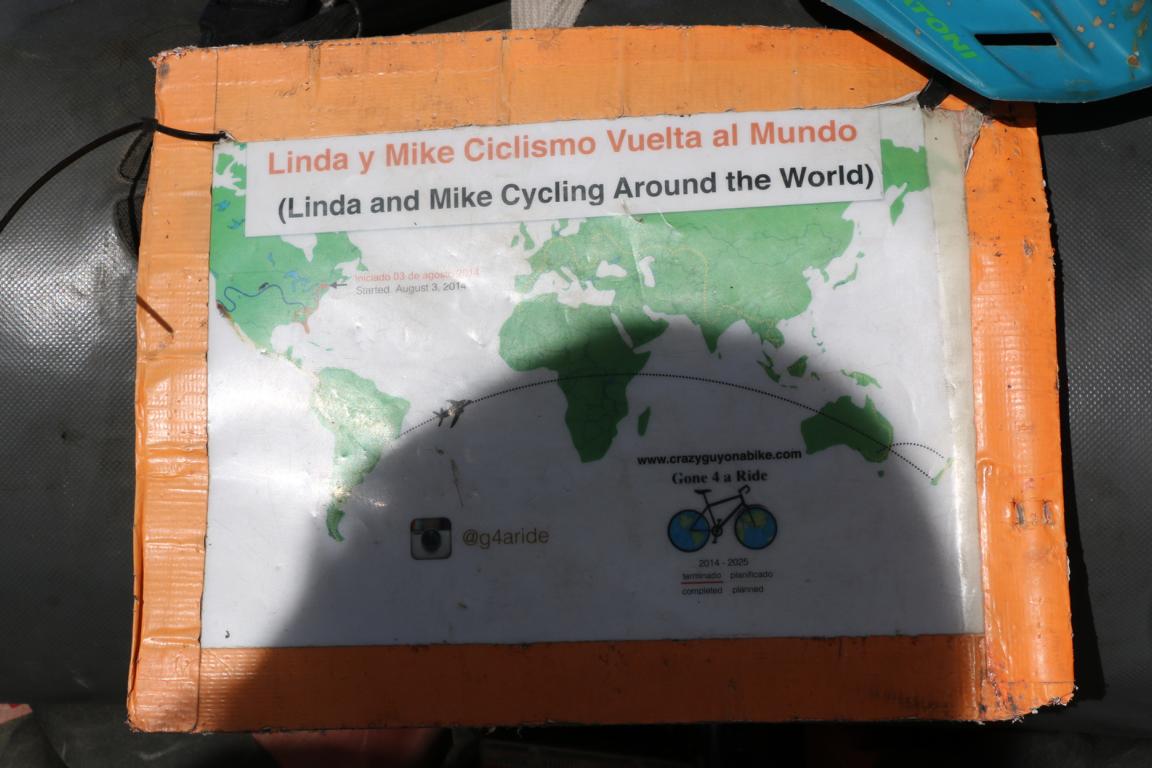Bolivia South-West (June 2017)
The Plurinational State of Bolivia is named after Simon Bolivar (1783-1830), one of the most prominent leaders of the Latin-American revolution. Due to its rich mineral deposits Bolivia during the 16-18th century was Spain’s most precious colony. In a series of unsuccessful wars between 1841 and 1935 Bolivia lost more than halve of its territory including the access to the sea. The country has the largest percentage of indigenous population of Latin America (e.g. Aymara, Quechua, Guaranies) - indigenous and mestizos comprise more than 90%.
The „Laguna route”, a 500-km circuit in the south-west tip of Bolivia (Los Lipez province), is famous for its fantastic landscape. Coming from Iquique/Chile (located at sea-level) I reached the Reserva Nacional de Fauna Andina Eduardo Avaroa passing the frontier at Ollagüe.
The road leading through the altiplano (highland between 4,000 and 6,000 m of altitude) normally is a bumpy gravel road. In beginning of June, after first snowfalls had occurred, the strong winter wind had filled many dry river beds with snow and turned them into hidden traps for my car. Initially driving alone and after having got stuck in the snow twice (using a shovel and the car’s differential lock to work my way out) I was lucky to meet two cars of a travel agency which I joined shortly before nightfall of the first day. The night at Laguna Colorado, a shallow salt lake which gets its reddish colour from sediments and algae, so far was the coldest of my journey and made a bath in the warm water of a thermal spring even more enjoyable.
The city of Uyuni (18,000 inhabitants, 3,670 m of altitude) is the regional touristic hub to visit the Salar and the Laguna Route. Beyond that it offers regular markets, local football tournaments, a train cemetery (trains originate from the nearby mines) and a circus. However, waste management in Uyuni still seems to be an issue.
With a surface of more than 10,000 km2 the Salar de Uyuni is the world’s biggest saltpan. The lake is up to 121 m deep and has a 10 to 30 m strong salt crust which enables cars to drive over the lake. The initial pictures taken from an exhibition in Argentina show the geological process (the Nasca plate sliding over the Pacific Ocean plate) which started 170 million years ago and formed the Cordillera de los Andes and a chain of salars.
The absence of any life and the glaring sunlight make it a surreal place to be. Try to figure out the German or English phrases which Clara and I tried to express in three of the pictures. In the centre of the salar there is the Isla de Incahuasi (House of the Incas) covered with hundreds of cactuses.
The city of Potosí (241,000 inhabitants), located at 4,090 m of altitude, in the 16th and 17th century was the wealthiest town in America. The 4,800m high Cerro Rico de Potosí (rich hill) is/was the world’s largest silver deposit with 60,000 tons of silver produced between 1545 and 1996. Spain’s dominant role in world politics during several centuries was largely financed by silver ore coming from Potosí. Until the early 19th century mining was based on forced labour pressed out from the indigenous population via the so called mita-system or was conducted by slaves imported from Africa. According to one estimate during these centuries up to seven million (!) people died as a result of the inhuman working conditions.
Today with the silver boom long gone only impressive buildings and the parades of the school convents still testify the past glory.
As a result of nearly 500 years of mining the Cerro Rico is riddled with thousands of tunnels and there is an imminent threat that part of it might collapse. The Potosí mine (nationalized in the 1950s) was officially closed in 1985 and 30,000 workers were laid off. Since then some 15,000 of them – organized in a number of mining cooperatives - are continuing the production of silver and tin on their own account. Safety and technological standards have significantly deteriorated and - as in past centuries - much of the mining is again done by manual labour. Under these conditions ten years of work is the maximum period before sever health damages or death occur. However, the possibility to generate a salary which is several times higher than what can be earned in other jobs, still attracts many young men to work in the Potosí mines.
Various travel agencies arrange tours to visit and enter the mines. However, this is not a visit to a museum but one enters an active mine being exposed to the same hazards as the miners. Visitors are encouraged to bring along gifts for the miners and you have the choice between soft drinks, coca leaves, cigarettes, high-proof alcohol and dynamite. As you will see in below pictures you can purchase the dynamite (with the detonator and the fuse attached) at a kiosk and nobody will check whether you indeed hand it over. It is quite an odd feeling to walk and crawl two hours through the tunnels with a backpack full of explosives. The 96% alcohol (labled as alcohol potable/ drinking alcohol) only partly is meant for drinking. Miners also use it as a primitive security mechanism by spilling it on the floor and setting it on fire in order to detect pit gas, the main cause of deadly accidents.
According to native religious tradition when entering the mine small donations need to be given to the Tio (the god of the underworld who owns the ore) to request his continued support. Tio is the counterpart to the Pachamama who is in charge of the world above the surface.
The Mint of Potosí, the first of its kind on the American continent, started its work in 1572. Below pictures show the different steps of manufacturing the coins: melting, rolling and hammering the silver and different minting technologies applied (hammering; screw press powered by men, steam and electricity).
The straight road from Uyuni south to the Argentinian border crossing at La Quiaca - still in poor conditions – is quite popular among cyclists. Orianne Bastin, a young lady from Belgium, is cycling with a tandem from Canada to the southern tip of South America. The partners on the back seat change on a monthly basis and can be applied via http://oriannebastin.wixsite.com/comebiketoearth . Linda and Mike, a couple from the USA, plan to cycle around the world.
